






I put Winston Peters in the naughty corner last week for his behaviour. I wish I was talking about the real man, but I’m actually referring to the photo of him that we had on the wall in the office – you might have spotted it if you’ve visited the Critic exhibition that has a larger-than-life image of that wall. We had originally found a picture of young Winnie P while going through some old boxes of photos and I thought it would be funny to add him to the assortment of other crap we display, alongside a creepy photo of Chris Luxon that says ‘Big Mother is Watching You’ (don’t ask). But he doesn’t even get that status anymore after the recent shit he’s pulled. The photo is now face down.
News reporter Gryffin has written an article in this issue about Mr Peters’ actions. The Spark Notes is that his party proposed a member’s bill to ensure the term “woman” is interpreted as “an adult human biological female” and “man” as an “adult human biological male” across all laws. When RNZ asked how it would be enforced, he replied that transgender women wouldn’t be allowed in singlesex spaces, like sports teams or bathrooms. Most worryingly, he suggested people could be subjected to a “biological test” if they’re “going to make a claim that you have something you’re not”.
The bill comes hot off the heels of a UK Supreme Court decision in April that defined biological women, which known transphobe JK Rowling (who had backed the group pushing for the ruling) celebrated by posting a photo aboard her $150 million superyacht puffing a cigar, drink in hand, captioned: “I love it when a plan comes together.” Meanwhile, the trans community – a chronically marginalised and vulnerable group of people – are left feeling unsafe to live their lives in the public sphere. And now Peters has imported the culture war to Aotearoa, though he denies the UK case had any connection to his party’s members' bill.
The Spinoff speculated that the bill may have been necessary to pass a bathroom bill, while pointing out that trans people in New Zealand make up around 0.7% of the population – though Peters seems to be making out that they’re waiting with malice to storm bathrooms, women’s bathrooms especially. In my experience, it’s the other way around, sneaking into the men’s bathroom at a concert when the women’s line is longer than my bladder’s capacity. Friends who aren’t cispresenting are genuinely scared at this news, and understandably so. One shared that as a mascpresenting female, she already has anxiety in the
bathroom: “I over exaggerate my femininity on purpose but now all it’ll take is someone thinking I’m trans and what? I have to whip my shit out to prove I can piss there?”
Winston has always been a problematic character in New Zealand politics. He’s been around forever and has found himself in pretty favourable political positions, being kingmaker in more than one national election. He seems to relish being a controversial character, too, and has a reputation for being antagonistic to journalists, often cutting them off in press conferences to tell them off in one way or another (as a journalist who already has people-pleasing issues, this would have me shitting myself). After a Critic interview in 2023 (I avoided the office on this occasion) he was described to me as a “surprisingly likeable” guy.
But Peters didn’t exactly come across as “likeable” when RNZ reporter Corin Dann asked questions that other parties had about importing a culture war to “distract from failures at home”. Peters rained hell on him, saying, “You’re a disgrace to the mainstream media,” accusing Dann of wasting taxpayer money and putting forward the argument of the “woke left”. Subtle.
He’s like your gruff great uncle who’s a hoot at Christmas, despite drinking all your whiskey, but who you avoid talking politics with (gets ugly and racist). It’s just a shame that being a politician is the defining character trait that he chooses to unleash on anyone unlucky enough to cross his path – and his latest target is the trans community. I hate to give him too much airtime, but it’s important to say to the students reading this who have felt targeted by the bill, and feel unsafe and scared by the transphobic rhetoric it’s imported, that Critic supports you. Hot take: we don’t think you should have to whip your shit out to prove anything to anyone.
NINA BROWN
Student Climate Activist
Summoned to Court 6
Execrable: Another “Robust” Meeting 8
Spilling The (Bubble) Tea: Why Was Chatime Closed? 9
Rising Stars Team Up With Dunedin Youth Orchestra 10
Poppa’s Pizza Turns 50 11
Ōtepoti Outrage at NZ First “Transphobic” Bill 12
“Intimidating” and Possibly Haunted Portraits Removed from Med School 13
FEATURES
Locked Out of Locking In 16
Don’t Call It a Balancing Act: Med School and the Myth of ‘Equal Opportunities’ 20
Ranking what native New Zealand birds I could beat in a fight if I were also a bird? 28
Fuck it: Rice Ball Sports 30
Critic Wuz Here: There’s a phone number inscribed on your desk and I called it. 32
Which Academically Overwhelmed Rat Are You? 34
COLUMNS
From the Archives 36
RAD Times Gig Guide 38
Local Produce 39
In the Cage 40
Debatable 41
Mi Goreng Graduate 42
Booze Review 43
OUSA Column 44
Horoscopes 45
Snap of the Week 46
LETTER OF THE WEEK
Dear Critic.

Let me start by saying: there is no ethical consumption under capitalism. I read your article on ethical consumerism from a couch at Yours, the anarchist co-op on Moray Place. I sat there (drinking my ethically sourced paywhat-you-want coffee and eating my ethically sourced stuffed kamo kamo, sitting next to the the display of ethically sourced cleaning products and bulk produce), as I read about how your author had *so very much* trouble with his ethical consumerism experiment, especially in terms of coffee. I felt like I was in the twilight zone.
Try harder young man. Use the internet to figure it where to get shit from. And don't write a sob story about how hard and expensive it is, and put other people off from even trying.
THERE IS NO ETHICAL CONSUMPTION UNDER CAPITALISM, and it makes no sense to decide that the supermarket (which the author says is unethical on their wallet) is less ethical than taste nature. Taste nature is run by a ecocapitalist prick, the prices are through the roof.
At the supermarket you can get many of the items your author had so much trouble sourcing. Coffee is easy peasey. Earthsmart toilet paper is $6-7 on special: 6x soft, thick, double-long rolls made from unwanted office paper.
There is no ethical consunption under capitalism but we can all do our best and it doesn't need to break the bank and you don't need to starve.
Yours,
From the other side of twilight zone.
Editor’s response: You make some good points, but ethical consumption looks different for different people. For example, Adam added the disclaimer that he eats meat, which a vegan wouldn’t class as ethical. It’s true that there are supermarket items that could fit the bill, but they were crossed off the list because of the duopoly that’s caused prices to soar nationally for Kiwis' grocery bills. Hopefully it got some people thinking a little bit more about the products they consume :)
Dear Critic,
On Saturday at the zoo they were giving away free mince and cheese pies…..
All very well until a girl two rows in front of me decided to launch one behind her. Covering my whole face and hair in burning hot mince and cheese. Luckily the kiwi mobile t-shirts came in clutch, and were used by my friends to wipe it off my face. Now I'm left with a little burn mark on my face, sore cheeks and an even bigger bruised ego, although I may be delusional in thinking that I was the chosen one. So if the girl sees this, feel free to transfer me some money for a box as an apology.
Here's my account- 06-0941-051013300 :))
Sincerely,
A girl who doesn't like pies anymore Editor’s response: Girl, ow
Correction: In Issue 9, we wrote that the Otago Students for Justice in Palestine (OSJP) campus rally happened on March 16th. This was a typo. It happened on April 16th.
Missing: Two of the three Critic couch cushions. Give them back, please.
Salient released a Te Tiriti themed issue of their magazine
RadioScope has calculated Radio One's local content percentage of NZ music in the past year at 85.34%. Awards are given when content is over 20% (for commercial stations) so they're doing pretty well
There’s a new requirement for Oscars’ voters: they have to actually watch the films
Clubs and Socs’ new roof has been revealed, sporting a new OUSA green – forest, not the neon that could have inspired Charli xcx’s brat marketing. “I could not cope with that green being any more places,” laughed CEO Debbie
Spotted: Critic staff writer Molly Smith-Soppet’s Issue 9 feature ‘Terrain Generation: The Biomes of Ōtepoti’ was used in MFCO103 as lecture material and students were encouraged to check it out as an optional reading (pats ourselves on the back)”
The George Street seesaw has needed to be repaired for a second time, the ODT reports
Dunedin News Facebook page has been full of posts about stolen cars, leading multiple posters to ask “what the hell is going on?”
The Canterbury branch of Students for Justice in Palestine posted last week claiming that the University of Canterbury has more than $330,000 invested in armaments. They held a rally last Thursday on campus to demand that the uni divest the investment which is part of a $144.8 million investment portfolio
For NZ Music Month, Radio
One is planning two acoustic performances during $4 lunch in the OUSA Clubs and Socs building on May 14th and 21st. They’ll also be running Live to Airs hosting a variety of local musos, from hip-hop and punk to traditional waiata. Stay tuned!
It’s Mother’s Day this Sunday, FYI
The Govt is reinstating a total ban on prisoner voting rights in general elections, “because being a member of society comes with rights and responsibilities. If you’re in prison, you lose those rights – including being able to vote,” a statement read
Internet mogul Kim Dotcom has bought property in Mosgiel – apparently one of Dunedin’s “grandest homes,” according to Stuff
The Government has announced funding for teaching registrations and practicing certificates for the next three years. From July 1, teachers will save up to $550 when applying for registration or renewing their practicing certificate, Re:News reports
Question submissions have now closed for the OUSA referendum. Voting will be from May 26th-28th
Finance and Strategy Officer Daniel Leamy has a fan page on Instagram. Critic is on the edge of our seats for the release of the AGM date
Amnesty Youth Otago and POLSA are hosting a human rights/ activism art exhibition on May 14th from 5-8pm in the Main Common Room. Submissions for artwork are open until May 12th

Mining coal in a climate crisis? Yeah, nah
Many students take advantage of the Easter Break for a Central Otago roadie, an extortionately priced flight home to the Easter bunny (Mum and Dad), or to hole up in the library and catch up on assignments – all noble causes. In a more bespoke use of their break, a handful of Otago students hightailed to the West Coast to join a 70-strong protest against a Fast Track application seeking to extract 20 million tonnes of coal from the Denniston and Stockton Plateau over the next 25 years. Critic Te Ārohi spoke to third-year students, Via and Annabel, who were involved – and were issued court summons for wilful trespass as a result.
The environmental impact of the proposed extraction would be two-fold: carbon emissions and environmental destruction. The activists claim that Bathurst Resources Ltd (NZ’s biggest coal operator) would produce emissions that would rival New Zealand’s annual emissions (but not Katy Perry’s recent trip to space). “And that’s quite bad,” chipped in Via. “Do we still want to be mining coal in 25 years? As someone who’s gonna be alive then – hopefully – it doesn’t really look like a very good future that we’re still going to be mining coal.”
Denniston Plateau is home to ancient endemic species, including roroa (great spotted kiwi), nationally endangered giant snails, and four-hundred-year-old shrubs. Annabel compared restoration projects promising to plant new trees to the case of Humpty Dumpty: once broken, you can try to put him together again, but it won’t be the same. “It's like, no. It's gone now and it's not gonna recover for a very, very long time,” she said. A similarly environmentally destructive project, the Cypress Mine, was protested by the Happy Valley Coalition on the West Coast 21 years ago. Annabel said Happy Valley had since been “reduced to nothing”, reinforcing the protestors' resolve at the recent Denniston protest.
Annabel and Via spoke to Critic Te Ārohi the week after returning from their camping trip – one involving more chanting than ‘smore-making. They explained that the protest had been organised by climate activist groups 350Aotearoa and Climate Liberation Aotearoa. “We were encamped on the Denniston Plateau to say, ‘No, we do not want this mine to be expanded,’”
By Nina Brown Editor // critic@critic.co.nz
Annabel summed up. The more controversial element of the occupation that only some were involved with was a 60-hour slumber party in the cable cars used to transport coal from Stockton, shutting down operations. Annabel was one of the climbers’ support people on the ground, there to ensure their safety. As could be expected, Bathurst, the mining company, was pretty pissed. The police were called.
It was there that Annabel, alongside her fellow climate warriors, was trespassed. Many left at that point – but not Annabel. To leave would be like stranding someone up a ladder: not cool and just plain dangerous. “We really needed people on the ground to make sure that the climbers were safe, comfortable, and happy. So I decided to stay despite knowing that I had been told to leave, so that we could fulfill our role of being there. And I feel proud of doing that,” she said. “The action itself was doing something that only had people and the environment and the planet at heart.” She noted that the area is public conservation land.
The whole ordeal was pretty intense, of course. Annabel told Critic Te Ārohi that when she set off for the West Coast she hadn’t quite expected to be in the position she’s found herself in, staring down the barrel of a max sentence of three months in prison or a $1000 fine. But she didn’t want this to distract from the purpose of the protest, which she spoke with passion about: to protect the environment from the project’s impact. “I’m really scared of the climate crisis that we are in, there’s no denying it anymore,” she said. “It feels crazy not to take very radical actions against it [...] and who is going to stand up for our lives, our safety, and our security if our government won’t?”
The protestors' actions have drawn some criticism for recklessness; Annabel argued that this is far from the truth. “Some people try to portray us as if we’re going and doing these crazy actions without thinking about it. And that is just not the case at all,” she said. “We had a lot of people who really knew what they were doing there.” Health and safety measures included scouts who were sent prior to see how feasible the cable car occupation would be (where they learned that if people were in the cars, they would stop), ensuring the bucket-bums were
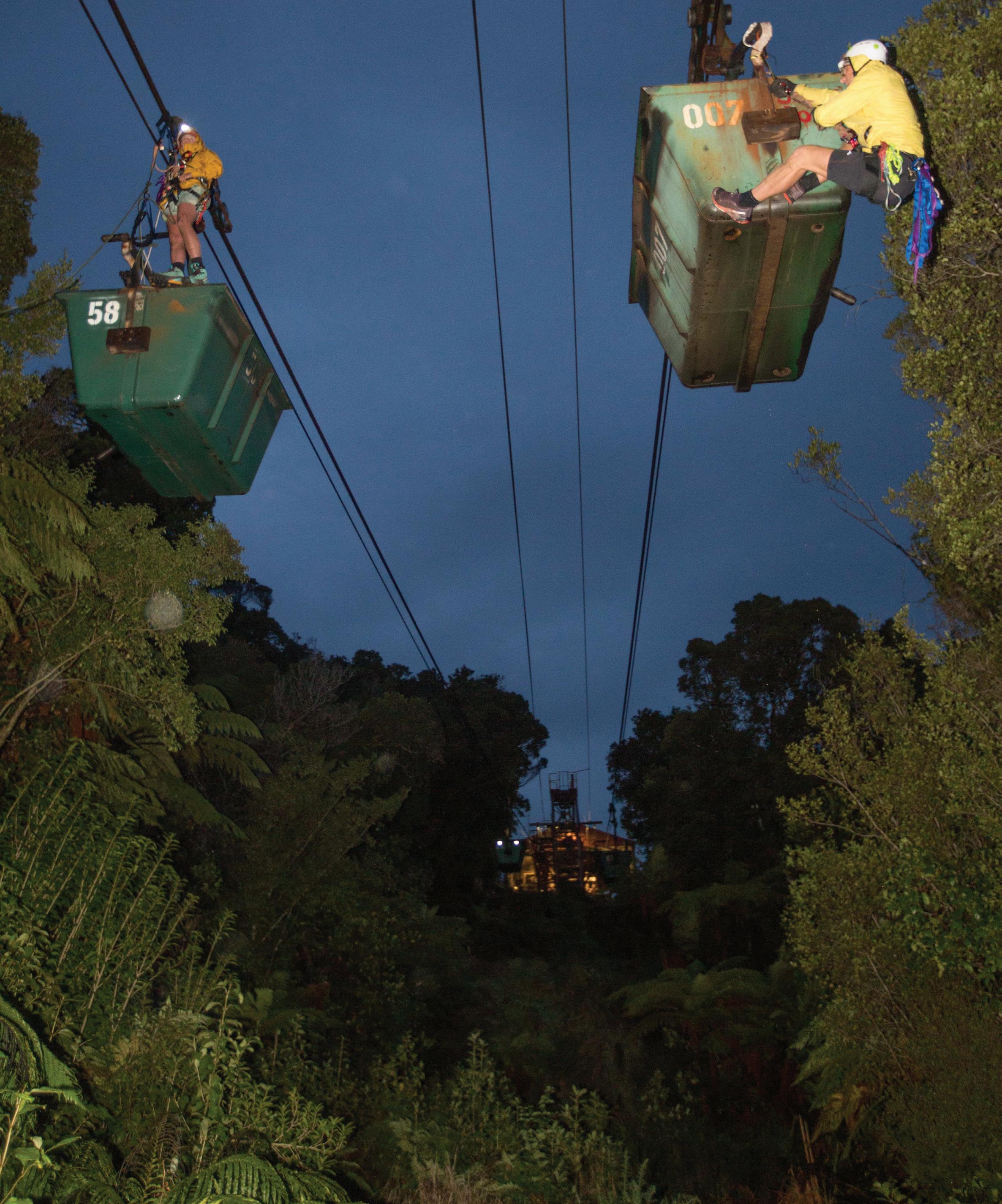
experienced in climbing, calling Bathurst once they were in to say “hey, you might want to stop the car” and having a crew of support people on hand. “There was a lot of communication to make sure that people weren’t going to get hurt by this,” said Annabel.
Shane Jones and the Westport community have not reacted well. Jones posted on Facebook on April 22nd, “I cannot fathom the mentality of these blow-ins from other parts of the country to think that they have a right to speak for the hundreds of people who derive their living from mining.” Jones argued that New Zealand is relying on a stockpile of 1.2 million tonnes of coal to patch the gap of renewable energy and keep the lights on this winter. “Mining brings in millions of dollars in royalties, and in wages and spending on infrastructure, plant and supplies,” he said. The Westport community Facebook page is similarly scathing (shown to Critic by a recent Law grad who grew up there) with one comment reading, “Idealistic university students brainwashed from their tutors”.
“It would be a lie to say we were totally loved over there, but we also did get quite a lot of support,” said Annabel. One family brought them cheesecake cups to say thank you. For the activists, it was important to note that they were aware that coal mining brought jobs to the local community, but argued that it wasn’t sustainable – economically or environmentally. While Jones (backed by Westport’s equivalent of Dunedin News) claimed that the mine has a positive economic impact, the activists countered that taxpayers are “paying so much in the cleanup for these mines”. Newsroom reported in December last year that all of the government’s 2024 coal earnings was spent treating damages at a single mine.
As for Shane Jones’ claim that the purpose of the coal is to keep the lights on in New Zealand winter – something students in Dunedin would be all for – the coal is for export. “It’s a capitalist venture to make money for the corporations and the owners and the [foreign] investors. It’s not making everyday Kiwi lives any better,” Annabel claimed. “They talk a lot about the local jobs that are being provided, but the majority of that profit is obviously going overseas to overseas investors, and even the coal itself is going overseas. So I think it's a really difficult case to make that this would be a net benefit, particularly at the extreme costs that we're seeing.”
The coal expansion has been enabled by the controversial Fast Track Act that has allowed for so-called “zombie projects” to be brought back from the dead. As a crash course, the Act aims to make it easier and quicker to gain approval for projects by bypassing separate application processes – including public consultation – for a 'one-stop-shop' process. “Obviously it’s incredibly undemocratic and I think it’s important to be able to protest because, I mean, there is no other avenue with which to combat something that’s being put through the Fast Track other than this kind of direct action,” said Via. Local MP Rachel Brooking concurred when approached by Critic: “If normal environmental protections are removed by the Fast Track process then the applicant companies will not have a social license and should expect protests, because concerned groups are entirely shut out of the process that would normally protect the environment.” She said many of the projects would “never be consented under the Resource Managment Act”.
Both Annabel and Via emphasised the passion they felt in students’ involvement in this sort of activism. “Students have always been sort of at the heads of so many movements,” said Annabel. “Now should be no different.” She listed climate change, the genocide in Gaza, and the Government’s recent attacks on trans rights as examples of salient issues students should be engaging with. “I think the students should be taking a really active role in this and really funnelling the rage and the anger into productive activism and protesting.” Brooking, again, concurred, “Being a student is a great time to be involved in causes. There is a long and important history of students being at the forefront of positive social change.”
Annabel encouraged students to join either 350Aotearoa or Climate Liberation Aotearoa if “you’re feeling despairing”. “We are doing things. If you have ideas about how we can make things better, then join us and make those changes yourself. Stand up for what you actually believe in. Use your democratic right to protest. Instead of letting these big rich corporations and politicians just make all the decisions for us and just descend us into absolute catastrophe, stand up; fight back.” Annabel’s court date is May 15th in Westport.
It seems the Easter Break was well-needed for the OUSA Exec, who showed up to their first meeting back looking a bit sleepy – except for the golden labrador, Bailey, who enthusiastically chewed his squeaky toy the whole time. President Liam had worked throughout the break, something he admitted may or may not have been a good idea, and had packed out the agenda with four big (perhaps overly ambitious) campaigns that he wanted to run this year. The hour-and-a-half meeting included “robust discussion” (again) with equal moments of tension and celebration (it was Ngātiki’s birthday).
The meatiest portion of the meeting centred around the four campaigns that Liam had laid on the table, seeming intent on honouring his repeated publicly stated intentions for this year to be “one of action”. Cue Critic leaning forward in our corner seat, fingers poised on the keyboard. The campaigns – each with their own snappy title – targeted subwarden welfare (‘Care, Not Exploitation’), housing quality (‘Raise the Standard’), automatic student membership (‘Stronger Together. Automatically.’) and local body elections (‘Student City’).
True to form, Liam and Academic Rep Stella’s voices rang out the loudest in the discussion. Stella warned that despite there being only 15 minutes left in the allotted meeting time (Wednesdays 9am-10am, allegedly) she had a lot of questions to ask. Liam prefaced by saying that he would be happy to amend anything, especially the proposed budgets which he admitted were “quite grand” according to Finance and Strategy Officer Daniel, and were a number that Liam had “pulled out of [his] ass”. There was $4,300 budgeted total for campaigns this year (a combination of $800 from OUSA and $3.5k of Liam’s Uni Council pay) and Liam had given $5,000 to the printing budget in the local body elections campaign alone. It’s no wonder Daniel looked a bit nervous.
Broad concerns raised by the rest of the Exec centred around the ambitiousness of the campaigns. Stella worried that a lot of them relied on engagement from a student body that, in her opinion, had proven itself to be “apathetic and disconnected”. Speaking from her experience with the lecture recordings policy campaign, which has been ongoing since May last year, she said that even just one campaign has required a lot of effort. “If we had an involved student body, I wouldn’t be saying this. But we don’t,” she said. Given last year’s census revealed that under half of students knew who the President was, she may have a point.
The typically quiet Daniel also chipped in. He was worried they were trying to do too much. “Honestly, the Exec already look tired as fuck,” he said. “As passionate as we are [...] I’m worried that we’re going to burn out.” He referred to the presentation from the Uni’s Dean of Learning and Teaching Tim Cooper they’d had earlier in the meeting, who had listed the odds stacked against them: full-time study, being part of multiple committee groups each, working more than they’re paid to, and attempting to balance general life commitments outside of this. “Given all that, it’s hard to get anything done,” Tim had said. “To be effective, you do need to prioritise.”
By Nina Brown Editor // critic@critic.co.nz
The concerns about loading already full plates with these plans – on top of the personal goals that each Exec member had campaigned on – were a tough swallow for Liam, who noted that they could have been raised before he spent the Easter Break planning each campaign. “This is a very ambitious plan,” he admitted. “I think, tentatively, that we can handle it.” He noted that he was keen to front-foot the VSM campaign and “maybe” the housing campaign, intending to delegate the others. Bailey’s dad (AKA Residential Rep Callum) had already had boots on the ground consulting with subbies for the subwarden campaign, one aiming to address “identified inequalities” in the job and that had had 95% interest among subbies he’d spoken to.
The next question from Stella took aim at the local body elections campaign, which included plans to “endorse” candidates. “I am quite against supporting a candidate or group of candidates,” she firmly stated. She reasoned that their role should be to “facilitate an environment where students can be educated”, but not sway opinion. This was especially important given the left-leaning Exec (both Jett and Liam are Labour members) which would alienate students aligned with parties such as National, Act and NZ First, who “do come up with good policies on the odd occasion that are really good for students”. Liam accepted that evaluating candidates based on their alignment with student interest, but not outright endorsing candidates, was something he would be willing to do.
Before the squabbling - sorry, robust discussion - had begun was a rapid-fire round-up from everyone. It revealed that Liam’s ANZAC Day speech may be appearing in the Otago Daily Times. Vice Prez Amy had a meeting with the Proctor (“lovely man”) about a safe streets campaign for walks home that aren’t dodgy. Stella is still chipping away at her lecture recordings policy, which the Deputy Vice-Chancellor and Pro-Vice-Chancellor Advisory Group are set to make a decision about anytime now. Jett has been busy with submissions and got a brief telling off from the rest of the Exec for sending them in for consultation a bit tardy (the most recent being sent to Exec at 8pm the day before it was due).
There was also an update about the Aotearoa Tertiary Students’ Association (ATSA). The latest Critic Te Ārohi reported on ATSA was in a lengthy rabbithole of a feature (Issue 8) detailing the history of its predecessor, New Zealand Union of Students’ Associations (NZUSA), that went to shit (it’s in liquidation now). ATSA is the fresh start, one which Liam has been heavily involved in. He sadly couldn’t make the last meeting because of a lecture, so his sub-in Amy said, “The meeting ended very quickly because you weren’t there.” Liam said things are “starting to get going, which is good.” There’ll be a conference in May where Critic Te Ārohi will be in attendance, popcorn in hand, for all the juicy gossip.
And with that, the meeting was wrapped up at 10:20am and the supermarket mud cake was sliced for Ngātiki’s birthday.

Iconic drink vendor rumoured to be borderline inoperative due to Uni's disposable cup policy
The campus branch of iconic bubble tea vendor ‘Chatime’ is rumoured to have been closed due to the Uni’s disposable cup policy, sparked by a UoO ‘Meaningful Confessions’ Facebook post that alleges the “stupid university sustainability people” won’t allow Chatime to use disposable cups. As a result, Chatime reportedly loses more money by being open on campus. Critic Te Ārohi poked our noses into the seemingly inconsistent university sustainability policy, with other vendors in the Link using GladWrap and plastic trays without raising an eyebrow.
By Hanna Varrs News Editor // news@critic.co.nz
Hako Express uses plastic wrap on their rice balls and plastic containers for their rice trays. The dessert stall opposite Auahi Ora uses plastic for almost all of their packaging. Cafe Albany's iced lattes come in plastic cups. When approached for clarification about the possible inconsistencies in the implementation of sustainability guidelines, the University told Critic Te Ārohi that while they do not have a policy about single-use takeaway food containers, they “strive to be as sustainable as possible as an organisation.”
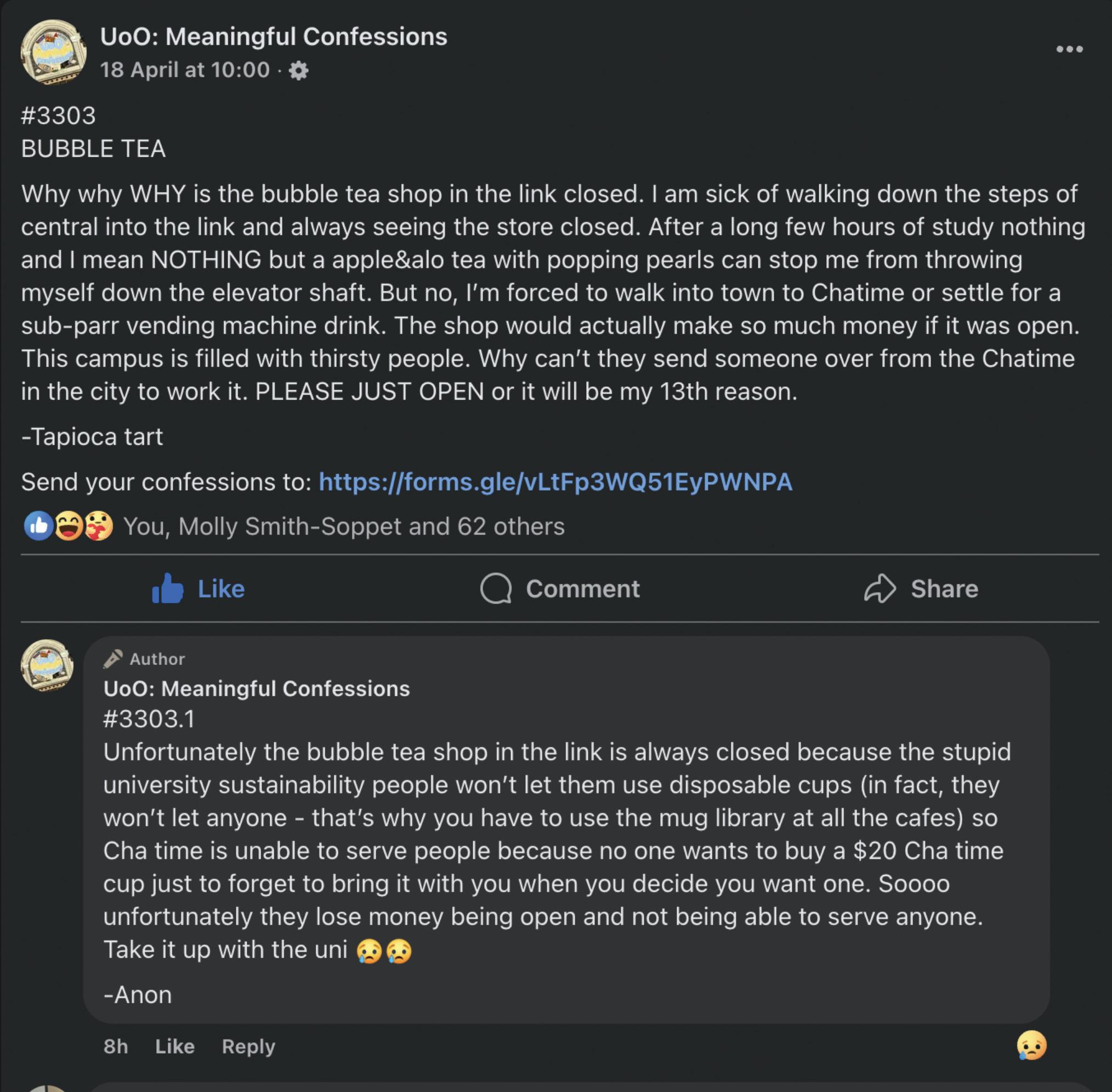
“Cha time [sic] is unable to serve people because no one wants to buy a $20 Cha time [sic] cup just to forget to bring it with you when you decide you want one,” the anonymous confessor wrote. The post was made in the form of an update to an original post titled “BUBBLE TEA” authored by a self-proclaimed Tapioca tart. “I am sick of walking down the steps of central into the link and always seeing the store closed,” the original poster laments. “After a few long hours of study nothing and I mean NOTHING but an apple&alo [sic] with popping pearls can stop me from throwing myself down the elevator shaft.” At least nobody is overreacting.
In search of the (bubble) tea, Critic Te Ārohi approached Chatime regarding the allegations. They sincerely apologised for the repeated closures, admitting that they’d only been open for five days this semester but were “thrilled” to have reopened last week and “reconnect” with their customers. “Due to unforeseen challenges – including equipment malfunctions, staff injuries, and inventory shortages – we’ve regrettably been unable to operate consistently,” they said.
Chatime revealed that they wished “to transparently share the challenge we are facing with the [University’s] no single-use cup rule”. Over the past few years, Chatime has tried partnering with reusable cup programs, promoted "bring your own cup" initiatives, and even collaborated with brands like Swappa Cup. They explained that while they have goals to reduce waste by phasing out single-use cups, “unexpected setbacks (including the sudden closure of our partner company) have left us struggling to maintain these systems without disrupting service.”
Interestingly, other campus food and drink vendors do not seem to be subject to the same sustainability guidelines. Miga
“This is about addressing the most material waste sources,” the University continued. “If we look back at student feedback online and in Critic when this was initiated, student support for it was significant.” Indeed, a student at the time when the disposablecup-free policy was first implemented in 2019 was quoted as saying that the Uni’s move was a reflection of student attitude about the environment, and showed “Otago students caring about something other than burning couches. Take that, ODT.” They explained that their reasoning behind focusing on single-use cups while allowing other single-use products was something that they felt was a “pragmatic and balanced approach”.
When asked how the University would define a “fair balance” between sustainability and supporting local business viability on campus, they responded that they do so by providing “absolute transparency” on their policy. “All businesses are aware of the environment and can plan accordingly.” The University has been in discussions with Chatime since before a lease was signed, and would “prefer to continue to liaise directly with them on this issue.” In other words: mind your own business, Critic.
Whatever the financial situation of Chatime is, students seem thrilled that they’re back. When Critic passed by before they’d opened for the day, students were already queuing outside. Lines are consistently out the door, with one student telling Critic “as someone that enjoys a cheeky passionfruit fruity tea on occasion, I am happy I don’t have to walk for ages to go get one now”. Leah, a Thai milk-tea enjoyer, expressed that she was “happy” Chatime was back, “especially coming into winter where I don’t want to go out in the rain. It’s a nice option to have on campus.” Amen to that.

Fingers crossed they play Fein
Three young Dunedinites are set to grace the stage of Ōtepoti’s Town Hall on May 16th, alongside the local legends that are the Dunedin Youth Orchestra. Aptly taking place during New Zealand’s music month, the night will feature two parts – a programme from the Youth Orchestra, followed by the performances of three finalists from the Dunedin Concerto Competition, accompanied by both the Dunedin Symphony Orchestra and Youth Orchestra.
For those not subjected to music lessons growing up, a concerto is a piece of music performed by a solo instrument (like a violin or piano) which is accompanied by an orchestra. For this gig, Portia Bell, Roy Zhang, and Ozan Biner-McGrath are this year’s Rising Stars finalists.
Portia is a first-year cello performance student at the Uni, who will be performing Dvořák’s Cello Concerto in B minor. Captivating. “It's very rare to have the opportunity at this age to play with an orchestra, especially a symphony orchestra and in a venue like the town hall as well,” Portia told Critic. She was excited for this opportunity and was particularly thrilled to be working with the Dunedin Symphony Orchestra’s conductor, James Judd.
Roy is a second-year Genetics major, playing the piano for the competition. The concerto he is performing will be Ravel’s Piano Concerto in G major. Roy said that he was looking forward to the finals, and that he wasn’t “really nervous just yet”. Knock on wood. “I'm really looking forward to playing with a proper orchestra in the town hall.”
By Gryffin Blockley News Reporter // news@critic.co.nz
speaking to his nerves about the upcoming performance. The whole thing will be “in front of a lot of people” and in a “big, big, big hall” and “big orchestra” as well as an “amazing conductor”. “It’s all a lot of pressure, right?” Gulp.
This comes after years and years of hard work, with all three finalists beginning to learn music before the age of six. Just imagine how much easier our degrees would be if we started studying that early as well. Despite the sheer talent, getting to finals required jumping through some serious hoops. Preliminary and semi-final rounds are required to get to this point, with twenty-five students participating in the preliminary round, before being cut down to six in the semi-finals. That’s selection criteria so tough it could make a Health-Sci student faint.
It’s all for a good cause, though, with $20k in prize money available, causing Critic to think we should pick up an instrument and get to work. Money like that can make a huge difference to the lives of young musicians, where instruments, lessons, and travel for education or competitions can make music an awfully expensive activity (and the post concerto celebrations).
Whether you understand the names of the concertos or not, a night of good tunes is almost guaranteed. This concert continues a bumper year for the DYO, who are fresh off the heels of the sold-out concert with arguably the biggest band on campus, IVY, whose concert inspired the following review from Radio One: “I have heard the gospel and its name is IVY.”

Another pianist, Ozan, is a Year 12 student at nearby Logan Park High School (turns out actual students go there and it’s not just an obstacle on the way to Lakehouse on St Paddy’s). He will be playing the allegro movement of Mozart’s Piano Concerto No. 20 in D minor. “[Finals are] quite a rare experience,” Orzan explained,
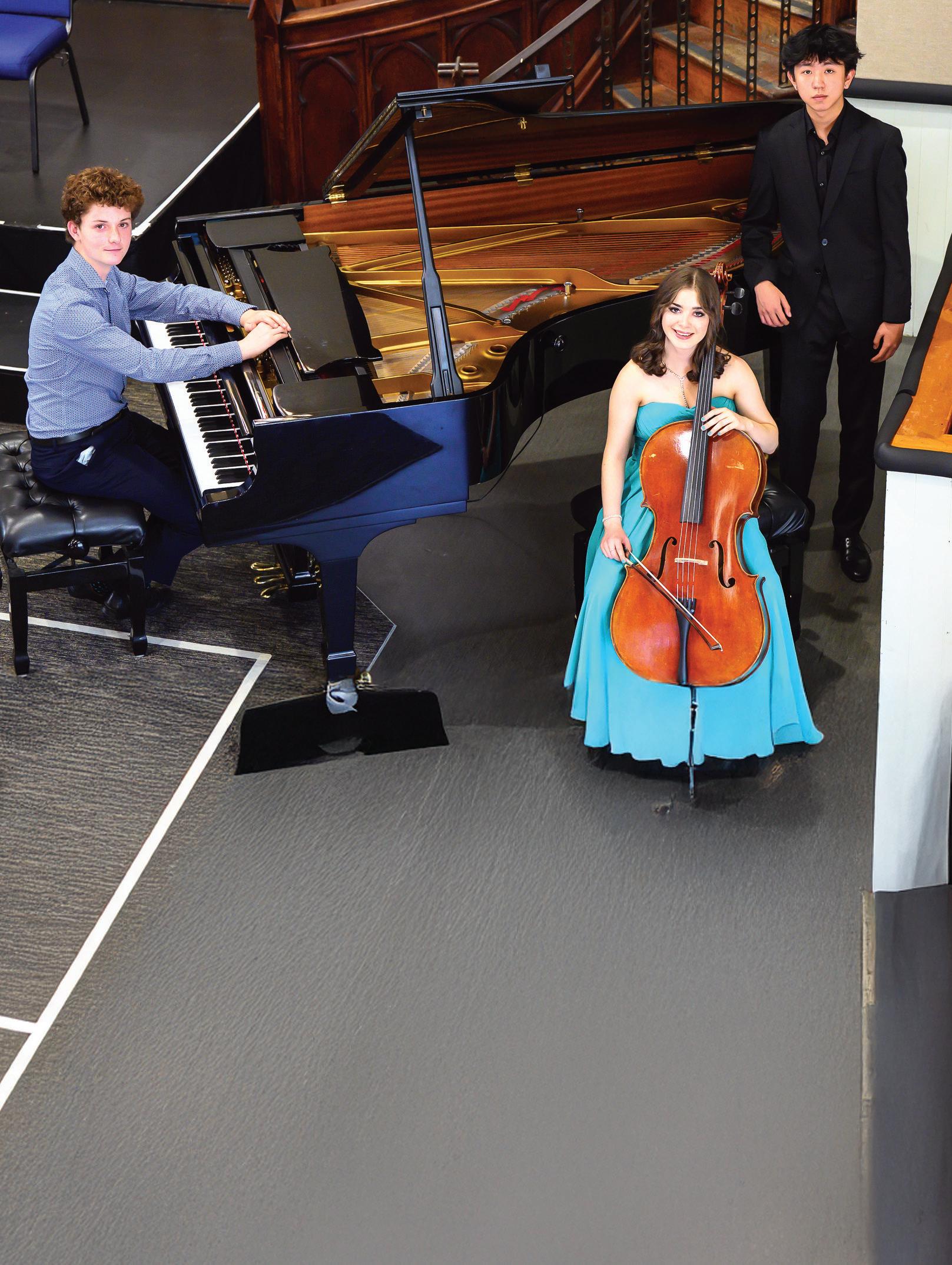
The Rising Stars Finalist’s Concert will take place on Friday May 16th at 7:00pm, at the Dunedin Town Hall. Tickets are available to buy online, with student tickets only being $15. This is an ample opportunity for a cheap evening out with music far better than any of your mates could make on their decks.
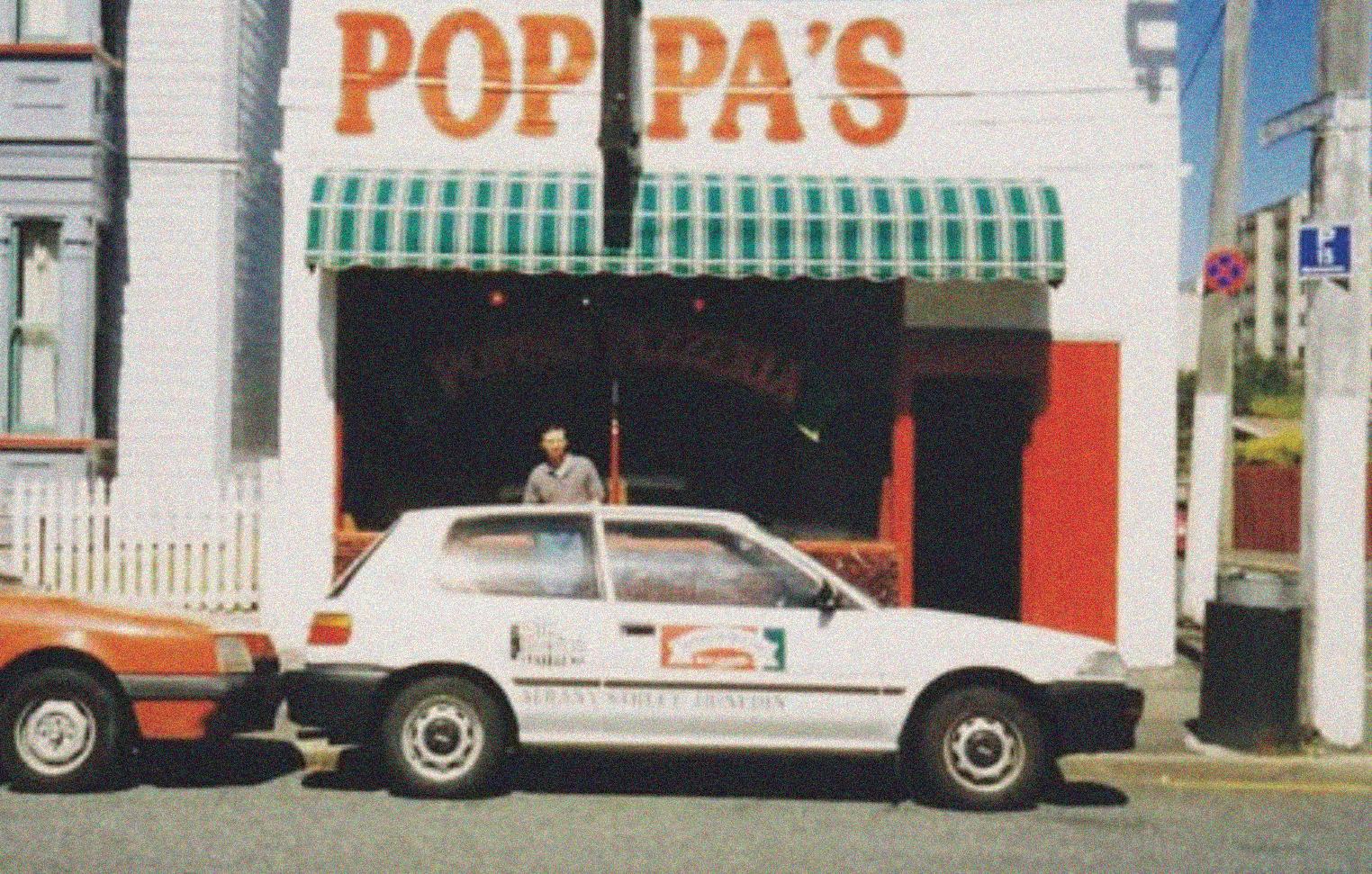
Established in 1975 and born to an ex-Scarfie duo originally from Italy, Poppa’s Pizza is New Zealand’s oldest pizzeria at 50 years old – and for good reason. Critic Te Ārohi sat at the feet of the grandaddy pizzeria for a history lesson.
It was two students who originally started Poppa’s, and they are still the landlords to this day. Current loyal staff member Khush described them as “super passionate about their business, just like [they] were back then” (flat landlords could never). From day dot, their vision was simple: creating a “hub where students can come and eat that's easy, convenient, and close by.” Khush believes sticking to this vision has kept Poppa’s thriving. “It’s cosy, it takes you back, it makes you think of the old times,” she told Critic.
By Stella Weston Staff Writer // news@critic.co.nz
wider Dunedin community, who still relate to Poppa’s today and recall many great memories sitting in their wooden booths. Like pews at the church of stretchy mozzarella and the perfect crust.
DJ, the current owner, emphasised how important students are to Poppa’s continued success. “Students play the greatest role towards our survival. Even just telling friends about us, ordering for their student associations, or leaving a good review — it all helps so much. We literally wouldn’t last long without their support.” He also gave students a shoutout for not trashing the place when stopping in for a bite (it’s the least we could do).
“Come say hi, check out the posters, have a drink, have a pizza.”

Located across the road from Central Library, you’d be hardpressed to find a student without memories of pizza-fuelled exam cramming nights. And nothing says “student hub” like multiple levels of late-night studiers ogling your meal through the opposite glass walls of Central. Or the overtly Scarfie Orientation posters that adorn the walls in the manner of a teenage boy with his vintage Playboys. Good times.
From chatting with students who used to come to Poppa’s thirty or forty years ago, to those who once worked behind the counter, Poppa’s is a clear constant. Khush added that one person even drives from Christchurch every month and always orders two large pizzas to go, always the same order: a Meat Lovers and a Markollo.

Unlike the revolving flavours of Emerson’s beer taps, the recipes at Poppa’s have stuck to tradition, remaining the same since 1975. “We still get customers who were students working at Poppa’s,” Khush recalled. “They come in and say, ‘I know how you make your sauce!’ And yeah – it hasn't changed.” The dough is also made the old-fashioned way: fermented and kneaded by hand, crafted fresh every morning. Khush described making the perfect pizza as “literally an art”. Call us aesthetes.
Khush credits the taste of pizzas as a key reason why students just keep coming back to Poppa’s. “The pizza is just so yummy,” she said with a dreamy look. Indeed, Jack Manning, 2016 OUSA Student President, described Poppa’s in the same way even nine years later: “Yummy”. Eloquent. Henry, a 1984 student, also reminisced that Poppa’s were “legendary in the 80s – a real go-to. Dunedin’s alternative to fish and chips.” As long as there’s been hungry students, good old Poppa has been there to serve. The joint is also a popular lunch spot among University staff and the
Poppa’s renewed their liquor licence just last month and offers BYOs – shocking news for the Maharajas faithful. There’s also apparently beer and wine available, if you’re into that sort of thing. Students are encouraged to call up and book next club outing gatherings or if you’re feeling lazy, we’re told they’ve expanded to online delivery and can personally deliver large orders for parties or gatherings. Students are also encouraged to speak exclusively in Italian mob boss accents upon delivery, for funsies.
After all these years, Poppa’s relationship with the students could rival Speight’s hold on the South. They support a range of student associations, sponsoring quiz nights and offering some darn good deals. “We know students love a good deal,” Khush said with a knowing twinkle in her eye. Poppa’s are celebrating their birthday by offering regular pizzas for $10 or a free drink or garlic bread with any large pizza if you bring along your student ID. Plus, students get 10% off all year. As Khush and DJ put it, “It’s really great that people are still so attached.” Critic will be found dead with a cold, cheap (but yummy) cheese pizza clutched in hand.

Winnie P once again back in the headlines
New Zealand First has submitted a members’ bill to the Parliamentarian biscuit tin that would define the meaning of ‘man’ and ‘woman’ to mean “an adult human biological male” and an “adult human biological female” respectively within the Legislation Act 2019. The bill has proved to be controversial for the Ōtepoti student body, with multiple student-led clubs rallying together in protest of the possible law change.
Urging students to “stand against transphobia” and “fight against the far right”, the protest is a joint effort between the International Socialist Organisation of Aotearoa (ISO Ōtepoti), Dunedin Pride, Pride in Law Otago, UniQ Otago and the Rainbow Otago Medical Students’ Association. The conglomeration of groups will be meeting at the Octagon on May 3rd at 1pm to “[stand] up against the government’s increasing attacks on our trans community”, according to a post made on ISO Ōtepoti’s Instagram account.
Although the event will take place after the print of this issue, Critic Te Ārohi had a yarn with Oscar Bartle, one of the protest organisers from ISO in anticipation of the event. Oscar told Critic that the groups are “expecting to see a solid show of solidarity” with the trans community, and that they wish to send a clear message to New Zealand First and “other forces of bigotry”. That message is that the student community “will not be divided”, and that the trans community “does not stand alone”. “When trans rights are under attack, the wider community will stand up and fight back,” Oscar said. “They can respect existence or can expect resistance”.
One of the other groups involved, UniQ, also offered their perspective on the bill when approached by Critic. “This bill is taking away the spotlight from more important and real issues like housing, school lunches, public funding, growing economic instability, etc. It's just a show to get votes, distract others, and incite right-wing solidarity through the sacrifice of gender diverse people, so ultimately only causing more harm.”
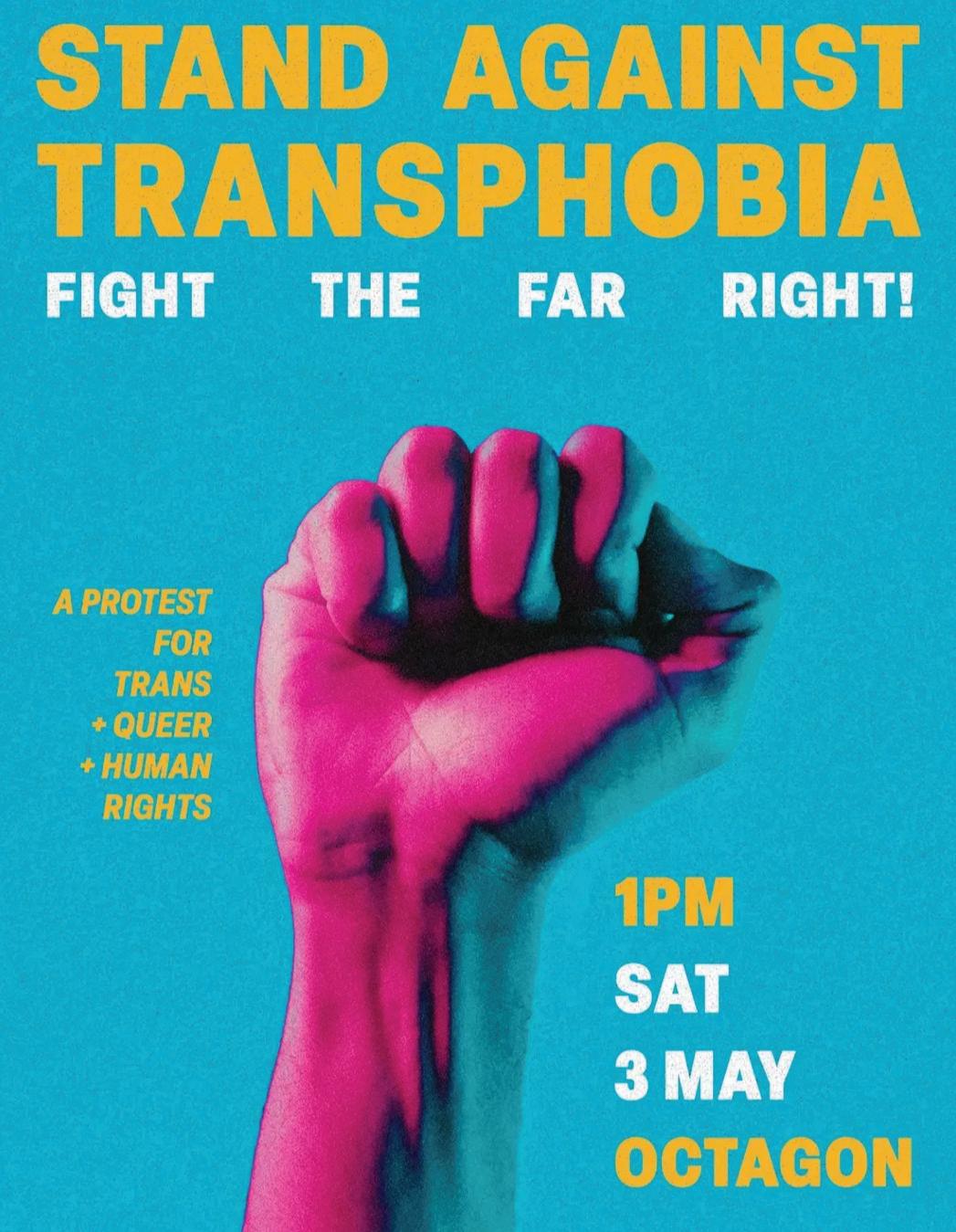
By Gryffin Blockley News Reporter // news@critic.co.nz
“Language is visibility,” UniQ continued. “If we are to legally define terms like man and woman by certain biological features, what does that mean for trans people? Intersex people? Even cis people? If a woman is someone with a uterus, what about those who don't have one? Why should the government have the power to decide who I am and categorise me? It's about as ridiculous as mandating a certain music taste or fashion sense.” They went on to say that the bill prescribed only a certain standard of women and men exist in the law. “What is that standard? Well, that's up to Winston, innit.”
The members’ bill is in quick succession to a Supreme Court decision in the United Kingdom, where the terms “woman” and “sex” were held to carry the meaning of “biological women” and “biological sex” under their Equality Act. The decision has proven divisive, sparking similar protests across the United Kingdom.
If the proposed bill is drawn from the ballot box, potential implications for gender diverse students at Otago and those across the nation are unclear. In a statement to Critic, a spokesperson for the University said, “Fostering an inclusive and respectful environment is a fundamental part of who we are.” They assured students that “at this stage, the Bill has not advanced [from the ballot] and faces significant procedural and political hurdles”. Regardless of the bill’s outcome, the University reiterated that it remains committed to “being a safe and supportive place for all members of our community, regardless of their gender identity, sexual orientation, or ethnicity.”
In order for the bill to progress further, it needs to be drawn from the ballot of members’ bills in Parliament – and there's usually around 50 in there at any given time. May the odds not be in New Zealand First’s favour, say local protestors. Until then, those in opposition down in Otago will continue to make their dismay at the bill clear.

University denies this suggestion, points to “operational change”
The removal of portraits depicting former Obstetrics (the medical speciality of childbirth and postpartum), Gynaecology and Women’s Health Heads of Departments from the Med School has caused rumours to circulate. A little birdy told Critic Te Ārohi that some students had found them “intimidating”. Do the eyes follow students as they walk? Critic investigates.
When approached by Critic (wearing a tin hat and towing a vacuum cleaner labelled ‘Ghost Buster’), the University said that the removal was not due to any student consultation, but rather “an operational change for the [Med] school.” The portraits were reportedly removed to make the rooms “more fitting to provide excellent learning environments” and the reformed rooms were to be more suitable for teaching. This is probably Uni lingo for “students are too scared to study in those rooms”. Probably.
Due to the University's failure to survey the fear of Med School students, Critic decided to take matters into their own hands –taking a trip to the Hocken Library, where the portraits now reside and politely asking the archivists to drag out the cursed portraits so we could see what we were working with, hands to hips and sporting our best investigative fedora.
Will, a first-year Health Science student, said that the portraits weren’t intimidating at all when Critic presented him with
By Adam Stitely News Reporter // news@critic.co.nz
pictures of the portraits for reference. Will reckoned that they “reminded him of his grandad”, and as someone who doesn’t daydream enough when they’re learning about boring stuff like medicine, he said that he “probably wouldn’t notice them at all.”
Another student, Mase, admitted that “anyone that’s in a suit and in a black and white photograph, I’m automatically scared of”. He also went on to say that while he's not so sure that the portrait would affect his learning, he “wouldn’t want them as a camp counsellor”.
Critic, inspired by a recent bout of recommended chemtrail posts on Facebook, asked Mase if he thought portraits were going missing across campus more frequently (maybe they gained sentience). “Yes, but only temporarily, as they’re replacing them with ones that have cameras in the eyes.” Critic then sought clarification from Mase (who clearly knew his shit) about whether the removal of portraits had anything to do with the University’s logo change. He confirmed that it “definitely did” and then refused to elaborate further.
Critic Te Ārohi was too scared to reach out to any of the former Heads of Department for comment. We also didn’t reach out to any current Heads of Department either, for fear of retaliatory portrait removal. That’d suck.


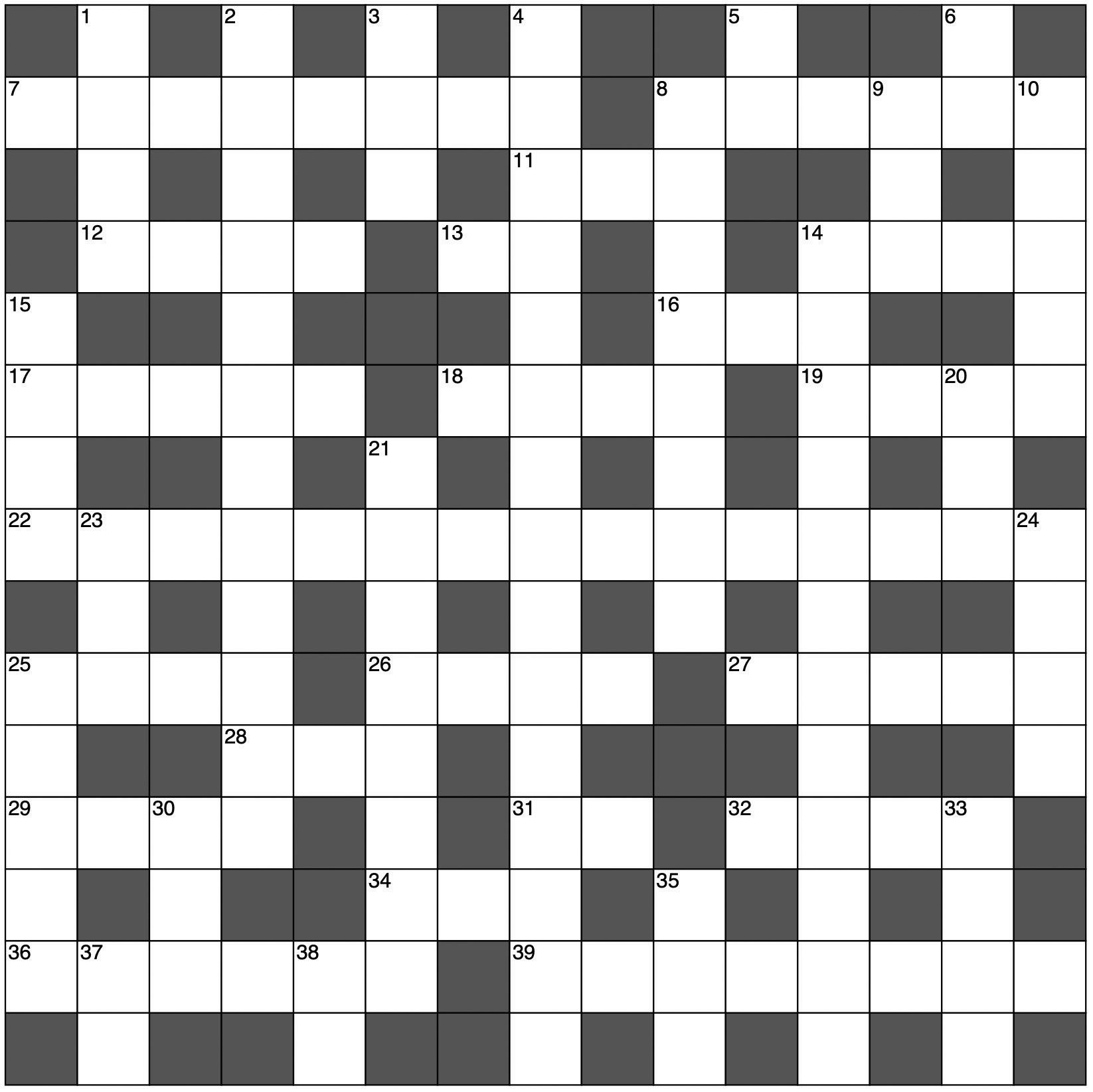


There are 10 differences between the two images
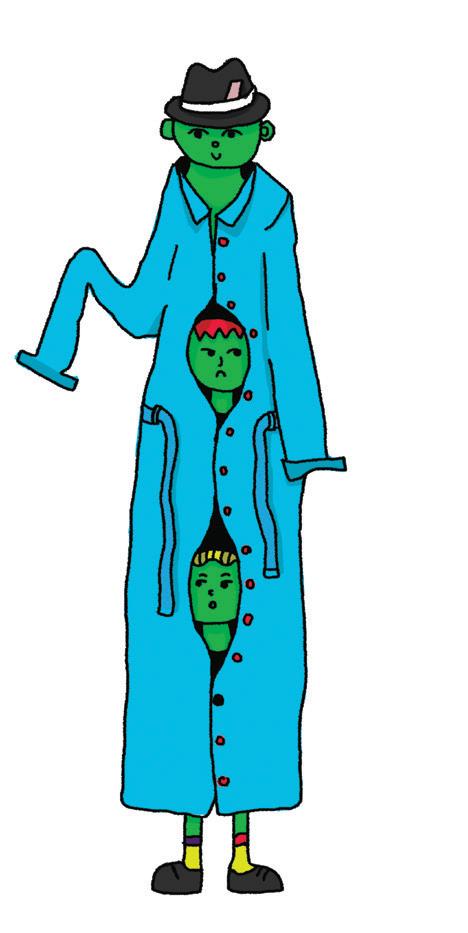
COAL
ENCAMPMENT
ASTRONAUT
MONA LISA
LINGUINE
TRANSPHOBE
BUBBLE
RITALIN
ZOMBIE
WEETBIX
PING PONG
REFRESHING
SHAKSHUKA
PUKUNUI
WIZARD
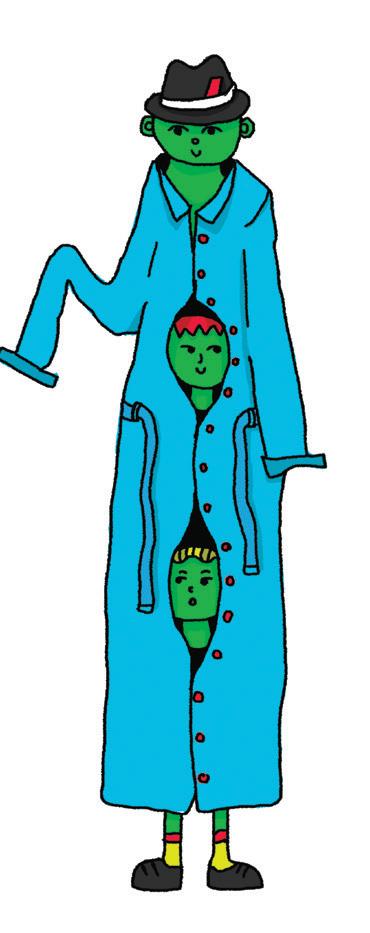
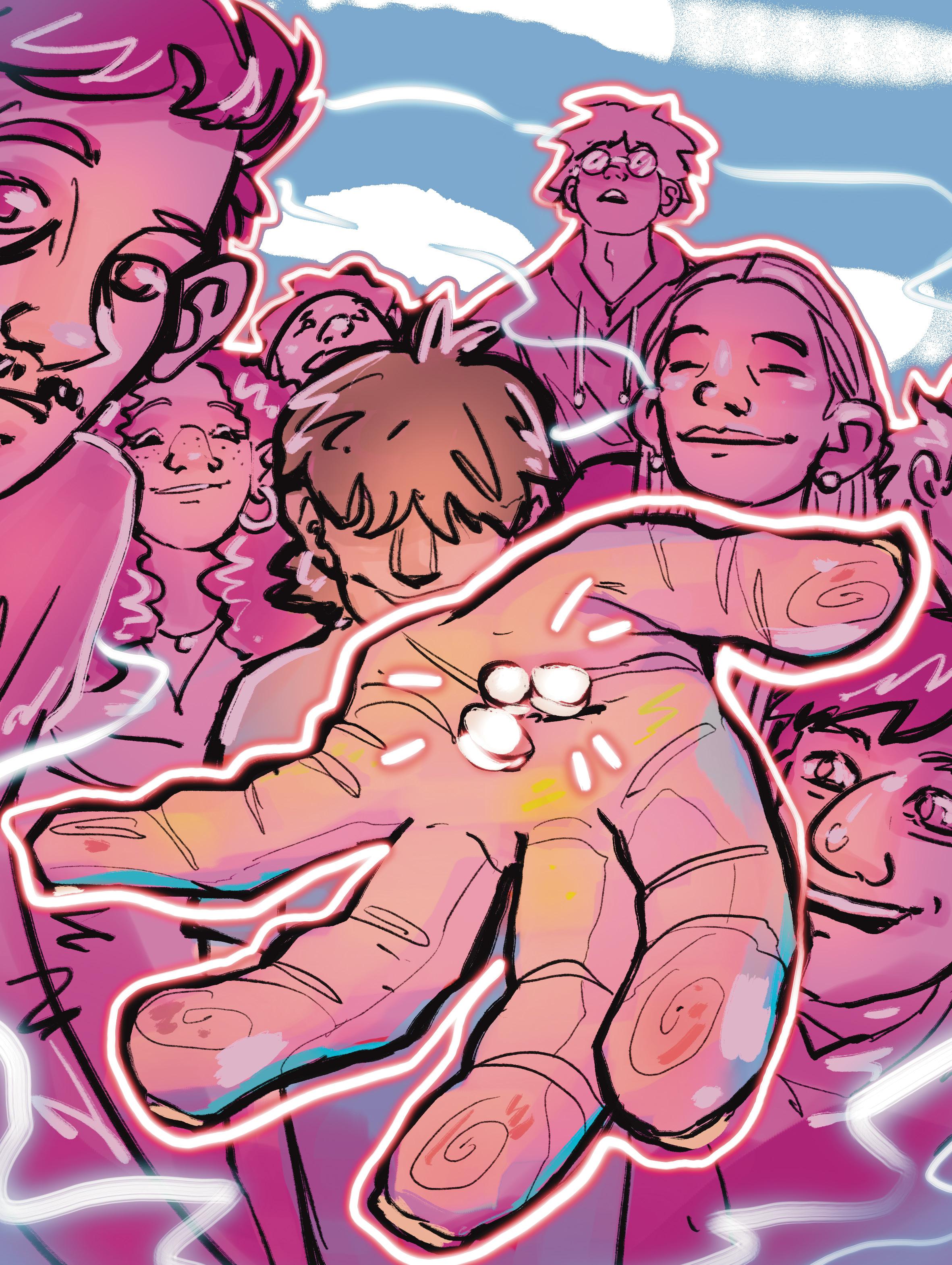
North Dunedin is a place like no other. 20,000 students, textbooks in tow, eyes bleary from hours spent poring over readings and lecture recordings – and a bustling black market for Ritalin to fuel it all. From the artificial glow of Central Library during exam season, to the drunken depths of Castle at 3am, Ritalin – a Class B drug legally prescribed for Attention Deficit Hyperactivity Disorder (ADHD) – is sought after far and wide. A common side effect: students diagnosed with ADHD find themselves under pressure to market their medication. Critic Te Ārohi caught up with Remy, Amber, Lisa and Allison*, who have all experienced this and handled it differently – some openly selling Ritalin, others squirrelling it in their closets like the box of Iced Animals you suspect your flatmate of pilfering.
Now in her second year of study at the University of Otago, Remy* was diagnosed with ADHD in Year 12 and has been relying on Ritalin ever since. She explained the disorder to me as I perched on her surprisingly comfortable flat couch. “There are two sides of your brain, right?” I nodded (I’m a psych student). “For most people, they’re working together.” She moved her hands together up and down like a wave. “And for people with ADHD, they’re both working, but not together.” Her hands fell out of time, undulating separately. “But if they take meds, the sides work together.” In Aotearoa, ADHD is primarily treated with methylphenidate-based medications such as Ritalin.
In big words, ADHD is a neurodevelopmental disorder – a group of conditions that affect brain development, usually starting in childhood and lasting throughout a person’s life. ADHD, in particular, affects the part of the brain that deals with planning, impulse control, considering consequences, and completing tasks. All pretty important stuff that comes into play pretty often, and helps us with questions like: how could I best get up to that stranger’s flat’s roof? Do I really need to sit on this stranger's flat’s roof? Could I eat shit falling off this stranger’s flat’s roof? Am I actually going to climb up there, or stand here and look at it until Campus Watch asks if I need help getting home?
Remy compared being unmedicated to swimming underwater – a kind of blurry, detached state. “I’ll be thinking a thought and then realise it's been five minutes and nothing will have gone into my brain. I can’t land on the word I’ll be looking for, I can’t motivate myself to start studying, I can’t keep up, I can’t understand concepts.”
Ritalin pulls Remy back to the surface, bringing her “up to base level” while calming her hyperactivity. To study, she occasionally combines caffeine, nicotine and Ritalin, calling it
“a nuclear way to do it” (disclaimer: she does not recommend it). “I can imagine that if someone without ADHD just took Ritalin, they’d feel like me on all three: through the roof,” she said. “From base level, it gets you wired, so in unmedicated people you just get this big spike of energy and then a come down. That's why people do it for nights out: the spike.”
Indeed, Ritalin is the budget-friendly drug of choice for those looking to mute the gnawing anxiety of assignments. For less than the price of a strawberry matcha, students can snag a pill that keeps them awake longer and helps them get drunk faster. Some have gone so far as to call it the dollar-store MDMA – for those whose course-related costs have been drained by the latest baggie split for Hyde Street.
Remy admitted to occasionally giving it to her friends for a night out, though it’s never turned into a side-hustle for her. “I just want them to have a good time, because I’m having a good time. I never really made a business out of it. I usually trade mine for a drink, or I’m just being nice as a friend. I don’t really feel the need to sell.”
Remy’s flatmate sat at their kitchen table as we talked. When we reached the topic of recreational Ritz, she added her two cents: “If I’m going to do drugs, I’m going to do DRUGS, y’know?” To her, Ritalin is a ‘baby drug’: “It’s like smoking cab instead of weed – no, it’s like drinking fucking sherry or something.” In a moment of flatmate telepathy, she locked eyes with Remy, and they both yelled, “IT’S LIKE DRINKING FOR THE TASTE, NOT TO GET DRUNK. WHO THE FUCK DOES THAT?”
While no one in their right mind drinks for the taste (or can’t afford to, anyway) “everybody wants Ritalin.” Describing BCom boys as “sluts” for it, Remy gave Critic Te Ārohi her best impression: “They’ll be like, ‘it helps you get on the piss bro, it keeps you up all night, it's just like MD but cheaper. Please, bro please,” she mimed a panting dog, “give it to me.” Remy admitted that she’d resorted to hiding her supply in halls last year, and thought it was “a bit sad that everyone relies on it here”.
On the other hand, many students turn to Ritalin for something closer to its intended purpose: locking in. The widespread issue of, often overwhelming, academic pressure and stress helps explain why Ritalin is in such high demand.
Competitive entry programmes are a clear example of the pressure students are under. Over 1000 students take HSFY each year, with less than 300 places in Medicine. Similarly, last year over 700 students did first-year Law, competing for just 250 places. A 2024 Youthline survey found that 55% of New Zealanders aged 15-24 considered stress to be the biggest issue they faced, with the main cause being school or university, exams, and studying.
“It definitely got massive at the end of last year in exam season,” Remy said about Ritalin. “You could hear it being talked about all the time.” Packets were spotted strewn about her hall as evidence of students’ silver study bullets. After a moment's thought, Remy added, “I guess some people just want more energy; you can get so drained in uni as a student.” Amber, another second-year student diagnosed with ADHD more recently and struggling with finding the right medication, told me that she could also empathise, saying many students take Ritalin to “cope” with the pressure as well as a form of escapism. “Lots of people do it to get away, to have a night off,” she said.
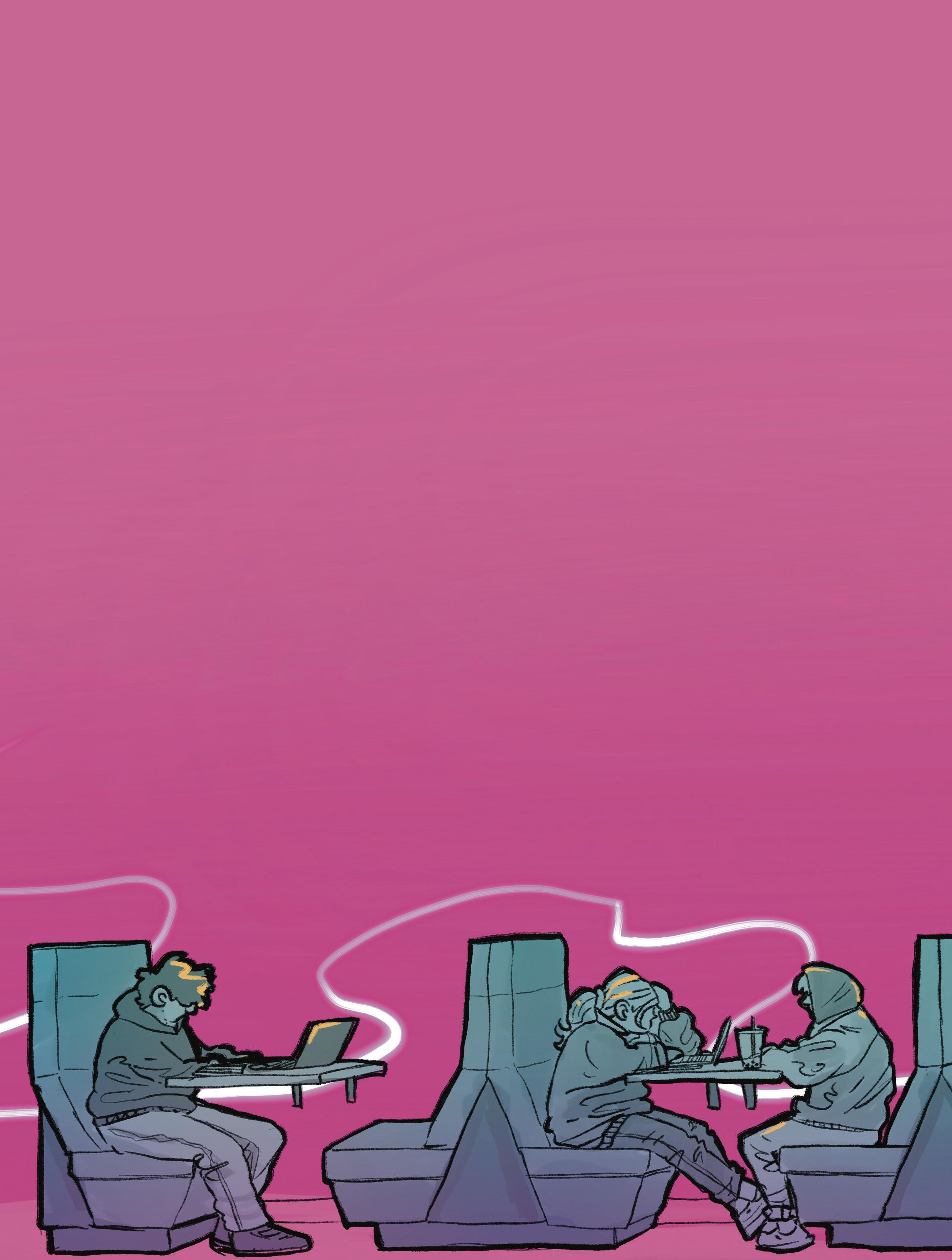
But while neurotypical students may think that Ritalin and other ADHD medication helps them focus, a 2023 study from the University of Cambridge has shown that these drugs can actually have the opposite effect. Taking methylphenidatebased drugs such as Ritalin for simple tasks meant that while motivation did increase, it also made people erratic and careless. This meant that not only did their accuracy and efficiency decrease, the time and effort that the tasks took increased. Instead, people taking the placebo in the studies actually did exhibit an increase in performance.
Remy’s flatmate had pitched the placebo theory from her kitchen perch. “It's like a kind of a placebo I think sometimes. Like, ‘Oh I’ve just taken this thing, I'm going to work so hard now’ and so they do.” Call to mind that one Harry Potter scene: Harry tricks Ron into thinking he’s slipped him a lucky potion before quidditch trials, revealing after Ron’s spectacular performance that it was a trick of the mind. Placebo – it’s about believing it works.
No medication comes without a long list of potential side effects, and Ritalin is no different. These can include long-term effects on the chemistry of your brain, increased levels of anxiety, personality changes, increased risks of heart problems, and just generally feeling like shit. For those without ADHD, however, their likelihood increases – especially when mixed with alcohol. Which is a lot of the time.
A third-year student, Lisa*, refuses to sell her Ritalin, and has thought a lot about the ethics behind it. She believes that selling Ritalin can absolutely put people in danger and, on a deeper level, people selling their medication can actually invalidate people with ADHD. “People will take it and think, ‘Oh, this just helps you focus for a few hours, therefore the people getting ADHD diagnoses are just doing it to have access to this, or to have access to it as an extra source of income.’”
Worried about the casual way ADHD medication is misused by students, Lisa believes selling can undermine those with the condition, especially because for every student she’s met who has ADHD “Ritalin doesn't just help with studying, it’s so much more than that, it helps with every aspect of life. Even for the ones who do sacrifice their treatment and sell their drugs.”
It seems everyone spoken to had something to gain from Ritalin. While Remy said she could see the appeal for the masses – “people love magic things, I get the appeal; there's no pamphlet or support service that can just give you six hours of
focused study” – she had concerns about those who need the medication finding it difficult to get their hands on it. “There are people without prescriptions that want to use it every single day, and just can’t get it.”
The treatment gap in NZ for ADHD is huge. An estimated 2.6% of the adult population have the neurodevelopmental disorder, but only 0.6% are receiving treatment – leaving more than 100,000 Kiwis without the medication they need.
A lot of people also give up on the exhausting path to diagnosis because of just how long the process takes. In Amber’s words, it’s a “fucking long journey.” For her, it was years and years of being bounced from one health professional to another. First doctor’s appointments, then a private psychologist who referred her to a private psychiatrist after another year or two. The psychiatrist diagnosed Amber in one session, leading her to conclude, “In the public system you just won’t get through.”
Amber’s story rang true for Lisa, who had a similar experience.
“You pretty much have to go the private route, unless you want to wait like four years to get a diagnosis,” she agreed. Allison, another third-year, moved to New Zealand from overseas and had to get reassessed. This took two years, and she said if she hadn’t gone private she would still be on a waitlist. She added, “If you have ADHD people will not listen to you, especially if you’re a woman. Bitches just be crazy, apparently.”
For those looking to dip their toes into the underground market of Ritalin – whether for a one-off party or as a combatant to phone distractions in exam time – all eyes turn to those with prescriptions. But there’s a mixture of opinions among those with the goods on whether or not to reap the rewards.
“I’m so grateful I got that diagnosis and I got that opportunity because lots of people can’t,” said Remy. “Why would I sell mine when people are trying so hard to get access to them, when I’ve been lucky enough?” Lisa doesn’t sell at all, partially for this reason. She believes that people selling their ADHD medication absolutely makes it harder for other people to get prescriptions since doctors don’t want to diagnose people who they think are just gonna give their medication away.
Allison disagreed. “If you're using it to study then you obviously need it. It's like if you take Ibuprofen and your pain goes away, then you know that you have pain. If you take Ritalin and your brain noise goes away, then you know that you have brain noise.” In this context, the illegal sale of Ritalin is a way to bridge
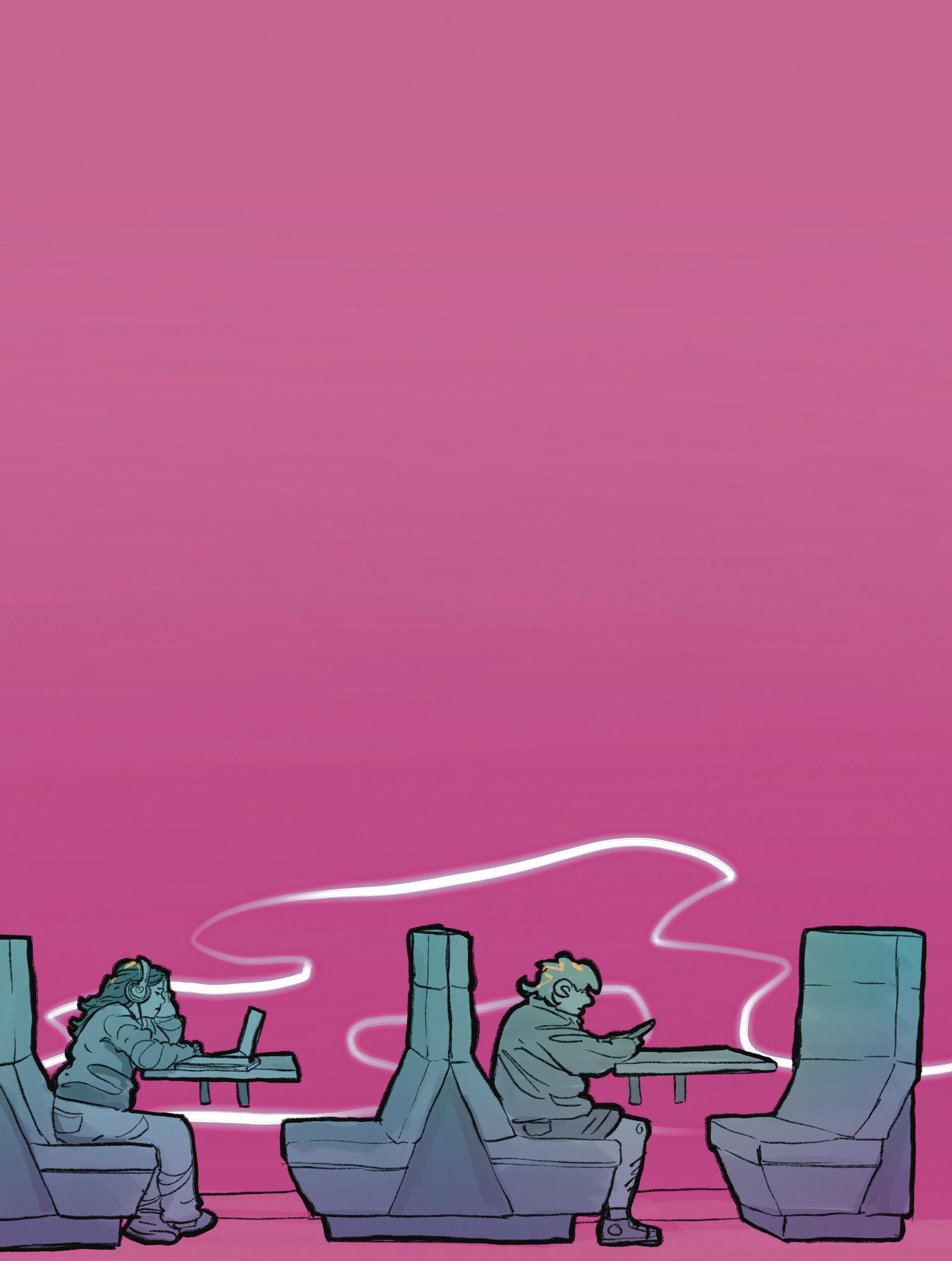
the gap, allowing undiagnosed and unmedicated students to function at the level they would if the healthcare system actually met their needs.
Not only is the process of getting diagnosed with ADHD long and challenging, it’s also incredibly expensive. Amber’s appointments altogether cost over $4000 and the diagnostic session over $1000. Remy agreed that this was pretty much the norm – “$800 for two sessions is pretty standard,” adding that “that's just two one hour appointments.” Even for Allison, who had already been diagnosed and was just getting reassessed, it still cost a “good couple thousand dollars.” On top of that, Allison also had to fill the first dose out of pocket, to prove that it worked. “If I wasn't privileged enough there would be no way that I would have Ritalin and then I would have to get it illegally.”
Now, Allison sells her leftovers “every now and then” since it costs “an arm and a fucking leg” to get diagnosed. “I might as well make some bank back." While most people, like Remy and Allison, are only giving away the occasional pill for a drink or so their friend has a good night, some people are selling their whole supply. Someone once came into Remy’s room asking for one, triggering her to ask: “What? You literally have ADHD.” The Ritz-seeker replied: “Nah, please. I sold them all.” Remy knows people who have made good money, but then get poor exam marks. “It's definitely a tradeoff.”
Amber also would typically sell her whole supply, although she would also just give them away as freebies half the time. “I didn’t charge a rate, I didn’t give a fuck about the money,” she said. Instead, Ritalin, and other variations of methylphenidate, didn’t work at all for her. She figured that other people can use them: “They aren’t doing anything for me.”
Issues with methylphenidate-based medication are common in New Zealand, with many facing challenges in accessing consistent and effective ADHD treatment.
Methylphenidate-based medications include Ritalin and Rubifen, both available in immediate release, and long-acting forms, and Concerta which is only available as long release medication. Dexamfetamine-based medications are the only other stimulant option available in NZ and until recently were only available in short-acting form.
Pharmac has now decided to also fund lisdexamfetamine (branded Vyvanse). This decision not only expands treatment
options for people like Amber, it also eases the pressure on the supply of methylphenidate ADHD medication in New Zealand – of which there is currently a shortage.
Amber is hopeful that more treatment options will make a difference: “I’m giving myself two years to sort out the medication, and then I’ll try again at med.” She believes strongly that there is something deeply wrong with the current system in New Zealand. “If universities had systems that could diagnose, it would be so beneficial and decrease the amount of people doing what I did and giving it out when they shouldn’t be. I just wanted to help people in need,” she said.
It would seem the huge demand for Ritalin is more than just classic Dunners students looking for anything they can snort on a night out, or searching for study hacks after skipping all their lectures and running out of Monster energy drinks in the library vending machines. Instead, it reflects a system of wider issues – from the overwhelming academic pressure put upon students, to the level of underdiagnosis in the New Zealand system. In a country where getting assessed for ADHD can cost thousands of dollars and take months, it’s hardly surprising that students have lost faith in the healthcare system and instead turned to each other.
Until universities and healthcare systems in New Zealand address these root causes – by providing improved academic support, and making diagnosis and treatment for ADHD more accessible – students will continue to seek their own solutions.
*Names changed.
Far from home and all he’s ever known, Mikaere Porē-Tipene faces the unrelenting demands of medical school while striving to honour his whakapapa. Balancing academic pressure with the expectations of his iwi, Mikaere must decide what success truly means – and who he’s doing it for.
Mikaere grew up in Feilding, a small North Island town where everyone knows everyone and leaving your front door unlocked is still (mostly) fine. Despite the warmth of a tightknit community, he often found himself longing for something more. After a gap year spent training and performing with Manawatū’s Te Tū Mataora kapa haka, he knew his journey wasn’t going to be straightforward. Initially unsure whether medicine was really “for him”, Mikaere’s path became clearer when he stepped onto Otago University’s campus for its open day in 2018. "Taking time off allowed me to explore my options a bit more," Mikaere says. "When I came here, it just felt right –like this was where I was meant to be." And so, he followed his gut and enrolled in Otago’s Foundation Studies programme – a decision that laid the groundwork for everything that followed. Now in his third year of medical school, this move marked the beginning of a journey defined by resilience, but not without its challenges. Mikaere shared that the initial year was rich with lessons, opportunities, and confronting truths. “It didn’t occur to me that I didn’t even know how to study properly,” he says. “But I tried a few things out: learned through trial and error, found my team, and then my grades went up. I knew then that I was doing something right.”
Dubbed by his peers as a ‘haka prodigy’, Mikaere had a later start in both te ao haka and the world of sciences. “I definitely didn’t come from an academic background, and I didn’t get into [kapa] haka until high school,” he recalls. “My mum basically forced me to go to my first practice.” But what began as grudging participation has since evolved into leadership. From his early days with Te Piringa to his role at the University of Otago, Mikaere is popularly known as ‘Uncle Mik’, a tuakana figure and a pillar of constant support and guidance for his peers.
The transformation didn’t happen overnight; Mikaere describes his move from Palmerston North to Dunedin as a turning point. “You get to meet other Māori from all over the motu, and their performing styles eventually rub off on you […] I’ve grown into my own and also gotten to know more about my feminine side, too,” he says. For Mikaere, this step in his journey has not only shaped his identity but also enriched his connection to his cultural roots, despite being so far from home.
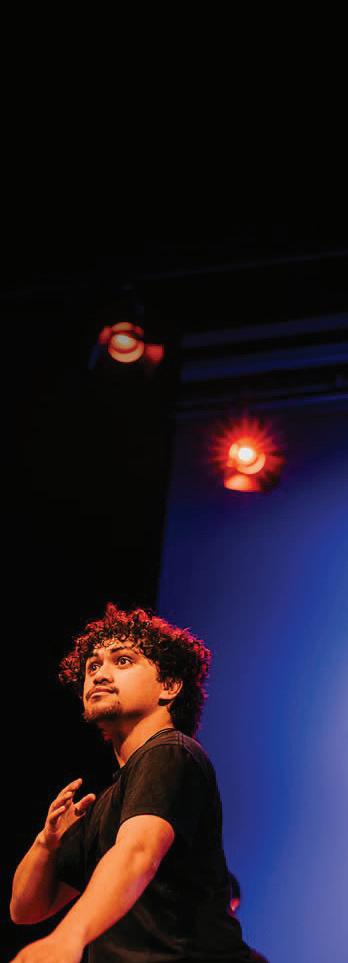
Nā Heeni Koero Te Rerenoa Ngāti Hine, Te Rarawa, Te Waiariki
Mikaere Porē-Tipene
Ngāti Kahungunu ki Heretaunga, Ngāi Tai ki Tōrere, Ngāti Porou, Ngāi Tūhoe
Te Arawa: Ngāti Pikiao, Ngāti Whakaue, Ngāti Rangiwewehi, Tūhourangi Ngāti Wāhiao, Ngāti Kearoa, Ngāti Tuarā
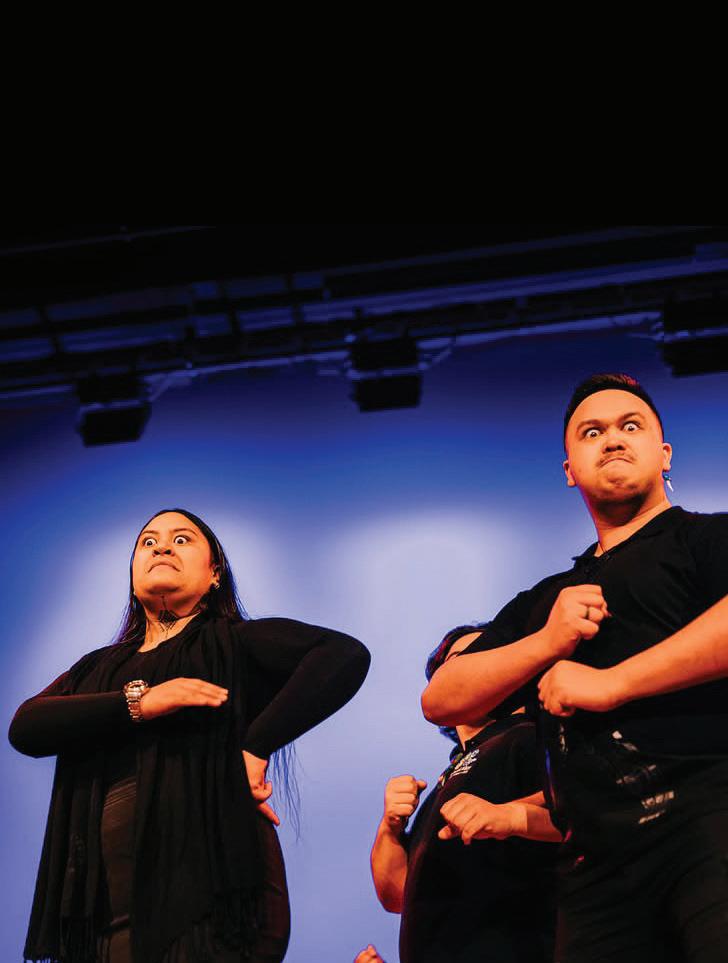
The demands of medical school and other commitments can be overwhelming, yet Mikaere’s passion for both fuels his resilience. But pursuing a career in the health sector doesn’t mean hanging up the piupiu to wear the stethoscope. While a busy future is certainly on the cards, Mikaere believes he doesn’t have to choose between his passions. Instead, he embraces both, showing that it’s possible to honour his culture while pursuing a demanding career. “I’ve seen people do it before,” he explains. “[Kapa] haka[s] is what keeps them grounded in a system that works against us.”
Looking ahead, Mikaere plans to finish his Postgraduate Years (PGYs) and dedicate time to strengthening his reo Māori at Te Wānanga o Aotearoa – a goal that has been difficult to prioritise amidst the all-consuming nature of study. He hopes to spend a few years specialising in Australia, torn between the technical precision of surgery and the broader impact offered by public health. He jokes about becoming the next Dr Ashley Bloomfield, but his vision is ultimately grounded in his whenua: to build his own medical practice on his papakāinga at Rotoiti, and serving his hapū, Ngāti Rongomai. “Hopefully, I can achieve that later in life,” he says. His vision speaks directly to the systemic barriers that still exist today and the urgent need for transformation, one that centres rongoā Māori, whānau, wairua, and well-being rather than just clinical outcomes.
The current National government, armed with a barrage of harmful policies, is on a destructive path, systematically targeting Māori and Pasifika communities. From scrapping the Māori Health Authority, repealing smokefree legislation, to now placing the Māori and Pacific Admission Scheme (MAPAS) under review, every move strips power away from Māori and erodes the foundations needed for equitable health outcomes. These decisions don’t just stall progress made towards improving health equity – they actively reinforce systemic racism. “That's like a step backwards,” Mikaere says. “Smoking is the main cause of most comorbidities, alongside alcohol. [It’s] been there to help people through generational trauma, and those companies are making money off [of] it. So scrapping it was just an embarrassment not only here, but also to the world, because the world looked up to us.”
And while the centre-right coalition government claims to champion equal rights for all New Zealanders, the reality tells a different story. The rhetoric of equality collapses when policies systematically dismantle the very structures designed to uplift Māori and Pasifika communities. Instead of nurturing an environment where these groups can thrive, the government appears more focused on pushing political agendas that ignore the historical and cultural contexts of health inequities. “It's clear that this [is a] very anti-Māori government, even if they’re saying they're not,” Mikaere asserts, highlighting the urgent need for policies that genuinely support Māori health and wellbeing.
For people like Mikaere, it’s personal. After losing a close relative to cancer at the age of 24, the brutal reality of structural bias came into sharp focus. “It’s clear that it’s systemic. They said he wasn’t worth it […] from a doctor's point of view, [he’s] not worth the investment. But that's when you start learning about how the health system works. It’s not designed for us.”
In rooms where the tired mantra of "race doesn’t matter" gets tossed around like a shield, the realities of systemic racism in healthcare speak louder. “We're looking at prevention and intervention, and that's what our current health system doesn't do,” Mikaere shares. The root cause? Colonialism. “The effects of colonisation caused [these] health disparities, and continue to cause negative outcomes today.” Meanwhile, political parties like ACT dress up systemically racist policy changes as “race-neutral,” a move so ironic it’s almost the opposite of acting. In fact, it’s doing nothing at all.
Mixing politics with people’s lives, Mikaere warns, is not just reckless – it’s deadly. “Helping those [who] need help should be the primary goal.” But too often, political gamesmanship wins out.
The National government’s relentless use of benign slogans like “fairness” to distract the public and pit people against one another is more than just troubling – it’s a calculated erasure. Beneath the coded language about “equal rights” and “infrastructure strain” lies a familiar pattern: undermining Māori rights under the guise of equality, and suggesting that Māori enjoy unfair privileges. Mikaere puts it plainly: Te Aka Whai Ora was never about giving Māori special treatment; it was about removing entrenched disadvantages and creating meaningful, overdue change. But how can you erase a century’s worth of damage in just a year?
“The problem is that not many Māori people go and see doctors because of the systemic racism.” Mikaere points out that it’s not just about needing more culturally competent clinicians – it’s about Māori being able to see their own in the health system, people they can trust.
Mikaere shares that it opens the door for Māori to "care for their own." He’s clear about the bigger picture too: “It's for creating a workforce that reflects society, because currently we don't, and we can see how it's creating inequitable health disparities in the health system.” Culturally competent care starts with the basics: pronouncing a patient’s name correctly, recognising the vital role of whānau in decision-making, and respecting cultural practices, like never leaving a tūpāpaku (deceased person) alone and allowing whānau the space to grieve according to tikanga. True care means building systems that honour identity and uphold dignity, especially in life’s most vulnerable moments.
This need for culturally competent care extends into the education system, too. Pathways like MAPAS aren’t just about getting more Māori and Pasifika through the door, but ensuring that patients can one day sit across from someone who understands them. "I don’t know why they’re reviewing it – they see it as racist, but it’s for everyone. What works for Māori, works for everyone,” he says. The evidence backs him up: kaupapa Māori practices, culturally aligned health models, and diverse workforces aren’t just good for Māori – they lift outcomes across the board.
Rongoā Māori (traditional healing practices) is one example of just that. A kaupapa close to Mikaere’s heart, the practice has undergone a remarkable revival in recent years, particularly through the Accident Compensation Corporation (ACC).
Since June 2020, client numbers have surged to nearly 9,000. And yet, even with this momentum, the obstacles are real: Māori are 35% less likely to file an ACC claim and often face systemic hurdles when they try, as Eldon Paea, ACC’s head of Māori health partnerships, points out. Of those who embrace rongoā Māori, 59% are Māori, but its holistic approach –addressing physical, mental, whānau, and wairua (spiritual) health – has drawn increasing numbers of non-Māori too. By January 2024, claims for rongoā Māori had nearly doubled, a clear signal that Māori ways of healing have long offered what Western medicine still struggles to provide: care that treats the whole being, not just the symptoms.
Building a medical workforce that reflects the people it serves shouldn’t be a radical idea. It’s common sense. Right now, we don’t have that, and we are living with the consequences.
In this ongoing 'med school showdown,' the numbers tell a brutal story. As of 2023, Māori doctors represent only 4.7% of New Zealand’s medical workforce, according to a University of Auckland study. Even more damning, the same research indicates that Māori patients are 43% more likely than their non-Māori counterparts to be hospitalised due to healthcare complications. These overwhelming disparities don’t just hint at a problem – they scream the urgent need for systemic change in our healthcare system.
But these figures reflect something deeper: a system that not only fails to represent a growing Māori population but actively worsens the inequities it was supposed to heal. As the current coalition government continues to fan the flames of divisive rhetoric, the impact on Māori health outcomes becomes even more pronounced. The stats reveal a pattern not of progress, but of systemic discrimination and neglect, giving rise to the necessity for pathways like MAPAS that aim to create a more equitable healthcare workforce. Without these targeted pathways, the health gap for Māori and Pasifika will only continue to widen, locking inequality even deeper into the foundations of the system.
Addressing these brutal disparities is not just about tweaking policies; it demands reform – investing in culturally competent care, and building health initiatives that are actually accessible, not just in name. Otherwise, the cycle of disadvantage will tighten its grip, shutting more whānau out of accessing quality healthcare, among other things.
“When you look at it, most of our whānau aren’t [of] high socioeconomic status. Not everyone has transport – [so] how can they afford to get into these areas?” Mikaere points out. The barriers aren’t just bureaucratic; they’re baked into daily life. “Some of our own doctors tend to perpetuate those stereotypes in clinics, which makes whānau feel a bit whakamā [shy, ashamed]. And I think this is why Māori are reluctant to seek help, because why would they seek help from somewhere they are not going to be treated fairly? They've not seen a familiar face that they connect to.”
The gruelling reality of healthcare access endures: a system so invasive, so alienating, that it leaves many Māori feeling isolated, and untrusting of the very thing that is supposed to care for them. General health practices aren’t just daunting — they’re a hostile experience for those forced to navigate spaces stripped of cultural awareness and basic respect. Mikaere knows this truth firsthand. “A biomedical lens only focuses on treating that person, an individual. When the individual basis has changed, that model cannot reflect on everyone – we're looking at the wider picture,” he explains. Without cultural understanding, the system builds walls instead of bridges.
Culture, however, offers what medicine alone cannot. Beyond rongoā Māori, kapa haka also stands as a living form of rehabilitation and healing; a lifeline for many, including those the system tried to erase. Culture isn't just complementary to healing – it is the healing. What’s clear is this: true well-being will never be achieved through clinical solutions alone. The revival of rongoā Māori, the transformative power of kapa
haka – these are not "alternative therapies" to be tacked onto a Western framework. They must stand at the centre of any healthcare system that claims to serve all New Zealanders. Cultural identity and health are inextricably linked, and the future of healthcare in Aotearoa depends on whether we’re willing to acknowledge that truth.
For Mikaere, whānau remains his compass. Though the journey can be “challenging at times”, he always comes back to his purpose: “How am I going to give back to them? They gave me the privilege to study medicine. That keeps me up.”
If we are serious about health equity, we must invest not just in systems, but in the next generation of healers like Mikaere – those who know that the fight for well-being starts with restoring mana, identity, and trust. Those who will lead our communities into a future where our people are no longer unseen, no longer unheard, and no longer unwell by design.
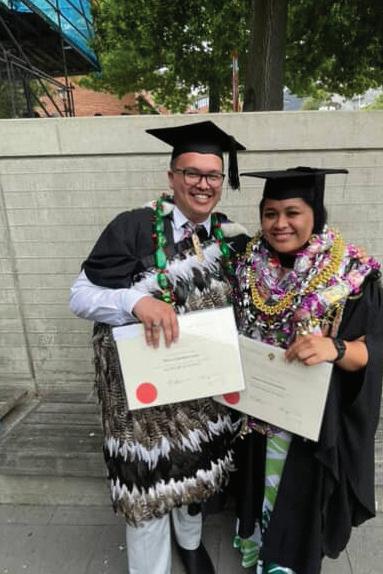
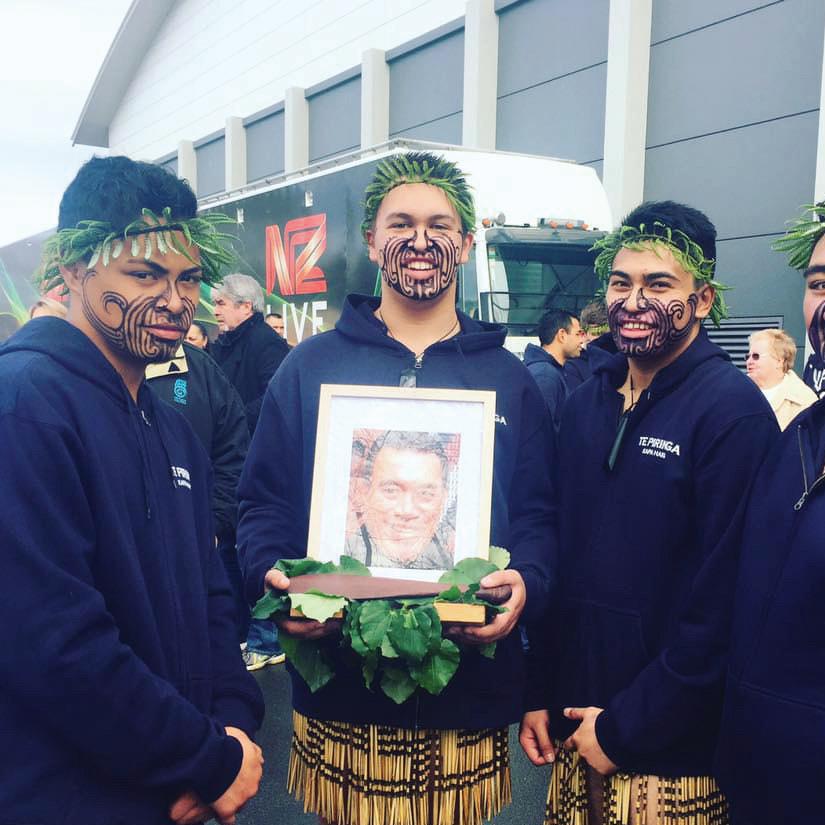
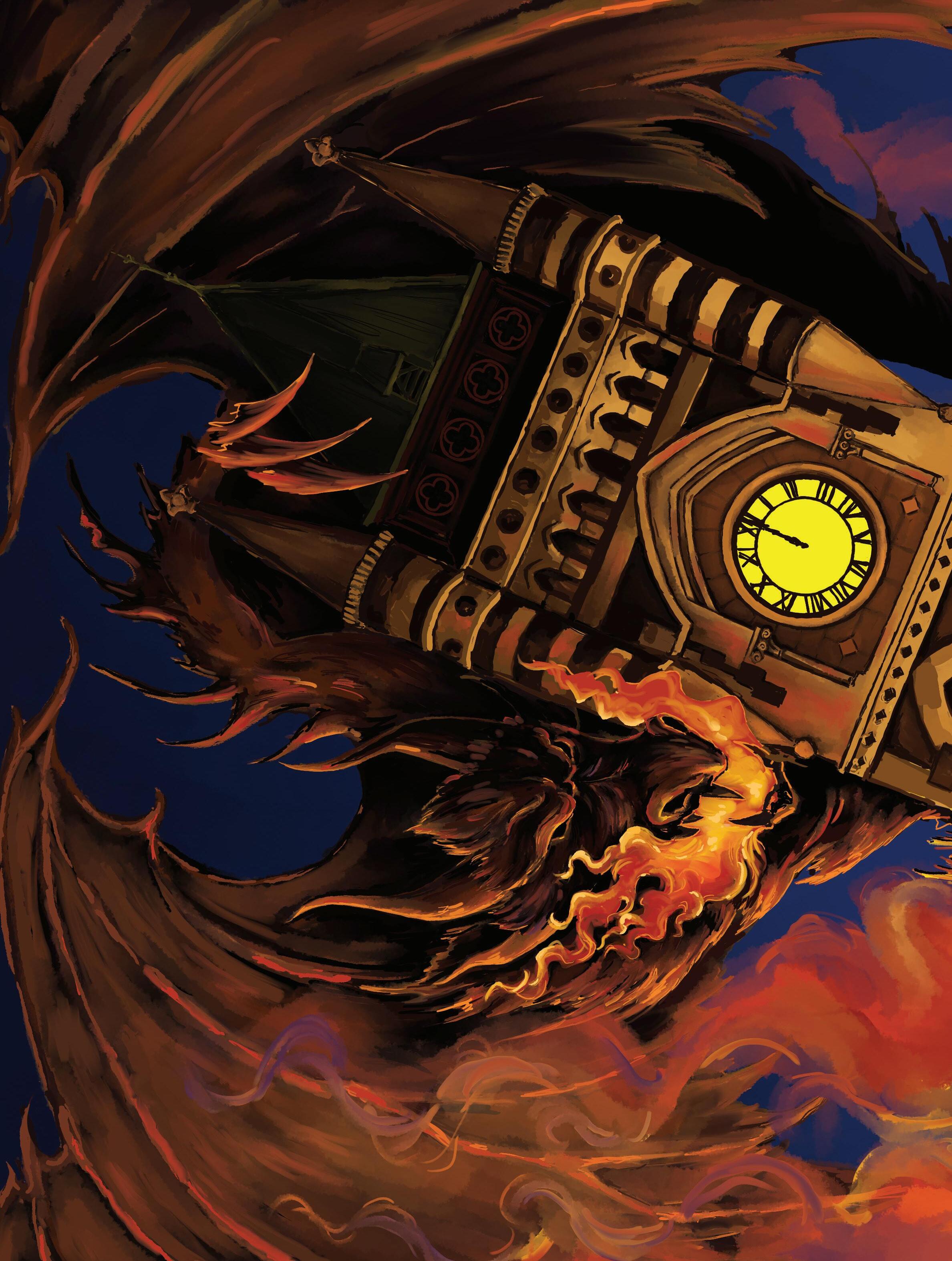
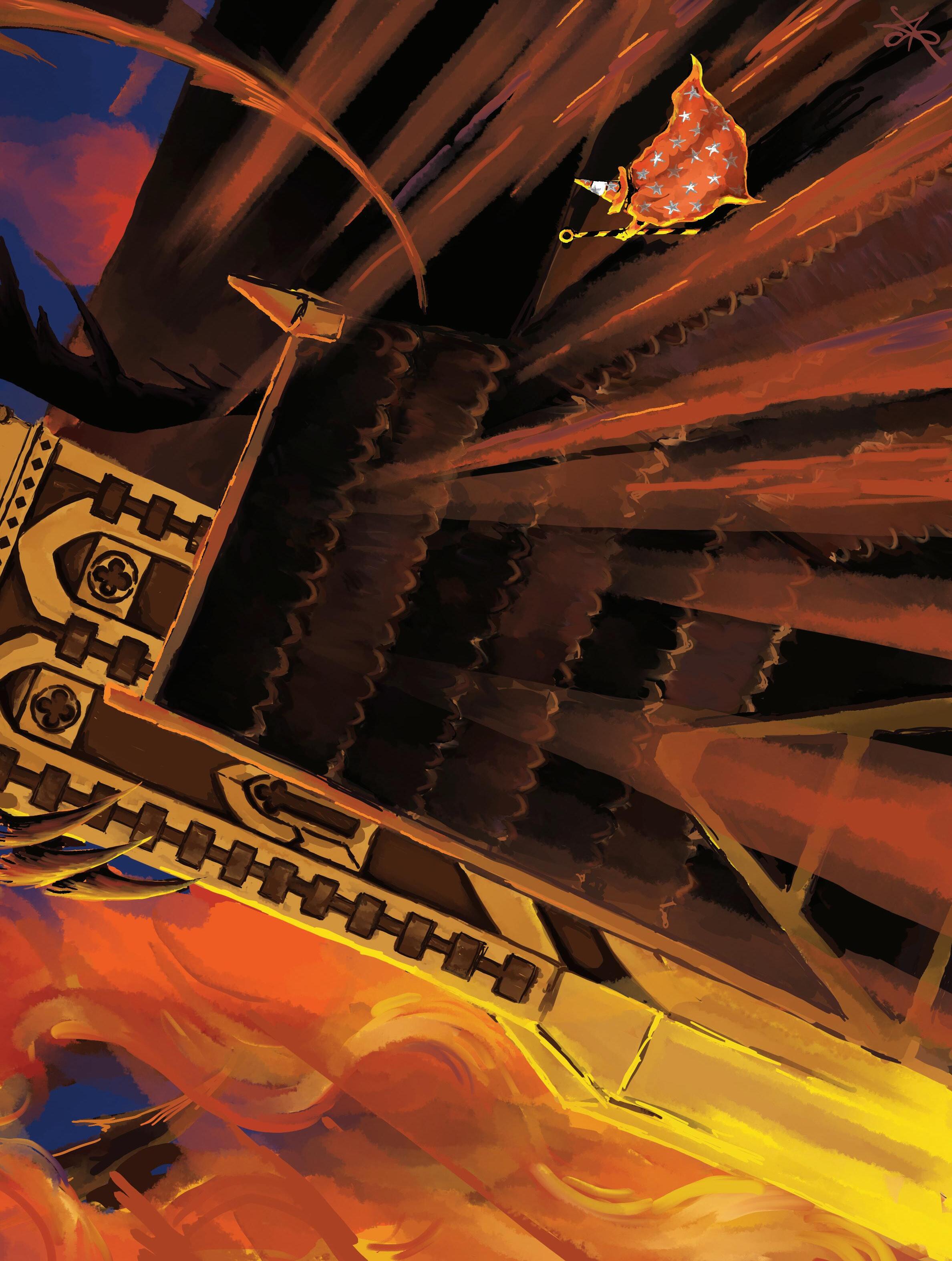

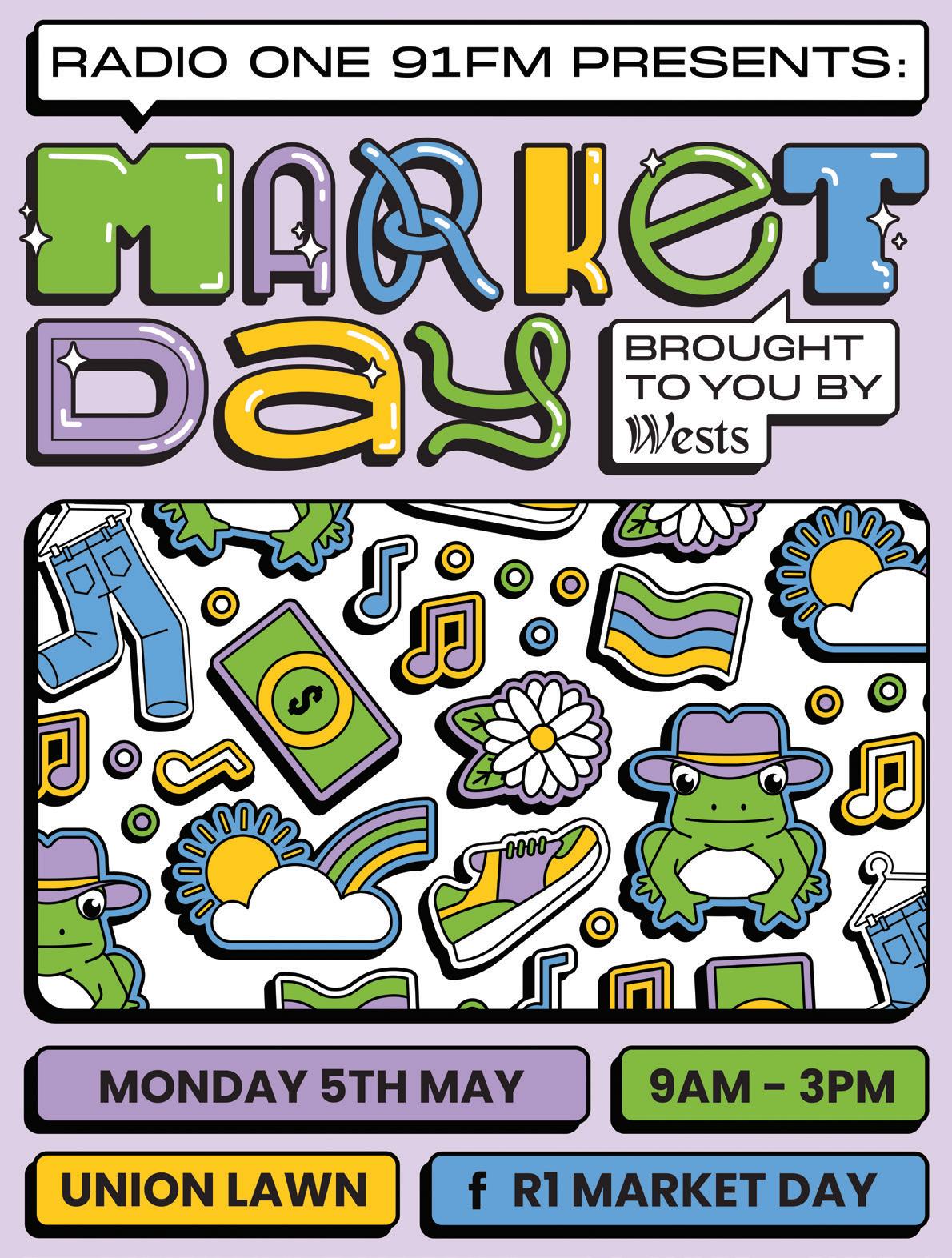


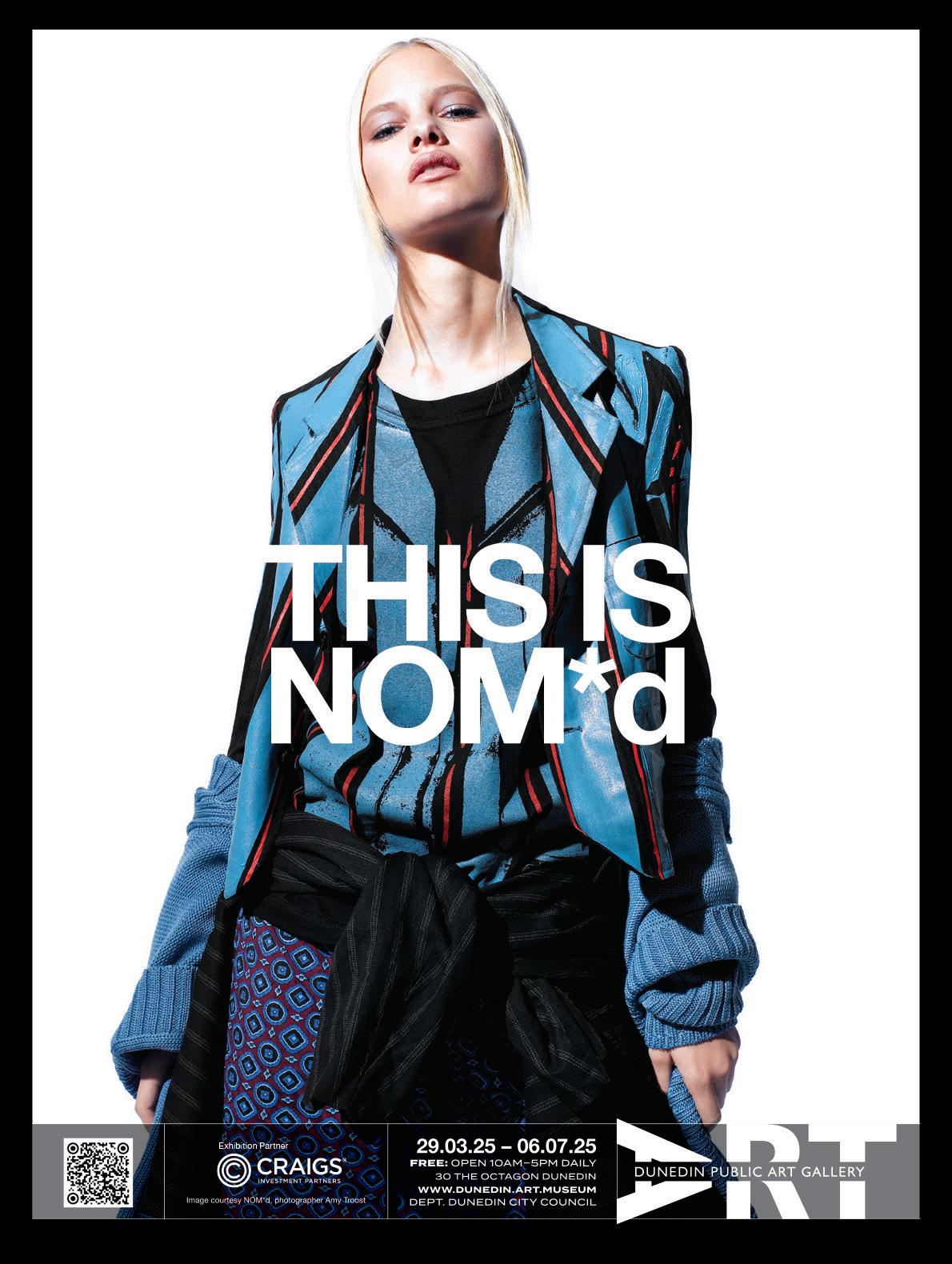


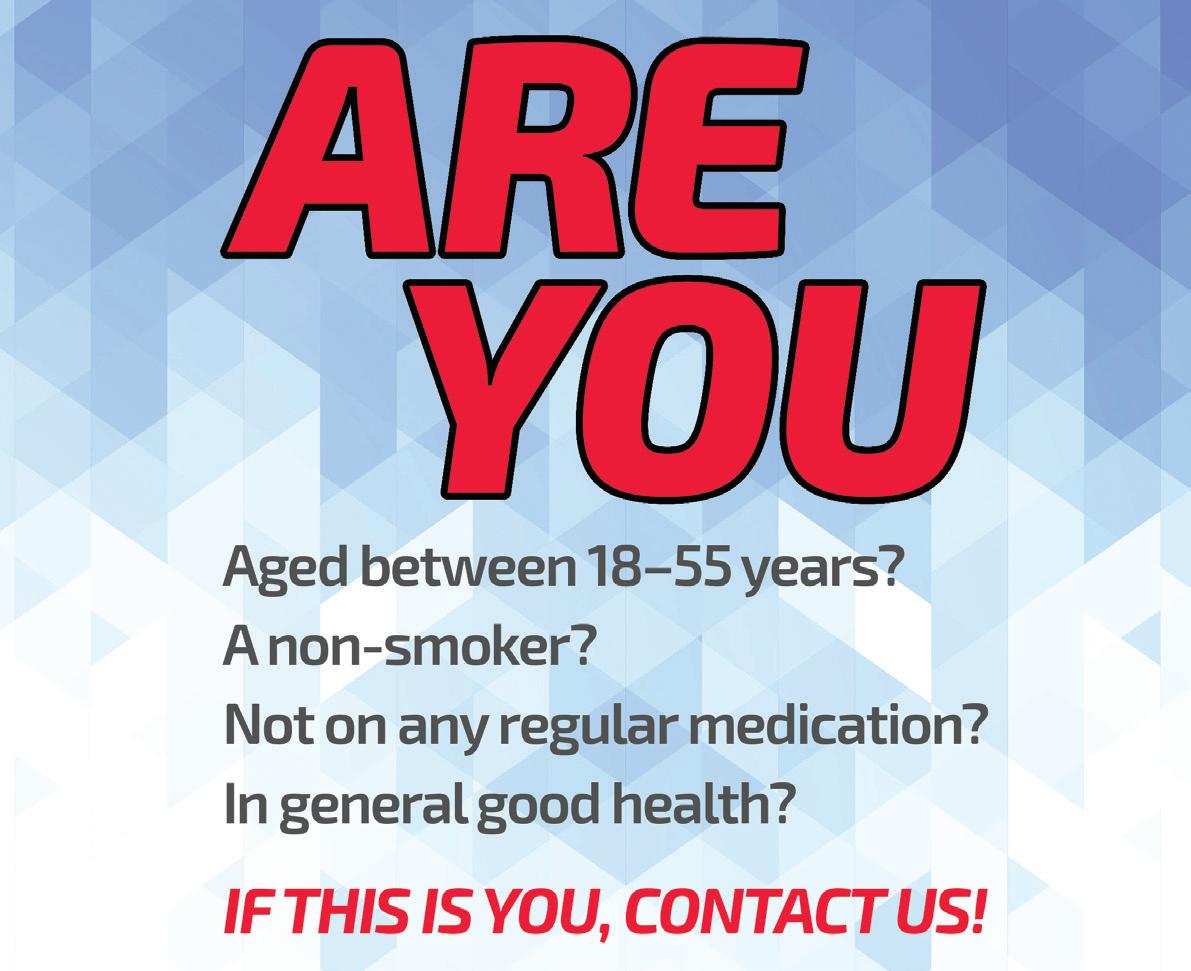
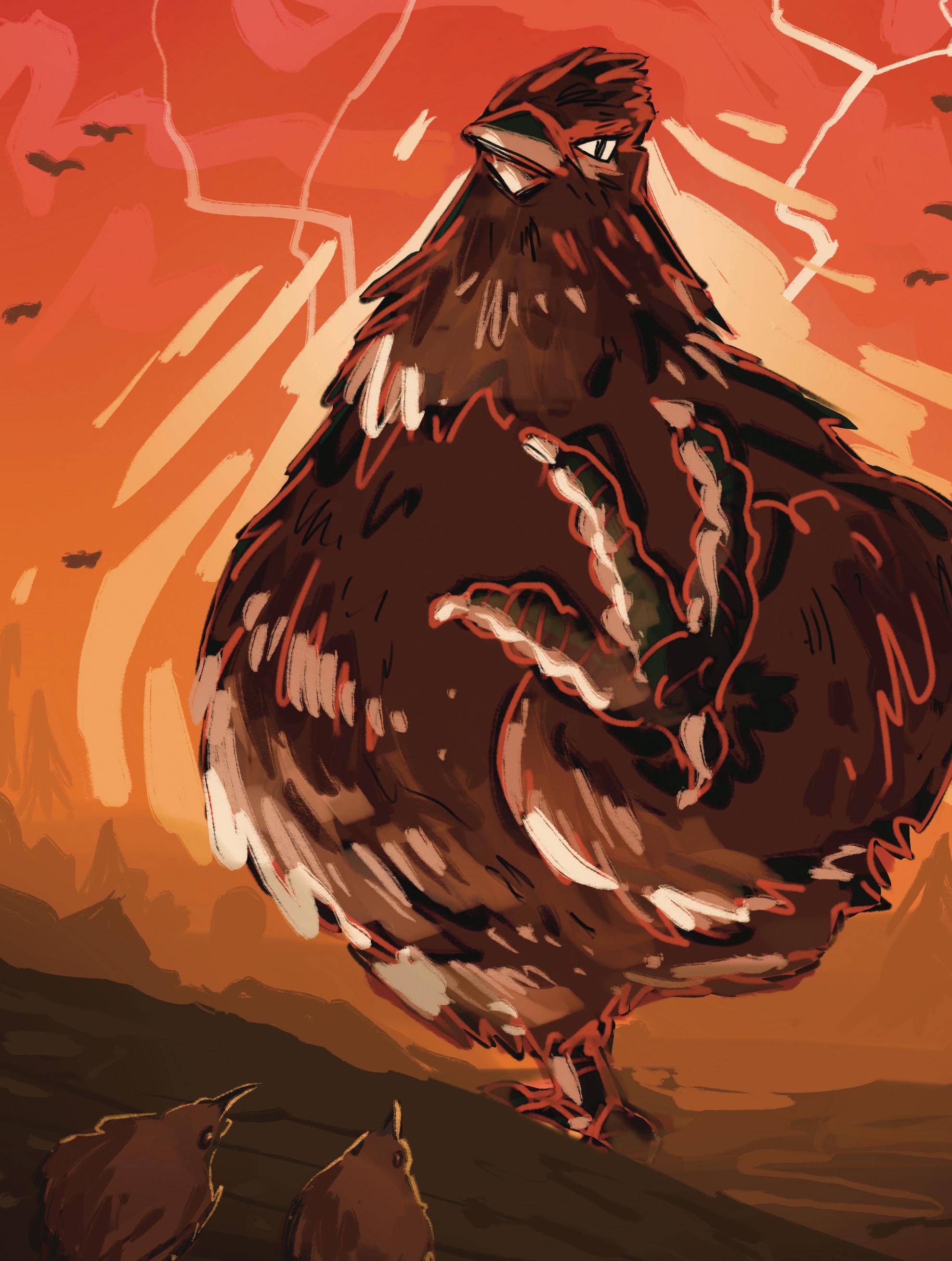
By Jordan Irvine Illustrated by Jakira Brophy
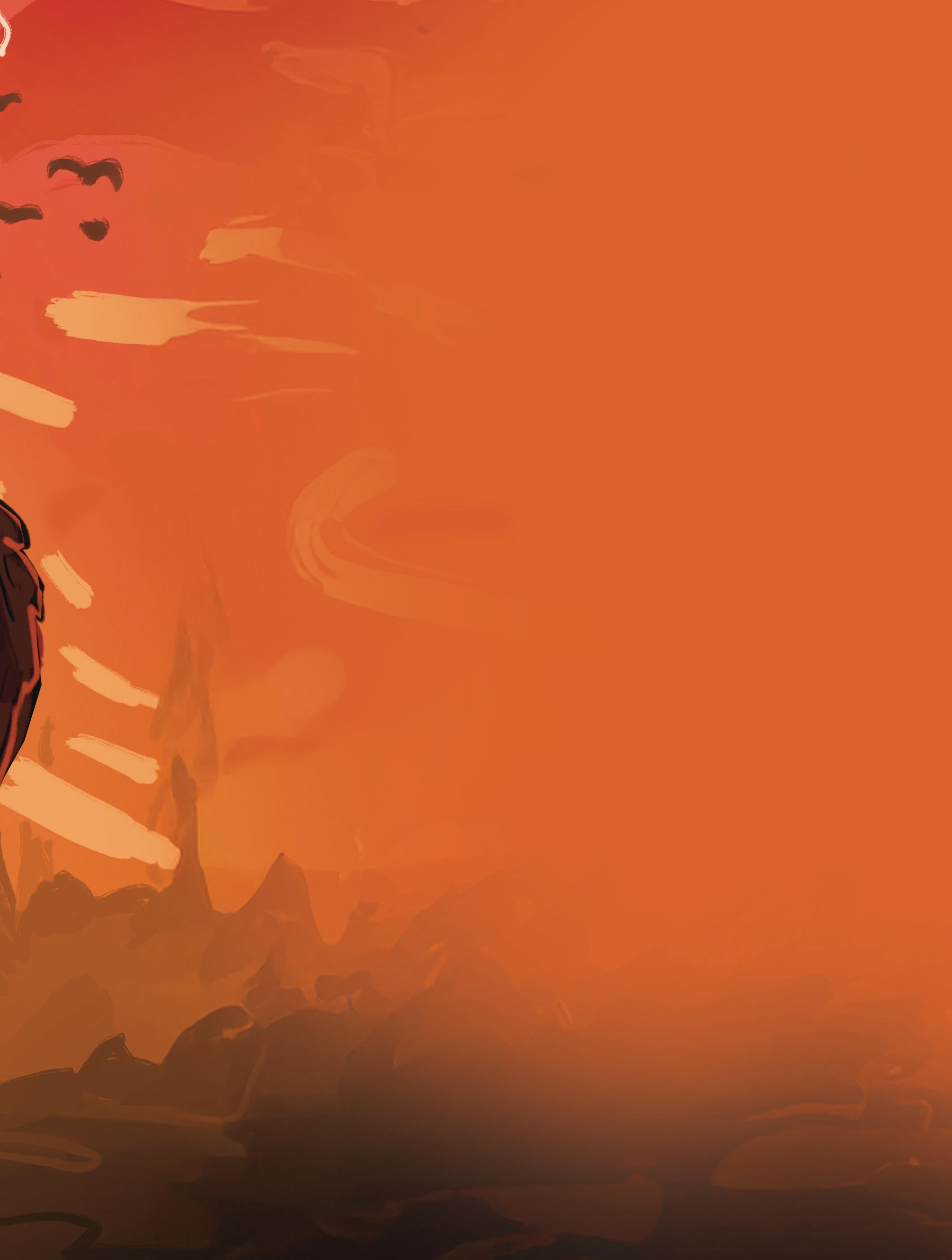
Evolution has not been kind to the native birds of Aotearoa. Some are small, some flightless, and all pretty vulnerable to introduced pests. To put it lightly, they don’t stand a chance against predators. You know that, I know that. My question is, do they stand a chance against me, Critic’s Culture Editor (imagined as a bird ofc)?
Okay first I needed to figure out what bird I was going to be in this fight. To make it all fair I picked the most common bird in the world: the chicken. While this puts me at a disadvantage already as I can not fly (at least, not for very long) it also puts me on an even playing field with some of our fan fave birds, if the Kiwi (national icon) and Hoiho (Bird of the Year 2024) are anything to go by. The criteria for this scientific article is vibes. I’m just going to vibe it out. Call me Chicken Joe.
Hoiho/Yellow-eyed penguin: They can’t fly so I’m gonna kick their ass. My talons will slit their fish-loving throats unless they dive into the water and do sneak attacks or some shit.
Putangitangi/Paradise duck: Their bills will not be able to stop me. They can waddle the fuck on to get some grapes after I peck the shit out of them.
Toroa/Albatross: That peninsula-dwelling motherfucker could kick my ass with one wing, I’m not gonna lie.
Piwakawaka/Fantail: I reckon the fight would be going well until they hit my eye with the fan and then I’m blinded and can’t land any hits.
Kiwi: If this fight is in the daylight then I’m winning, hands down. But at night, when in their natural element, I reckon they would fend off all my attacks with that long-ass beak.
Kahu/Hawk: I’m so fucked.
Karearea/Falcon: I’m even more fucked.
Ruru/Morepork: More like more pecks. To your face. Dumb owl.
Kea: Kea is gonna be ripping off my feathers as well as windshield wipers.
Pukeko: If we are in the swamp, it’ll be a tough fight, but anywhere else I’m taking the W.
Takahe: Just a fat Pukeko, so I’m taking the dub. Unless it sits on me.
Kereru: Probably too drunk off berries to squabble up.
Tui: Looks like an English barrister, I’m for sure beating his ass.
Puteketeke/Great crested Grebe: All respect to John Oliver – but his bird is losing for sure.
Pekapeka tou-roa/Long-tailed Bat: Remember when it won Bird of the Year in 2021? It would probably also win this fight, they are scary.
Piwauwau/Rock Wren: I’m gonna rock it’s head off – while feeling bad about it, they’re really cute.
Kakapo: You just know they don’t fight fair.
Kaki/Black Stilt: Probably got like a Muhammad Ali kinda style; just ducks and dives till you’re too tired.
Pukunui/Southern New Zealand Dotterel: I would probably lose to the true Bird of the Year because it is such an amazing, rare bird.
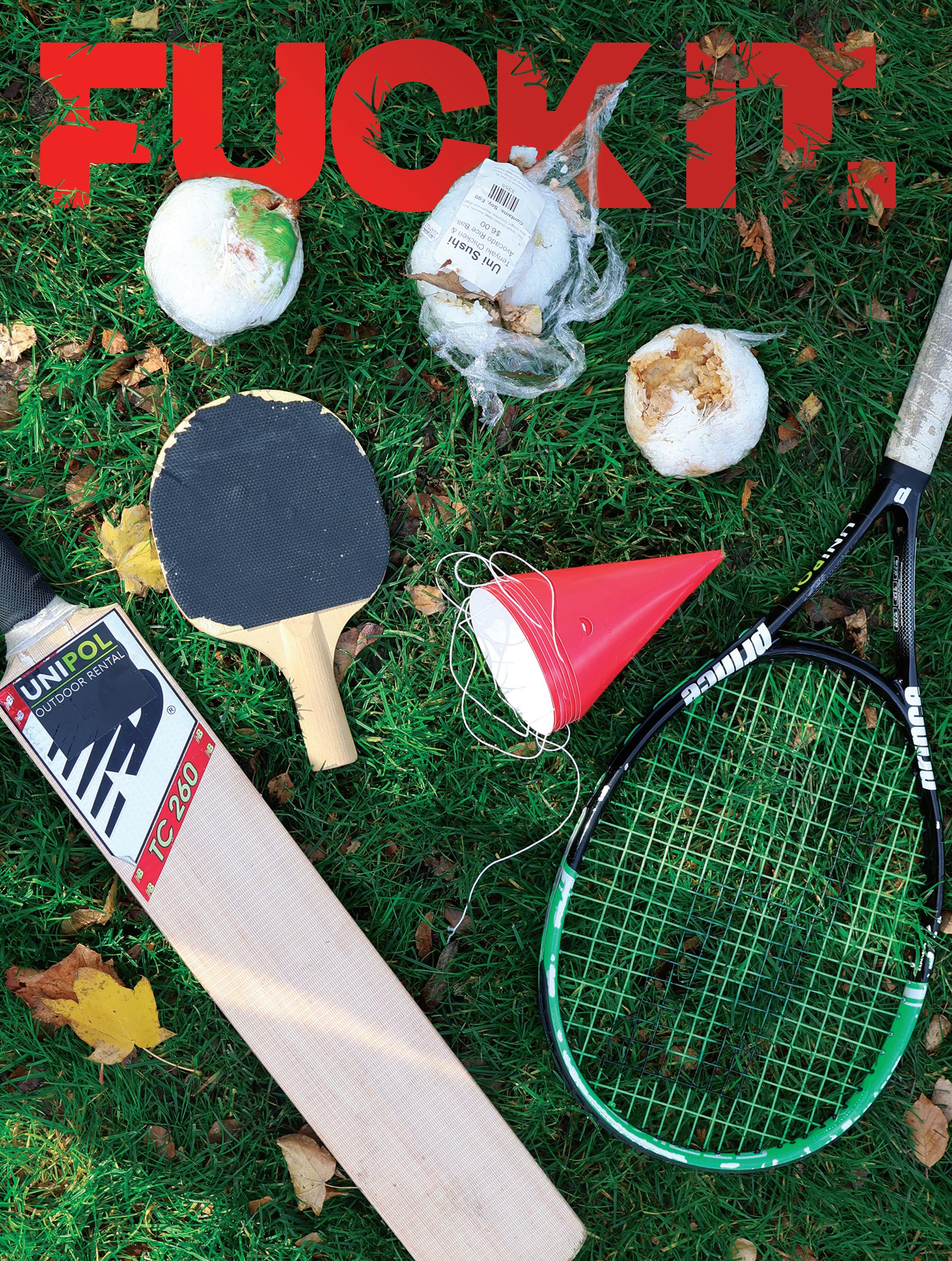
as versatile as they are iconic. Whether it’s a cheap sit down meal, a snack between lectures, or a surprise dinner after leaving one in your bag all day, rice balls can do it all. Or can they? In a never-before-seen feat of Physical Feducation, we combined two reporters’ skillsets to put flavour and function to the test in a game of rice ball sports. Critic Te Ārohi introduces our dynamic duo for the double review: Mi Goreng Graduate Ruby Hudson handling the rice, and Sub Designer/Video Editor Connor Moffat handling the balls. (sorry). Play ball!
We kicked off our tasting (and tournament) with a spicy fried chicken rice ball from Sushi Station. There was no label on the ball itself but as an educated sushi ball tasting panel, we could make a fairly good guess. First impressions were promising: the rice was warm and fresh and the ball itself was a more than generous size. The plastic-wrapping wasn’t the most sturdy, a factor that comes into play when considering a ball’s convenience and durability. The exterior was loosely wrapped and with very crumbly rice (possibly due to it being so warm), a combo which led to a very wobbly and hard-to-eat rice ball that wouldn’t withstand the pre-lecture jostle. Upon tasting, however, the spicy sauce within was fantastic, significantly elevating our judgement. It actually had a bit of a kick compared to other spicy rice balls. The chicken was also pretty darn good, it was – trigger warning – *moist* and flavourful which made for a great eating experience. The ratios of rice to filling were also excellent, each bite consisting of rice, chicken and sauce and the rice actually tasted like proper rice (the word “rice” is also starting to lose meaning to me and we’re only one ball in). To conclude, this rice (fuck) ball was pretty decent, the chicken and spice was nice but we were yearning for a more solid composition.
Tasting Scores: Connor – 7 Ruby – 6.5
BALL:
RIP this rice ball, bro. Do not play cricket with this shit. It got obliterated like a freshly rolled snowball hitting the back of your mates head at mach 10. Like a lolly scramble but with rice, or an albino swarm of bees. To be fair though, we definitely picked this rice ball because we knew it would explode, and I wanted to hit it with a bat. Sue me.
We then followed up with the hidden gem which is the Campus Shop rice ball. Yes, they sell more than pies. It was news to us, too. We weren’t sure what to expect leading into this one. Before even taking our first bite, we were taken aback by how solid this rice ball was. Swear this rice ball could survive days at sea and still be well intact when it returns. To aid even more with the security of this rice ball it had a sticker on the Glad Wrap, which also helpfully provided an ingredients list – a nice touch for anyone that may have dietary requirements (or is socially awkward and doesn't want to ask what's in it). Upon first bite, we were impressed with how nicely crispy the chicken was. The avocado and bits of cucumber were a really pleasant little addition to the flavours as well. The rice was tasty and really held its shape while eating, meaning this rice ball is near perfect for a feed on the fly. There were a couple downsides with the Campus Shop rice ball, though. For one, it had been sitting in a fridge and had a use by date sticker on it, which didn't exactly scream “fresh”. Secondly, the rice was a bit dry, reminding us a tad of the dried out rice at the bottom of a rice cooker, and could have used more sauce. Overall, though, it was definitely an underrated contender in the Uni rice ball realm, with solid flavour and convenience. We will be purchasing again.
Tasting Scores: Connor – 8 Ruby – 7
The Campus Shop rice ball was selected for bowling due to its solid build and its near perfect roundness (I know they are all round, shut up. Whatever) plus there were hopes the avo within could provide a decent structural bond. It really surprised me with just how compact its wrapping and build was. It held its shape really well during its multiple attempted bowls trying to knock over all the pins, i.e. leftover Critic birthday party hats, which I’ve decided are the reason it took multiple attempts. We even used it as our testing rice ball for the other sports equipment and it still proceeded to hold strong. Consider us impressed.
Next was the mighty Miga Hako Express, a new fan favourite with their low prices (lowkey a cult). After being a hit on George St, Miga Hako Express opened quite recently in the Link and ever since it has struck fear into other businesses around campus. Word on the street is that the Dumpling Lady dropped the prices of the steamed buns by $1 and Campus Shop now offers free soy sauce with their rice balls – same as Miga Hako, which they never used to do. Connor was already quite the fan of the new Miga Hako, having consumed many of their chilli mayo rice balls over the last couple weeks (it’s honestly getting out of hand) so the excitement for this one was high. But my goodness were we let down. Connor almost shed a tear writing this review. We purchased the honey butter cauliflower flavour. Props to Miga Hako, they provided a unique flavour of rice ball and they were the only rice ball dealer out of the four that had a vege option available, but it was the early morn’ when we collected these. Taking our first bite, we were instantly disappointed by the scarcity of cauliflower filling in the middle, which was quite annoying because the filling tasted incredible once we eventually mined our way towards it. The cauliflower was virtual perfection, sporting a near-perfect amount of crunch and honey butter coating. The rice was okay, but we were hoping for better considering how many rice-only bites we were getting. It was unseasoned, and just tasted like regular old rice. Further inspection made us a little bit suspicious, as we realised the rice looked to be a longer grain than the usual sushi rice used at other places. Overall, not as good as we were hoping for. Time to hit it.
Tasting Scores: Connor – 6 Ruby – 6
Miga Hako was pegged for tennis because of its slightly smaller build (potentially due to the lower price point), plus we figured it could have a bit of bounce to it, what with the springiness of the cauliflower and all. The Miga Hako rice ball actually went alright in the tennis scheme, lasting a few decent swings before the wrapping began to give way. But in reality if this was to be used in an actual tennis match with professional players, the rice ball would get obliterated into smithereens on the first serve. Professional players would probably also want an actual tennis ball.
Before we dove into this one, we had already heard great things from our very own Critic Editor, who recommended the salmon. We got the chicken (oop). Our first experience with the Great King Street Sushi was not great, as the display for the rice balls is just a basket by the till full of every flavour they have, so you have no clue what you are grabbing. This can lead to some not great experiences if there is a large line and you're having to wait till the front, only to still have to ask what flavours there are. But once we had acquired our rice balls the experience only went up from there. We went with a brown rice spicy teriyaki chicken, a real mouthful that one, and by golly it was. It was more of a bowl than a ball, with all the filling in the middle. We indulged in our rice ball and were immediately gobsmacked. Holy fuck. Just incredible. The chilli mayo combined with the teriyaki chicken was an explosion of flavour. The brown rice was great as well, providing more of an earthier flavour than normal rice. It screamed “nutritious”. It also had one of the greatest rice to filling ratios, with it definitely not lacking on filling – a crucial element, we were learning. The teriyaki was sweet but also savoury, well avoiding the ‘cat food’ texture you can sometimes get with teriyaki chicken. Our advice with this one is not to be scared of something different. It was our first experience with brown rice and this flavour combo and we were well impressed; a very unique way to expand your palette. Despite its unique appearance and the borderline stressful ordering experience, this rice ball was outstanding.
Tasting Scores: Connor – 9 Ruby – 9
If you want a sad game of ping pong, this rice ball is for you. While you can hit the rice ball at a decent distance (fun) it does proceed to pathetically flop onto the table with a thwump, and does not provide a bounce for the other player to return back (unfun). Sushi Great King Street held its shape pretty well though, for a rice ball being nailed with a ping pong paddle. It was a truly tragic way to honour a food that had brought us so much joy, but duty calls, and sometimes your duty is to brutalise some rice via ping pong.
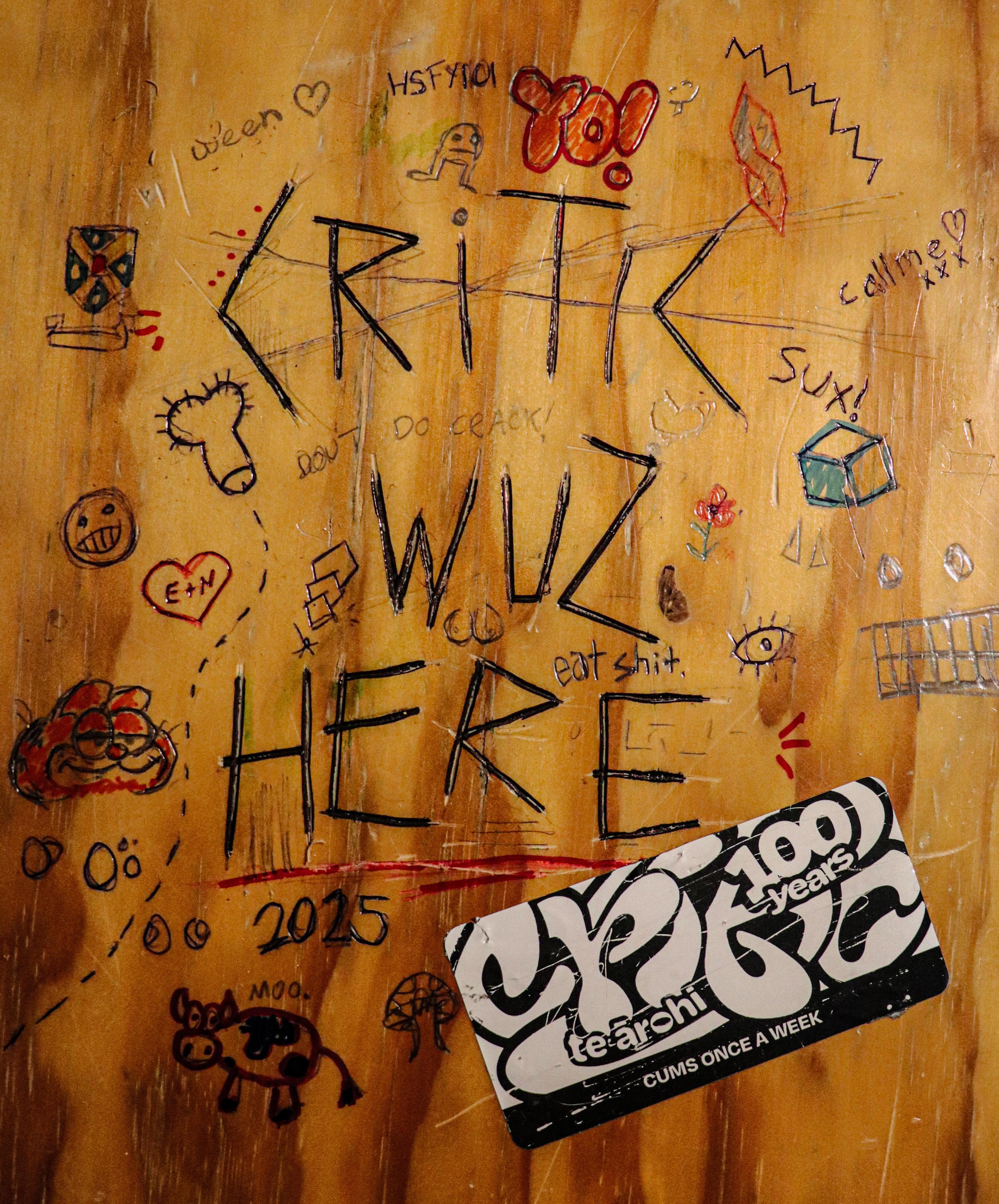


One of God’s greatest gifts is the cell phone because doing this gimmick in a time of payphones would have set me back a lot in coins (where the fuck do you even get coins from now?). As a child I did not focus in class and paid more attention to the writings forever engraved onto the desks at which I sat. They were riddled with spelling and grammatical errors (it’s “you’re gay” not “your”), and drawings of dicks with a ranging variety in length, girth, hair and semen spraying out. Most interesting of all, however, was the grand amount of phone numbers begging me to call for a good time. A good time for me is investigative journalism.
My first limitation was being masc-presenting so being able to go into women's bathrooms was crossed off the list. I can’t imagine they were covered in graffiti anyways because the men’s bathroom unfortunately was not. Scouring the Central Library bathrooms, only one of them had graffiti and they were only on the toilet paper things. No phone numbers, sadly – only messages asking for head, hand sex, as well as “On days like this don’t you just wanna bark like a dog?” with someone responding “woof woof”.
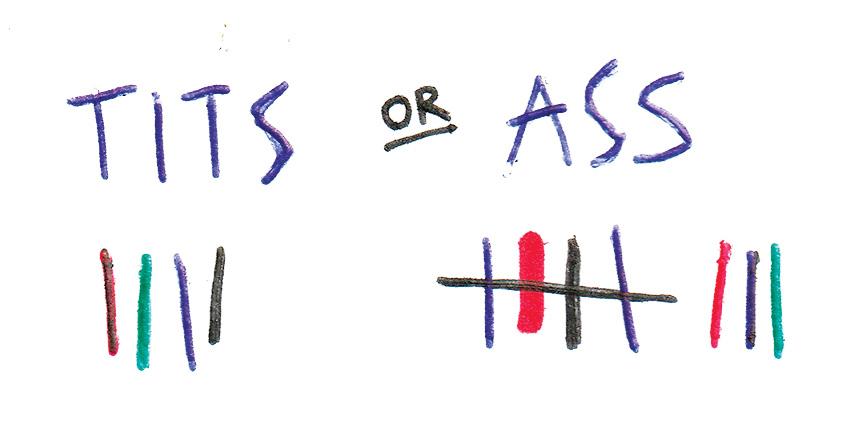

or anyone besides my parents or flatmates. I don’t know what has given me such courage to take on a task like this. Just because I can? There seems to be no consequence.
As I was explaining this, someone rang me. What a twist. I answered it and recognised the voice of Devon, someone who had not picked up my cold call, but had a voicemail. “Hey I missed a call from this number.” I eagerly mentioned that I found his number on a desk at the Central Library. “Which central library? Wellington? Auckland?” I was confused and said Dunedin, to which he replied, “I do not know why that is there. I am from Wellington.” He did not seem keen to keep chatting which broke my heart, honestly.
Day one was over and I decided my next target for number harvesting should be where students are most bored: lecture theatres. I felt my best options were Quad and Archway as they seemed to be the oldest (I watched Scarfies this year and instantly recognised Quad because it had not changed at all.) To avoid that awkward feeling I’d endured while scouring the library, I perused the timetables outside lecture theatres before entering to see whether the coast was clear so I could do what needed to be done.

After pissing – because I drank some water and was in the right place – I started to feel defeated. That was until I gazed upon the old wooden desks in Central. Suddenly, phone numbers appeared, my very own mirage in the desert. Numbers were positioned next to enticing messages of “call me x” or “ring for a good time”. I admittedly felt awkward zooming through desks like a hawk looking for lunch in hope for numbers. I’m optimistic that those confused onlookers will read this piece and go, “Oh.”
The first number would not even let me ring it, even after I tried three times. The second one said I could not find its mailbox. It was now I realised that while a fun idea in concept, this would not work in the cellular age. Maybe back in the ‘90s with landlines it would have been fruitful, but now it’s phone calls ending with automated voices telling me this was dumb. Oh well. Here are some of my favourite things I saw written down:
• Kid cudi>Carti
• Twink
• Religion is a lie god is not real
• Yams

• A voting poll for tits or ass (ass is in the lead)
• Neil Degrasse Tyson
• Among us
I rang the first number, and was immediately put in jovial spirits. “Hello, this is Emma.” I replied saying I found her number on a des– and she hung up. To be expected, and also probably a good thing seeing as I hadn't planned out what I was going to say next. Unfortunately, that was the extent of my good luck; six of the next numbers I rang did not exist. “This is my worst nightmare,” said News Editor Hanna Varrs who bore witness to it all. The idea of calling random numbers is scary, I suppose. Mere years ago I would have hated the thought of doing such a thing. In fact, I still struggle to ring the doctor



• A spoon is not a contract caleb


1. Imagine your perfect sleeping conditions. Describe it in three words.
A) Hot water bottle!
B) Quiet, comfy, and cold
C) Post sex slumber
D) Podcast and mink blanket
E) Tent, sleeping-bag and mat
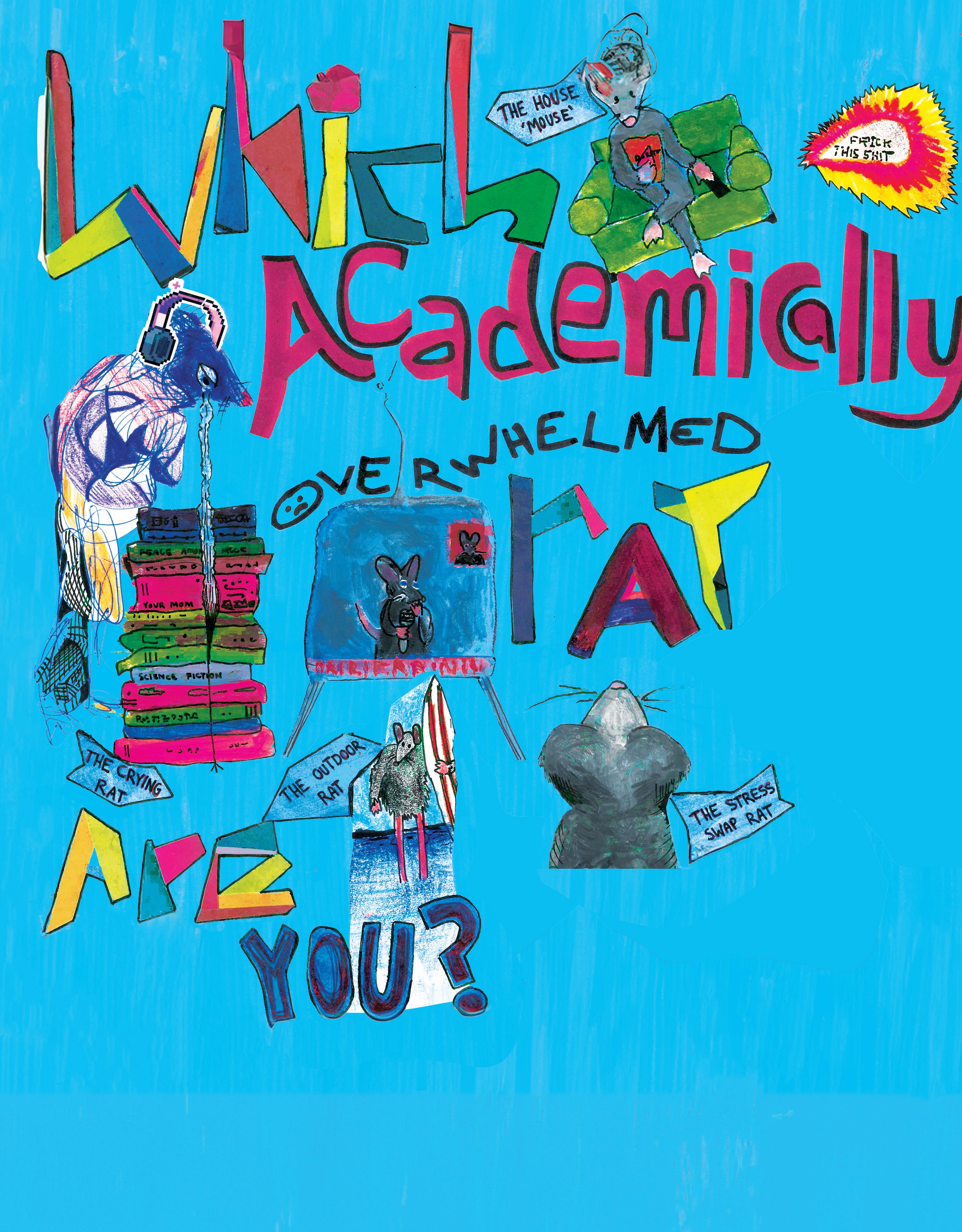
By
Soppet
2. You've rolled out of bed and stumbled to the kitchen. What are you having for the most important meal of the day?
A) Porridge. It’s filling, homely, and makes you feel like one of the grandparents from Charlie and the Chocolate Factory
B) It's pretty much lunch time, so may as well just have a sandwich or something, you're no good at cooking anyway.
C) Toast because it's the fastest thing you can think of and you are running late to being half an hour early to your lecture
D) You're the Dunedin equivalent of a Michelin star chef, so on today's menu is fried eggs on toast with Wattie’s spaghetti
E) Some granola because, let's face it, you're granola
3. It's time to go to the biggest fashion show in Dunedin… campus! What are you wearing?
A) Your fave fleece quarter zip and a trusty pair of corduroy pants – they’re like sweatpants but business casual
B) A hoodie and the cleanest pair of pants you can find –they’re probably dirty by someone else's standards but gaf
C) Your new top and some slacks but you'll probably get food all over yourself so you make sure to bring a jacket
D) Jorts and a band tee, as well as some killer shoes that you found at the thrift on the weekend (trying not to think about the previous owner wearing them)
E) Some trackies and a wind breaker because Dunedin is an unruly place with unruly weather
4. On your way to class you pass by a poster that piques your interest. What is the poster about?
A) Well a book club of course, but a raunchy book club, none of that Dune crap – we’re all about smut here
B) A climate change protest. It's honestly so sad that your generation just doesn't seem to care about anything… you are brought to tears (which consequently raises the sea level)
C) A medical study for students to make $300 just by switching from vaping to nic patches; you know you should give up and a quick bit of coin is always nice
D) A ‘Know Your Stuff’ poster about drug testing. You've got a big weekend coming up and are gonna be trying some new treats (if you know what I mean)
E) A new hutt is opening in Dunedin and OUTC has gotten their members a student discount (must remember to sign up for OUTC)

5. You're in the most boring lecture of your life and suddenly you’re opening coolmathgames.com. What are you playing?
A) Fireboy and Watergirl in the forest temple, but you can do it by yourself because you are a strong, independent rat
B) You mindlessly scroll because there are too many options and nothing piques your interest. Suddenly the end of the lecture is rolling around and you didn't learn or play anything.
C) Papa’s Wingeria, because doing a degree isn't hard enough, you also need to run a business all by yourself from your laptop
D) Pou, which is obviously the best game there is. You've been playing it since you were thirteen and are loyal to your alien pet.
E) WorldGuessr, because seeing images of interesting places from all over the globe helps motivate you to get the fuck out of Dunedin
6. It’s evening now. What do you do to wind down at night?
A) Take a long shower after it’s ticked over to free power and curling up with your comfort show
B) Put on the saddest movie ever, Up, and have a PHAT cry, you have been holding the tears for wayyyyy too long
C) Hang out in the lounge with your flatties, purely because of the warmth from the heat pump
D) Your pre-sleep cone, cook a big feed, and tell your flatmates you'll clean it up in the morning
E) Plan out some adventures with your mates, can't wait till the slopes open up again
Mostly A’s: The House ‘Mouse’
You're sick of the rat race and prefers to take your lectures in bed and at 2x speed. You have been using your electric blanket all day, every day. When all your friends are going out, you prefer to stay home, though when you can be swayed to have a few bevvies you ALWAYS sack it before town. Everyone knows pres are the best part of the night anyway.
Mostly B’s: The Crying Rat
Life weighs heavily on you, with emotions simmering to the top of the pot. It's not your fault that other rats don't have the emotional intelligence that you do. You're best known for encouraging the weekly drunk “I love you so much, man” circles in club bathrooms.
Mostly C’s: The Stress Rat
Your uncanny ability to commit to 15 extra-curricular activities means you never have the chance to sit down and have a moment to yourself. You have the tremendously bad (and gross) habit of nibbling your nails down to the flesh. The nutritional value is a perk; you're obviously too swamped with uni, work, and errands to cook yourself a decent meal.
Mostly D’s: The Ripper Rat
A simple rat, all you need to survive is a roof, some cheese to nibble on, and your beloved bong. A wake and bake is the only way to live and you love to experiment on the weekends with different strains. You love your degree, buut those 10am lectures are rough, and your flatmate's Ritz can always be relied on for a good grade.
Mostly E’s: The Outdoor Rat
You prefer to break free of the cage. You're a wild bush rat and can't handle being in the concrete jungle of Dunedin for too long. You're also either a vegetarian or have a freezer full of venison that you shot personally, as well as always having a tent and sleeping bag airing out in the lounge (your flatmates hate this, please put it away).
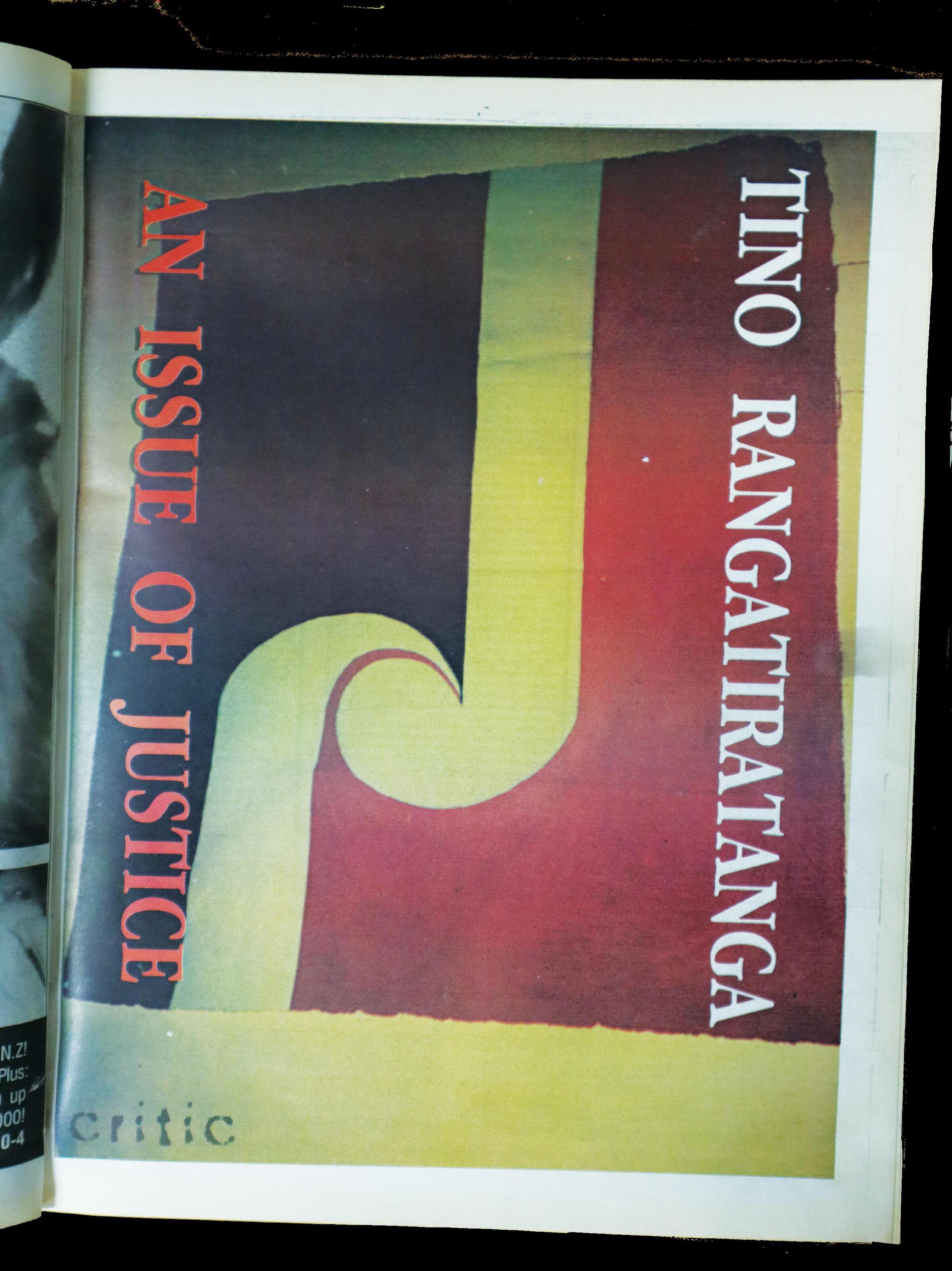
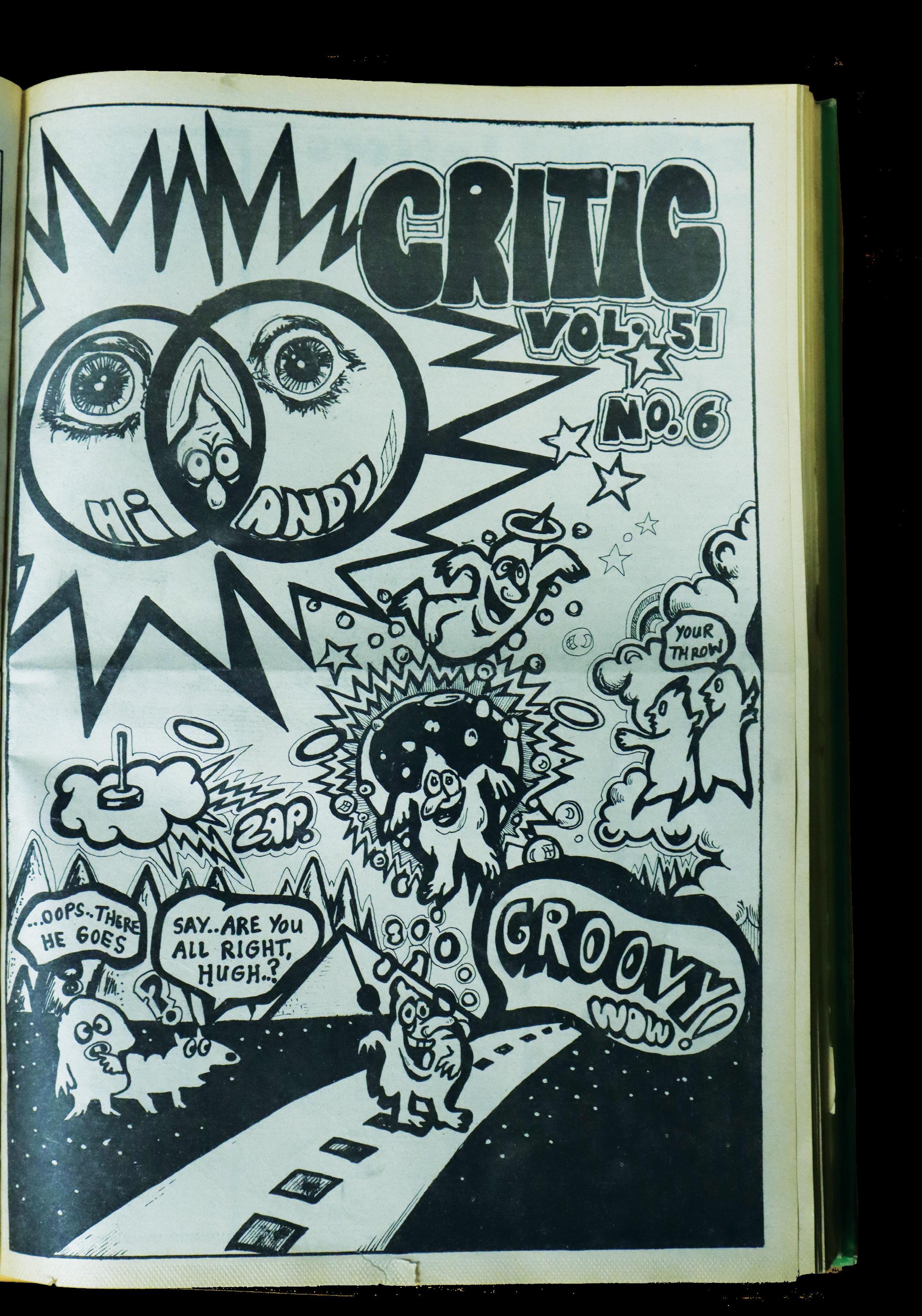
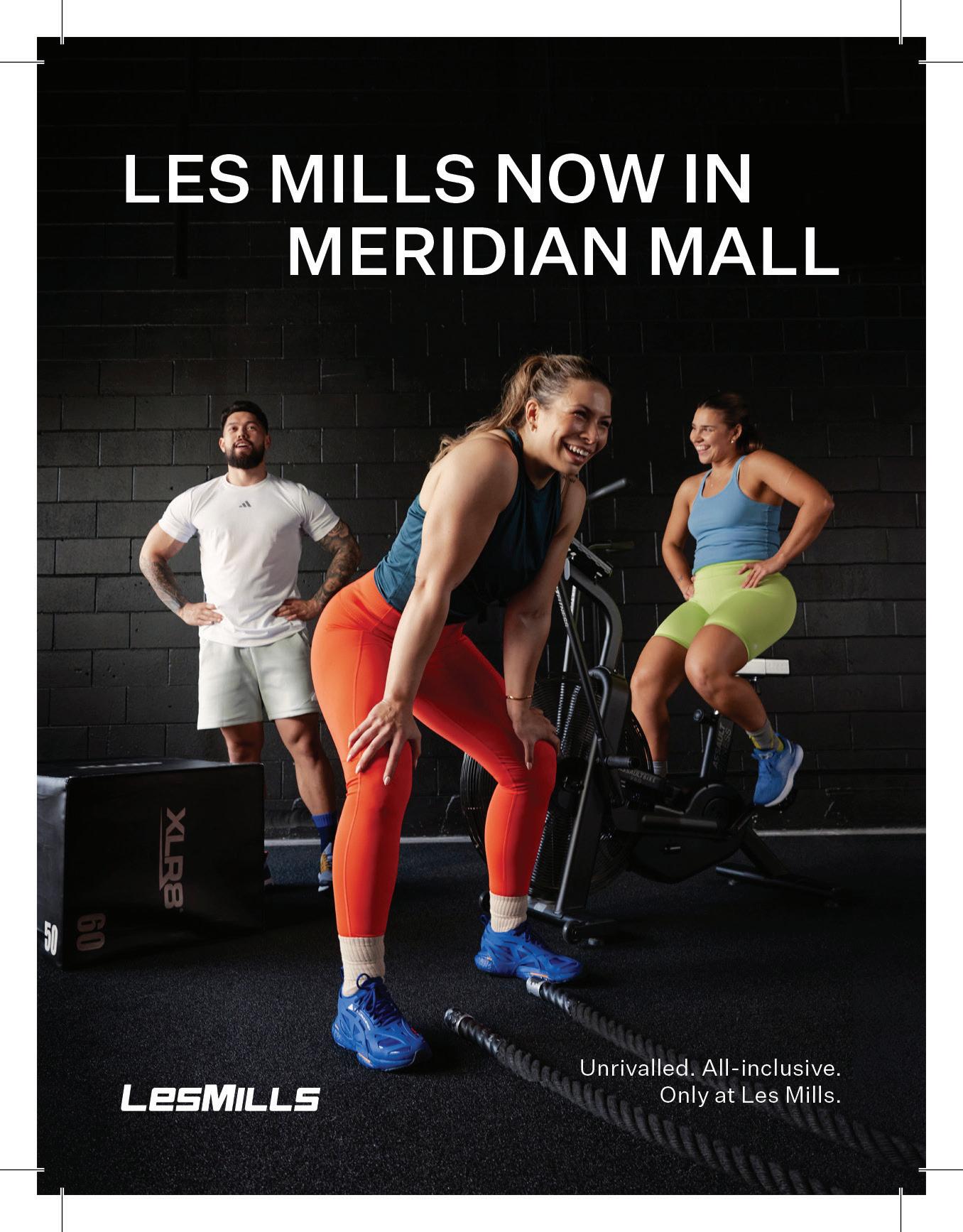





You may recognise her work from what was supposed to be the centre-fold of last week's Critic (sorry about that one team) or have been blown away by the immaculate Instagram feed that she has cultivated. Emma Millburn is the genius behind EKM Virtual Studios. Her most recent artistic venture has gained her the most traction yet, painting 100 spots from around Ōtepoti Dunedin.
The idea first came to fruition in July of 2024. Emma bulk-ordered 100 canvases from a Kiwi producer (support local baby!), confiding in Critic that seeing the daunting Jenga tower of canvases arrive at her door was “paralysing”. Her first project was painting the Dunedin Railway Station, the alleged second most photographed building in the Southern Hemisphere (keep that one in the vault for your next pub quiz). Emma has completed 12 out of 100 pieces so far, with subjects including The Bog, Taieri Valley, The Long Dog Café, and the railway bridge of Dunedin’s Harbourside Track.
Emma doesn't claim to be a tortured artist, but instead derives her inspiration from the sense of nostalgic bewilderment of the historic city and surrounding landscapes. Although she was born in the US, Emma considers Dunedin her hometown, spending ages 4 to 11 in the foggy fringe. After a decade-long retreat to New Mexico, Emma used her undergraduate degree in Management as an excuse to return to the Edinburgh of the South. Emma grew up sheltered from Otago’s student culture and arrived ready and raring to revisit her favourite childhood spots around Dunedin. Emma was flabbergasted to hear people referring to Dirty Dunners as a “shithole” (clearly ignorance is bliss). Maybe her younger self thought that the glass lining the street was just glitter? Emma said that she was motivated to start her 100 paintings project because “people don't appreciate Dunedin enough.”
Emma humbly told Critic that she chose the name EKM Virtual Studios because “I couldn't get into any galleries so I was gonna make my own.” Water-mixable oil paints are used to paint her impressionist masterpieces. These are the same tools that iconic TV art instructor Bob Ross uses, who Emma cheekily referred to
as her ‘God’. While it has taken her up to a month to complete some of her paintings, a fact she mainly pins on perfectionism and procrastination, she is working towards streamlining the process to take under a week.
For someone who claims to “hate” Instagram, she’s done a pretty bloody good job curating it. Her account has gained over 1000 followers since she first posted in January of last year. On her profile, you’ll find all of her paintings, alongside behind-the-scenes content and sneak peaks for future projects. For each carousel post, she spills that she has been known to spend over an hour trying to find a song that “matches the vibe”. Fellow Ōtepoti appreciator, professional yapper, and Critic staff writer Molly Soppet describes scrolling through Emma’s Instagram page (AKA stalking) as an “auditory immersive experience,” that captures the charm of Dunedin.
Constantly scheming for her next big idea, Emma uses Canva Whiteboard, an online mind-mapping tool, to get the creative juices flowing. “Canva Whiteboard is my hoe,” she gushes. She uses the tool to create storyboards for Instagram reels, brainstorm new post ideas, and flesh out upcoming projects (let her cook!). One of her bolded headings on the whiteboard reads “six-month plan,” showing that there is some method behind the madness.
“If people have any ideas of places that I should paint, please let me know,” Emma requests. She likes to highlight places that show off the character of Dunedin and are associated with meaningful stories. Intending to build up a portfolio of work, she is open to taking on commissions and partnering with companies on her platform. Watch this space.
Check out Emma’s Instagram @ekmvirtualstudios where she posts all of her art. Use her Linktree to access her website and Etsy.


ByJonathanMcCabe

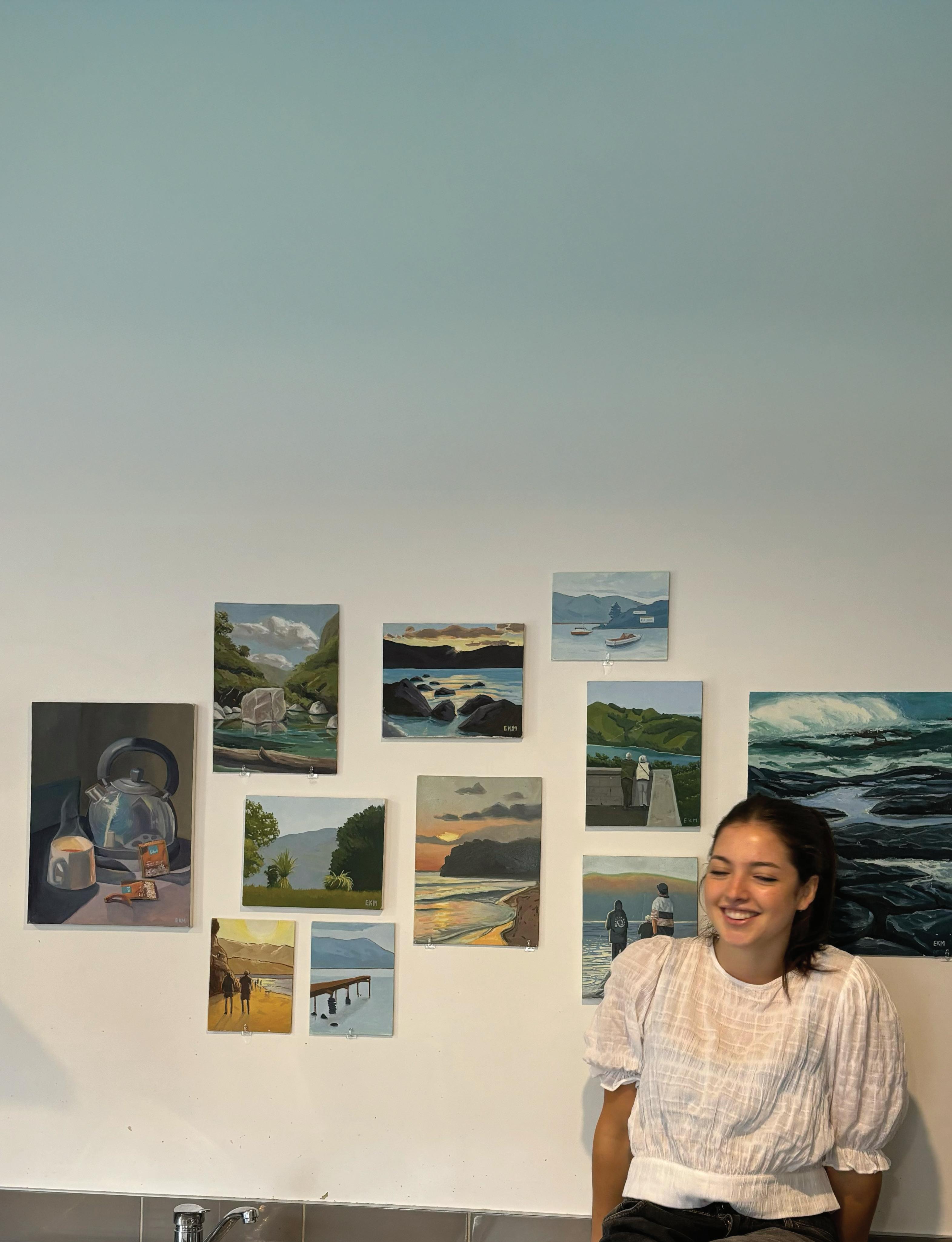
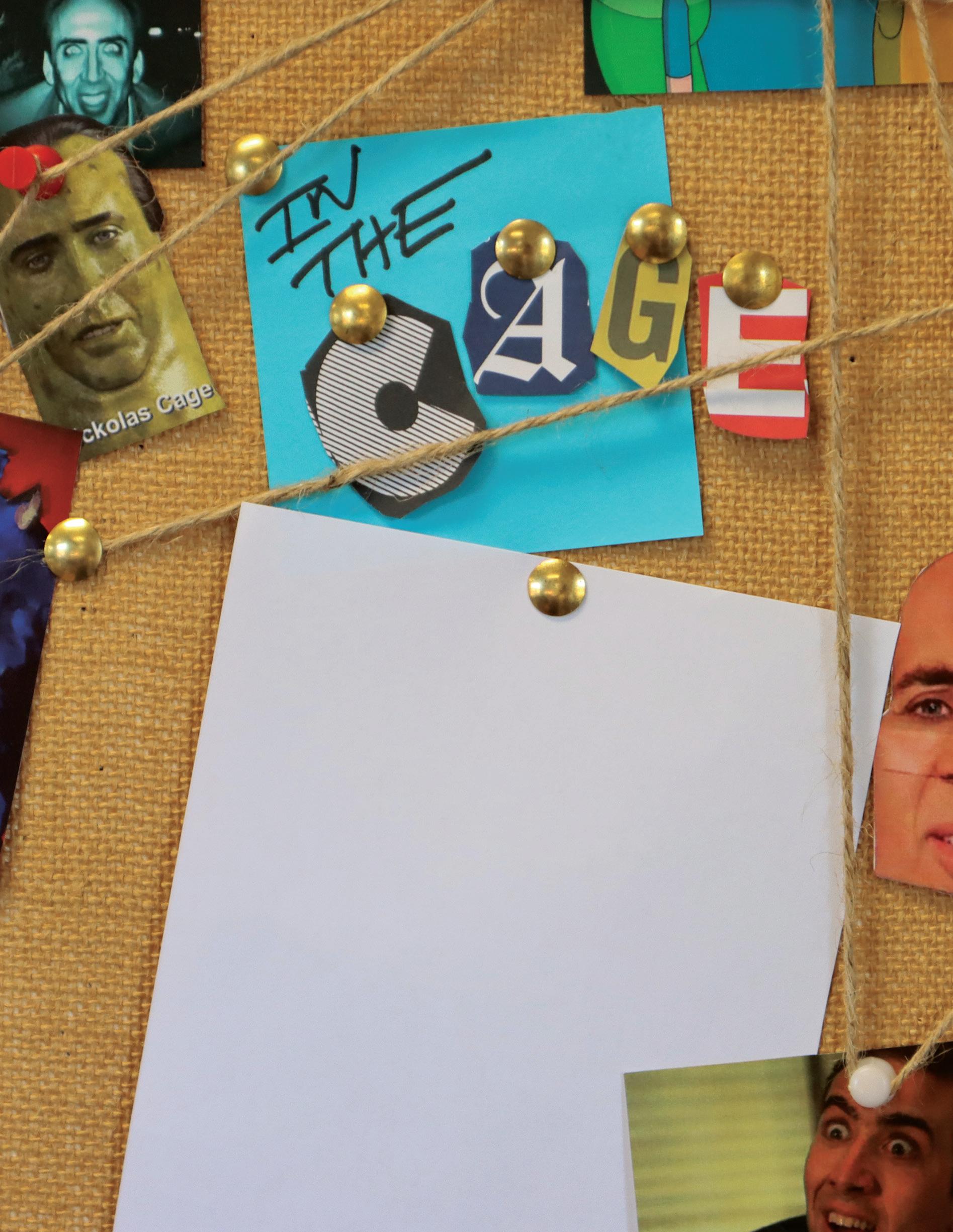
By Jordan Irvine
n the late ‘90s, the vibrant colour of the ‘80s faded away, as films – particularly actions and dramas – favoured colour tones of greys, greens, and blues. This is shown in 1999’s 8MM, As the name of the website I watched it on suggested (effedupmovies.com) the movie’s subject matter is pretty “effed up”. But content aside, a good film. The Cage brings out a good performance alongside a young Joaquin Phoenix. Oddly enough, one of my favourite actresses, Cathrine Keener (Being John Malcovich, Synecdoche New York and Get Out) has a surprisingly wooden performance as Cage’s wife. Although a minor role, I feel she could have given more to the character. Hopefully she returns in a better Cage film.
The Cage started to get gruelling for me thanks in part to the Martin Scorsese film Bringing Out the Dead. The Cage plays a paramedic that’s on a losing streak and this film is gritty as fuck. It’s long and hopeless. The acting is well done (NZ film icon Cliff Curtis stars as well) and the directing is good as Marty usually is but it’s bleak. I think this film would work best as a short or maybe I just need more rewatches but man it was tough to get through.
A new decade and millennium had begun for the Cage (as shown by a score of what sounds like Fatboy Slim b-sides) with Gone in Sixty Seconds. I thought I would take some time to reflect on my journey with the Cage so far as an actor. So far, I do not think he is a bad actor. In fact, I think he is a really good actor as long as there is good writing and good direction. Maybe it’s Stockholm syndrome, but one scene into this film I find him instantly charismatic as I have done in many of his other films. He is
a likeable leading man and at this point in time I stand by it. That being said, the character’s name is fucking Memphis. It’s stupid and I laugh every time. His hair looks like it’s all frosted instead of just the tips. There’s a scene where an Asian woman is bad at driving and a black man says he cannot swim which is absurdly racist. But that is all excused (well, not really) for a movie that is GTA put to screen. It’s fun and he plays Low Rider by War and says, “Let’s ride,” so what more could you want?
“Think of something safe like Holly Hunter or Don Cheadle!” screams Troy in the episode of Community where Abed has a breakdown due to the Cage. If there was a film to think about it would be The Family Man where the Cage stars alongside Don in a merry Cage-mas film à la A Christmas Carol and It’s a Wonderful Life, where his life is reset during Christmas and plays out an alternative reality. Is it as good as It’s a Wonderful Life? Of course not but the Cage does well and adds his flair to an otherwise fine film.
Caginess: Can’t stop quoting “Let’s ride”
Welfare Check: Watched a Louis Theroux documentary about Gaza in between so that bummed me out
Total Films Watched: 46/137
YAY:
If you gotta go, you gotta go – and why not when you’re conveniently in a location with a drain and soap? Before my opponent suggests this: no, it is not a slippery slope
into pissing in the sink. Have some decency man.
Frankly, I don’t see why it’s an issue. If I’m busting to pee before hopping in the shower, I’m not going to naked dash to the toilet (it’s in a separate room in my flat) for some weird social construct. Isn’t it the rule that when you’re by yourself you don’t have to abide by that sort of bullshit? That’s why everyone loves solo road trips or having the flat to yourself for the weekend. You can do the weird individual behaviour that, if done in front of anyone else, would trigger a side eye.
Peeing in the shower is fine except for the occasion when you’re inviting a special someone in for a steamy session – that would just be gross. Unless you’re into that sort of thing. Not my cup of tea personally, but I’m not judging.
Y’all are perfectly happy to piss everywhere else. Students will piss anywhere after a couple cheeky Cleanskin Savs.
O-Week in North Dunedin is one big game of hopping over streams of piss from alleyways (detty pigs).
I’m not saying I haven’t been there (please don’t ask my friends about one first-year occasion involving a tree in the Octagon), all I’m saying is have some self-awareness if you’re going to screw your nose up at a clean, private behaviour while you’re out there dangling your bits in the breeze like a dog marking its territory.
And if your pee is so potent that you won't pee in the shower, I'd say that's a you problem. Go drink some water.


NinaByHunterJolly& Brown
NAY:
“If you gotta go, you gotta go” is not a justification for pissing in the shower. Shame on you. Am I the only one that believes we, as adults, should be capable of either (a) making sure the tank isn’t about to overflow before our shower time, or (b) urinating afterwards?
I mean, I’m a big fan of autonomy, free will, all that good stuff, but this is an outrageous abuse of these! Sure, you’re not hurting anyone by adding your own flow of liquid to the mix, per se, but I imagine those you share your shower with wouldn’t be stoked about it.
If we're normalising pissing in the shower, then where does it stop? Are you degenerates gonna piss in the kitchen sink next? Doesn't that fit your agenda too? I hear shower-piss defenders say that it's fine because “it gets washed down the drain”, so by that logic, sink pissing is fine too, right? No, absolutely not, and I'm sure we can all agree on that.
By principle, piss doesn't go down drains, unless that drain is designed for that exact purpose, and those are called urinals, chat.
Bottom line is, if you pee in the shower, have some shame, and try to remember that you're an adult now and can (hopefully) control your bladder. You're not an animal, buddy. Act accordingly.
Shakshuka did the rounds a couple years ago on social media and I have been making it ever since. Tasty, cheap and fast to prepare, it is a great option to make on a weeknight when you’ve got other shit to do! If you aren’t cooking for a crowd, feel free to save a container of the tomato in the fridge or the freezer, and heat it up to cook eggs at a later date.
Oil
Salt Pepper
1 large onion (diced)
1 capsicum (diced)
2 sticks celery (diced) (optional)
3 garlic cloves (finely chopped)
1 Tbsp ground cumin
2 tsp ground coriander
1 tsp smoked paprika
¼ tsp chilli powder
2 chopped tomato tins
6 eggs
Step 1. Preheat a large pan over medium heat with approx. 2 Tbsp of oil.
Step 2. Once hot, add the diced onions, capsicum and celery to the pan with a pinch of salt. Cook for 10 mins, stirring occasionally, until soft.
Step 3. Add the garlic, cook for a further 3 mins until fragrant.
Step 4. From here add in a little bit more oil, as well as the cumin, coriander, paprika, and
By Ruby Hudson
Step 5. Add the tomatoes and reduce heat to low and simmer for 10 mins.
Step 6. After this, make small egg-sized holes in the tomato and crack an egg into each. Place the lid onto the pot and simmer over low for approx. 6 mins or until the egg whites are solid, and yolk served to your liking.
keep an eye on the eggs at this stage so you get a nice runny yolk!
Step 7. Once the eggs are fully cooked, serve in a bowl with some crusty bread or toast on the side! Enjoy!
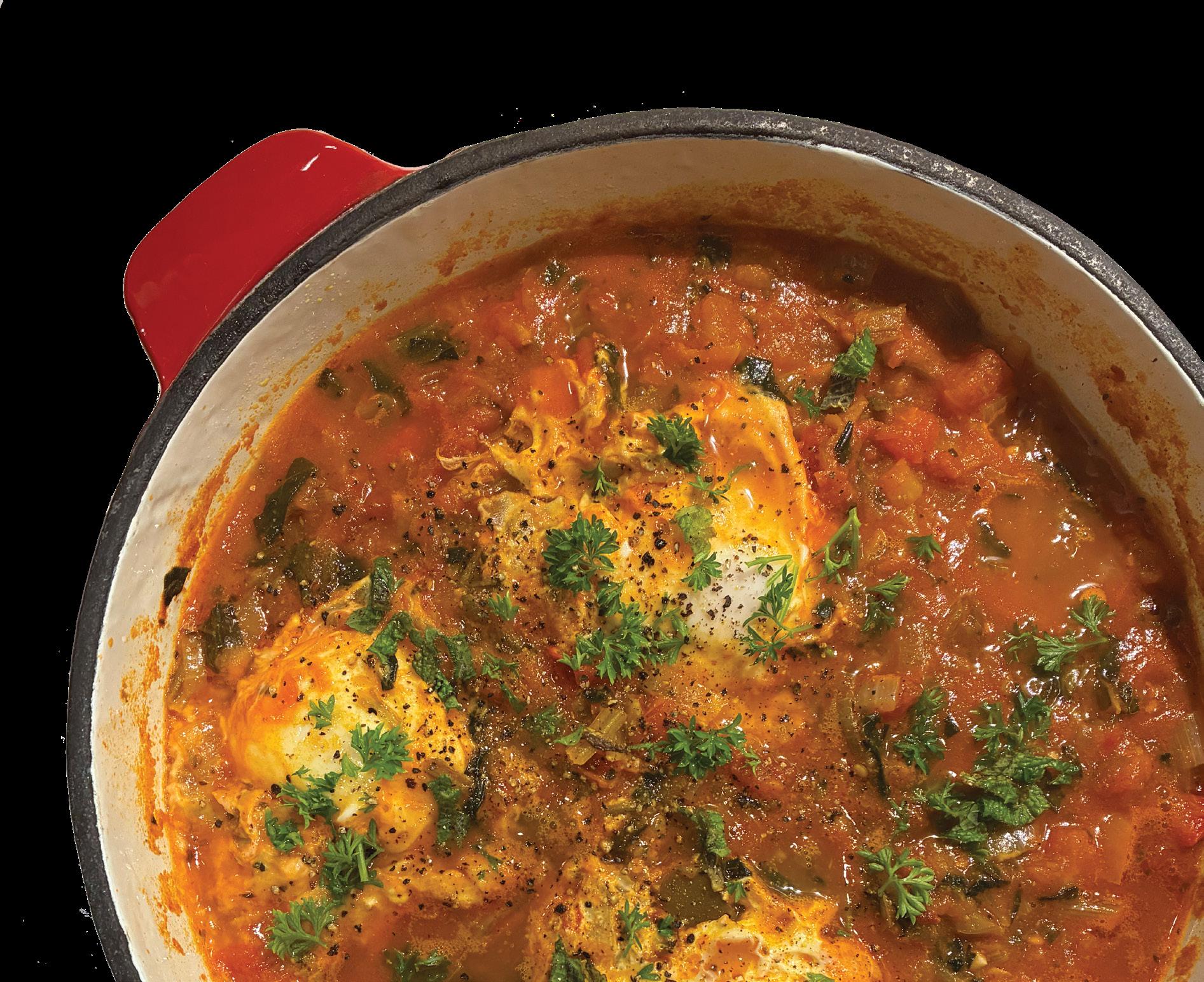
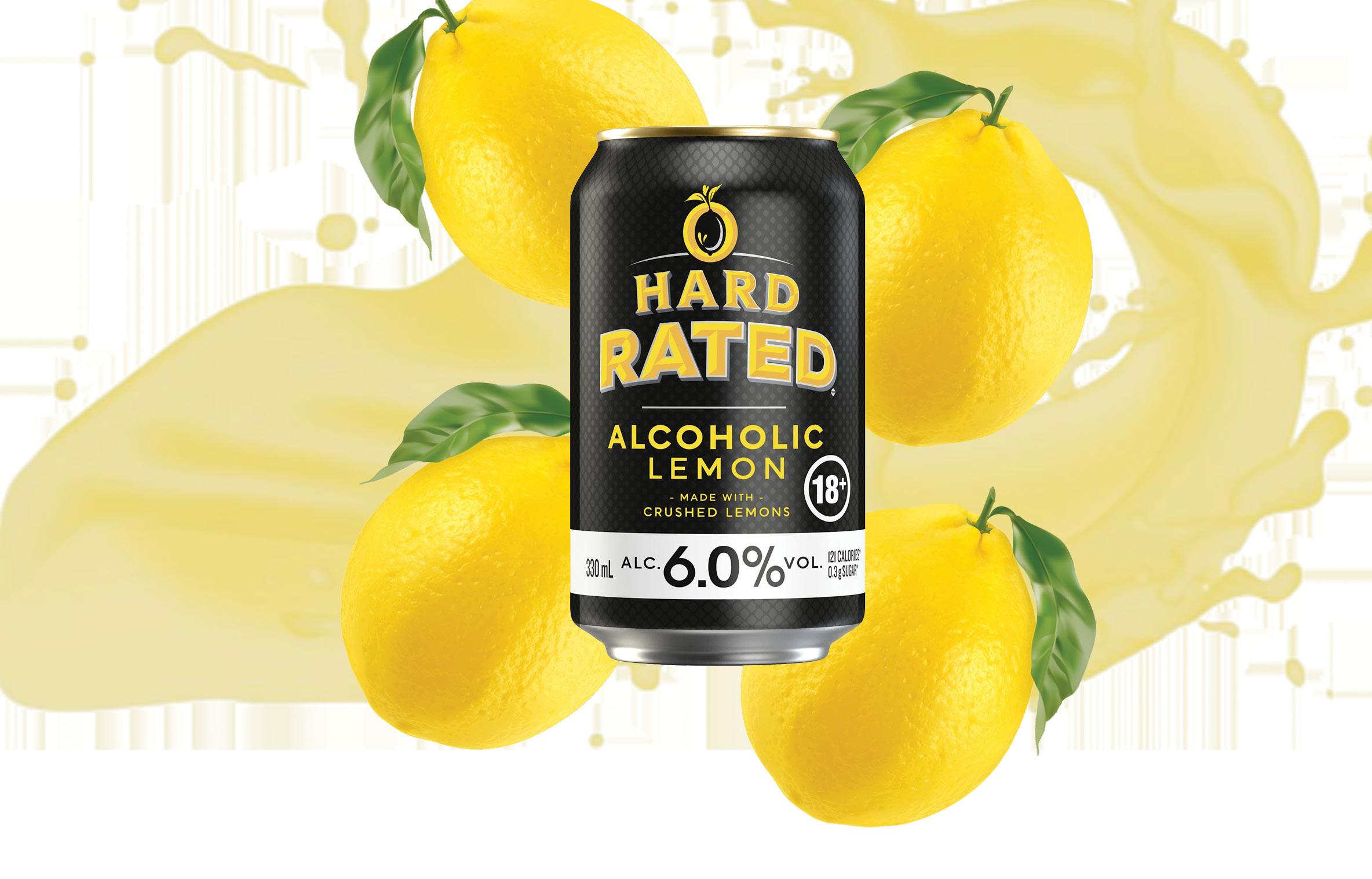
6 Potatoes (medium size) (scribble: Choose a mix of what you like!)
Oil Salt Pepper
Fresh vegetables of your choosing to serve (e.g. lettuce, tomatoes, red onion, avo, pickles)
For the second week in a row, we’re reviewing Aussie booze. While Australia hasn’t given us much in terms of worthy exports – apart from Milo, Vegemite, and a bang average rugby team – there’s something that may just take the throne: Hard Rated Alcoholic Lemon. The latest challenger in the battle of lemonade-flavoured RTDs, this bevvy is sure to cater to the crowds of Castle and grimy clubs of Dunedin, with full strength 6% crushed lemon taste that’ll leave you smacking your lips. True Aussie innovation.
Burger “Patty”
1 onion (diced)
500 g Beef Mince or 400 g Lisa's Mediterranean Falafel Mix
1 tsp dijon mustard
1 tsp tomato sauce (scribble: Don’t include the T-sauce or mustard if you are going for the falafel version)
2 tsp garlic powder
1 tsp dried oregano
2 tsp paprika
1 tsp dried thyme
The hangover hits from the moment you crack one of these bad boys open; it truly brings back that feeling of your first dusty Sunday after underage drinking. Hard Rated did not come over to Aotearoa to fuck around. It seems like every second person in North D is roaming around with a box of these tucked under their arm – it’s giving flashbacks to the Major Major epidemic of 2022 (RIP to the bowels affected). These are flying off the shelves and for good reason; Hard Rated have perfected the balance of a good RTD: refreshing taste and high alcohol percentage. Chef’s kiss.
Burger Sauce
3 Tbsp whole egg mayonnaise
1 ½ Tbsp tomato sauce
3 tsp pickle juice
1 tsp dijon mustard
3 tsp pickle relish (scribble: I use the Kev’s Pickled Gherkin Relish) Pepper
The fresh Australian lemons do something that other brands haven’t been able to nail: making the alcoholic drink NOT taste alcoholic. Maybe after years of drinking countless different RTDs I’ve developed alcoholic-induced CTE, but these things don’t make me wince even a smidge. The lemon crush doesn't linger like your Hyoketsus or Hazy Lemonades, incentivising you to keep drinking because they taste so bloody good. Dangerous shit.
Alongside the beautiful and refreshing citrus taste, the price is almost just as beautiful and refreshing. With a box of 10 clocking in at $27.99 (compared to other alcoholic lemonades like Hyoketsus being $32.99), they’re almost actually affordable. Cheers Albo! While it is arguably hard to compare alcoholic lemonades when they do pretty much all still taste the same (oops), Hard Rated is a standout. While nothing will be as mouth-wateringly good as Robert Irwin’s Bonds ad, these come pretty close.
Not that we promote binge-drinking, but a couple of these down after a nice big dinner will still politely make you feel a bit crunk. Be warned, though, a few too many will have you doing things you’ll regret and won’t be able to live down potentially ever (#firstyearthrowback). If you’re tossing and turning about moving to Aus like 40,000 other Kiwis last year, if you like to get OTP this might be all the convincing you need.
Pairs well with: A trip to Australia Zoo
X-Factor: When the duck walked up to the lemonade stand
Hangover Depression Level: 8.5/10 The next day is a write-off
Taste Rating: 9.5/10 Tim Tam kinda good

For reasons unknown (slow news week), Critic Te Ārohi has decided that semester lengths are such a hot topic that they deserve two weeks of coverage. Naturally, they handed me a full page and said, “500 words, please.” Because apparently I’m the only student who knows how any of this works, and the only one getting paid to care. If nothing else, may this article serve as excellent kindling.
So, why does Otago get just a single week off in the middle of each semester? Why are we the university equivalent of the forgotten eldest daughter after her dad remarries and starts a new family? (Not speaking from personal experience, my parents are lovely.) It’s all thanks to our decision to move to 18-point papers. That change meant we needed more time to teach and assess content, and the Clocktower basically said, “Sure, why not,” and extended the semesters – at the cost of our precious midsemester breaks.
We’ve got to start and end the academic year at roughly the same time every year because our semesters are sandwiched between two lots of Summer School. There simply aren’t enough weeks in the year to have long mid-semester breaks, keep the big mid-year break, and run summer school. Try picking that fight.
Was this change quietly shuffled through the University Senate? If you didn’t exercise your rights as an OUSA member and come sit in on Exec meetings, then yeah you definitely didn’t know this was happening. I first saw it in August 2024, then again in September at the Advisory Committee on Student Advising (yes,
that’s a real name). It finally landed in Senate in October. So while it might have felt like this change came out of nowhere, you can bet your bottom dollar that I was in all the meetings. I argued that longer mid-sem breaks + shorter semesters = less student misery, while everyone wondered why they let me on the committee.
The big fat ugly root of the problem? StudyLink. If you’re out of study for more than three weeks, your Student Loan or Allowance can get cut. Our current mid-year break goes over that 21-day limit. Before you clutch your pearls, Otago has made special arrangements with Studylink to ensure that we aren’t affected.
Now, could Senate fix all this? Technically, yes. But that’s not where decisions are born. ACoSA (that student advisory committee with the absurdly long name) makes recommendations to Senate, who then recommend things to the University Council. The Council makes the final call. But the actual solution – the thing that fixed the Studylink problem – came from a staff member who just genuinely wanted students to have a better experience. If I had a dollar for every time someone in the Clocktower had our backs… well, I’d be able to pay extra for oat milk in my coffee.
Maybe you read this article thinking it’d save you money on toilet paper. Or maybe you’re a closet fan of UoO bureaucracy. Either way – come find me. Let’s talk semester dates. It’s riveting stuff. So fun. So slay.
Stella Lynch Academic Rep

Pisces, time to go out and purchase some craft supplies. Everything is falling apart this week and your Duct Tape stockpile is dwindling.
Study Fuel: Three red kiwifruit and a Zombie Chew
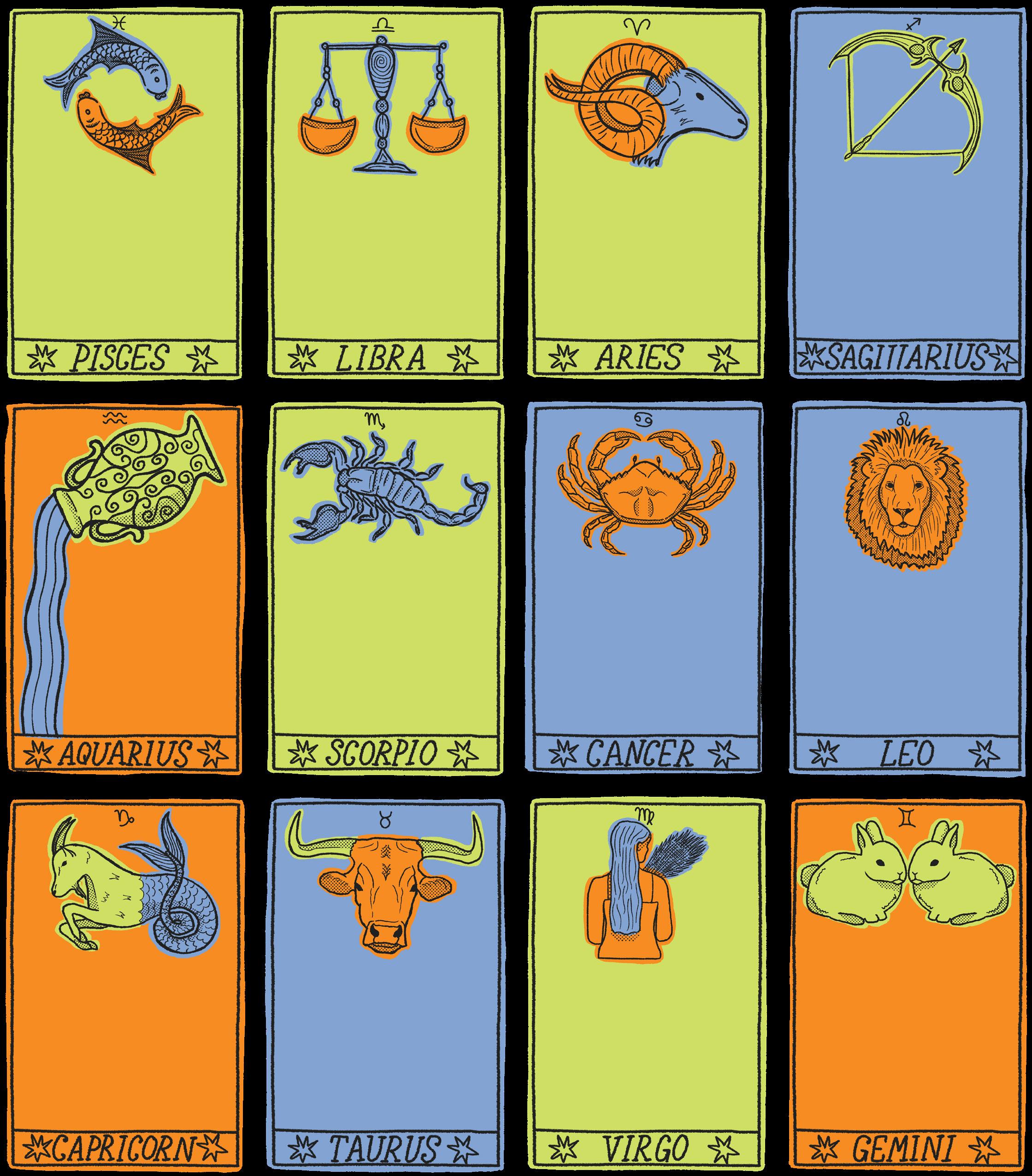
Babe, you have been going hard on that special thing you’re addicted to. It's not hitting and is really making you realise that sometimes all good things must come to an end. You don't need to give up this addiction, just maybe take a tolerance break.
Study Fuel: Homemade frooze balls
Your condoms have holes in them, and you have been having a whole lot of sex. Therefore, to be a tidy Kiwi you are in need of a second method of contraception.
Study Fuel: Mandarins and custard
Life has been getting you down lately, but big things are in store for Aries this week. Visit the Microbiology building for a surprise that will rock your world so hard you won’t be able to walk straight for a week… if you're picking up what I’m putting down.
Study Fuel: Peanut butter crumpet
It’s been a hard few weeks of semester, time to relax, unwind, and drink as many goons of wine as your stomach will allow. A bender is definitely a good way to shake off the stress.
Study Fuel: Fear of failure
This week the sinking feeling in your stomach will hit rock bottom. Every morning will be a wave of hangxiety, even if you stayed in the night before, and the overall tone of the week will be ‘Regret’. But just keep trucking along and one day you will wake up fine.
Study Fuel: Weetbix and cows milk
It's time to become a vegan: a) fruit shops are so much cheaper than supermarkets and as a vegan, you could do your whole shop at Veggie Boys; b) fibre and gut health are important; c) no more “did I cook the chicken enough” anxiety.
Study Fuel: Creamed corn and mac and cheese
Okay, so here’s the situation: every time you find a new crush you act like the biggest fucking virgin, and while it’s not a bad thing to be a virgin, it’s bad to act like one. So stop being such a stage five clinger and let loose.
Study Fuel: Two mouldy hot cross buns
This week calls for reflection and closure. Sometimes all you do is look back and see the good stuff, but really you need to remember the bad too. Not everything is always sunshine and rainbows and every experience should be judged on a scale of good and bad.
Study Fuel: Your vision board
Your need for control is at an all time high this week. Whether it's the order of your pencils or how your flatmate scrubs the dishes clockwise when they really should do it anticlockwise, this week will be a bit of a battle for you. But hey, isn't every week?
Study Fuel: Half a bottle of wine and three Panadols
Virgo, this week you are being visited by lady luck herself. So go buy a Lotto ticket and kiss your stepmum, no consequences will get you (this week at least). Now is also a good time to practise your back flips, with no mats to soften your landing.
Study Fuel: Too many rice balls
Comfort and nostalgia are calling to you this week. So fill up your hot water bottle, make your favourite meal and binge watch your favourite shows. It's your last week of mild calmness before the wind up to exams and final assignments, so use it wisely.
Study Fuel: Three lolly snakes and a jet plane

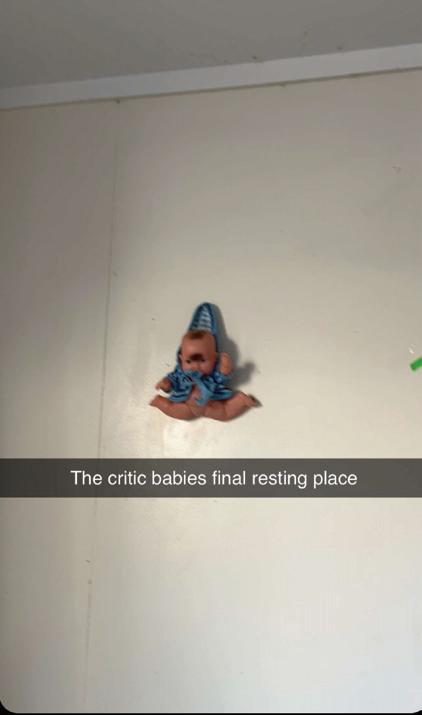

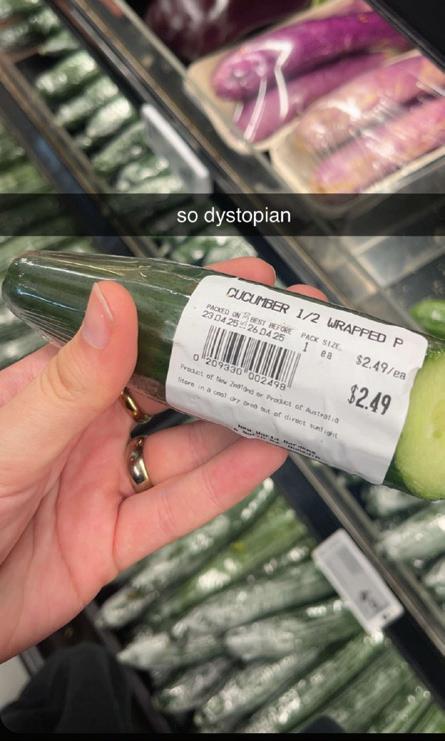
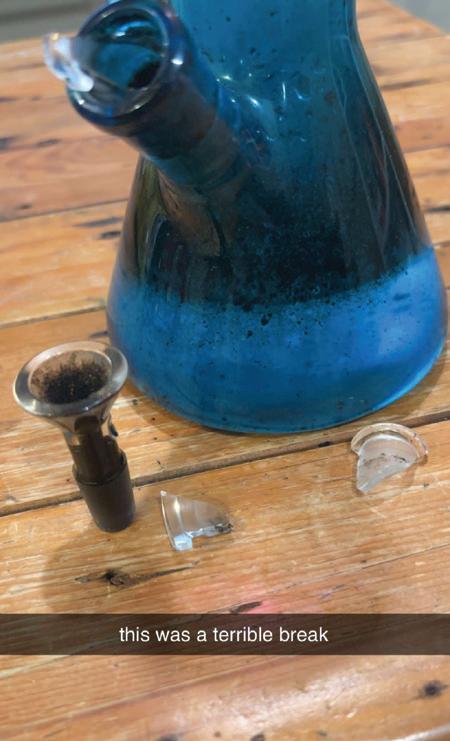


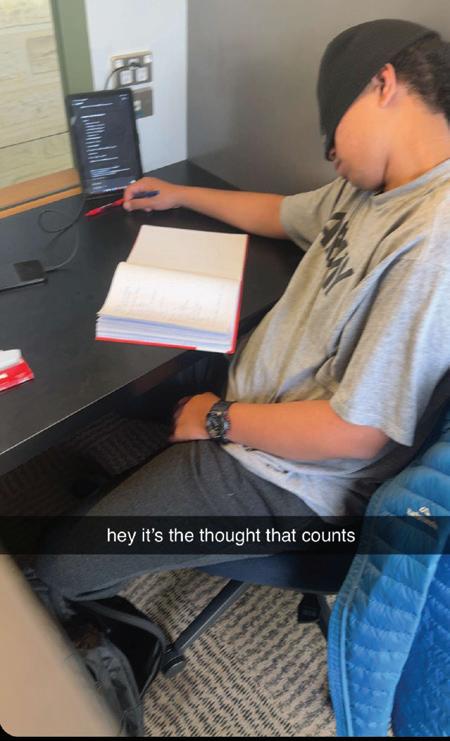
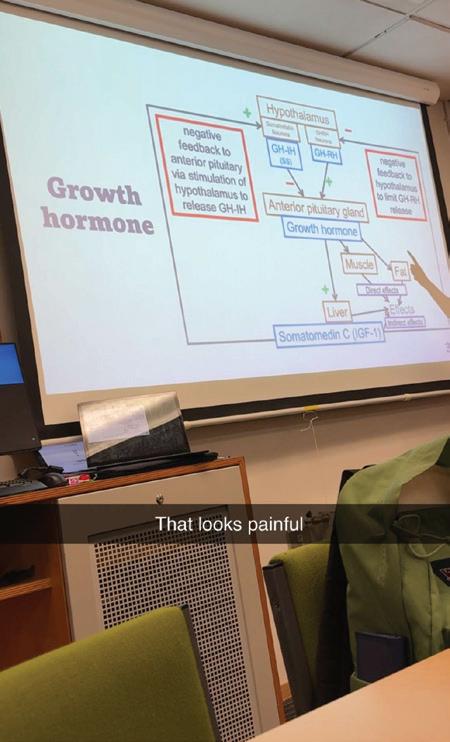
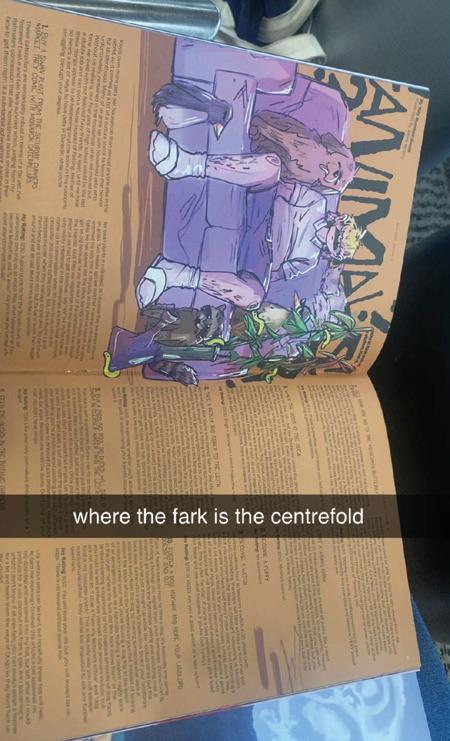
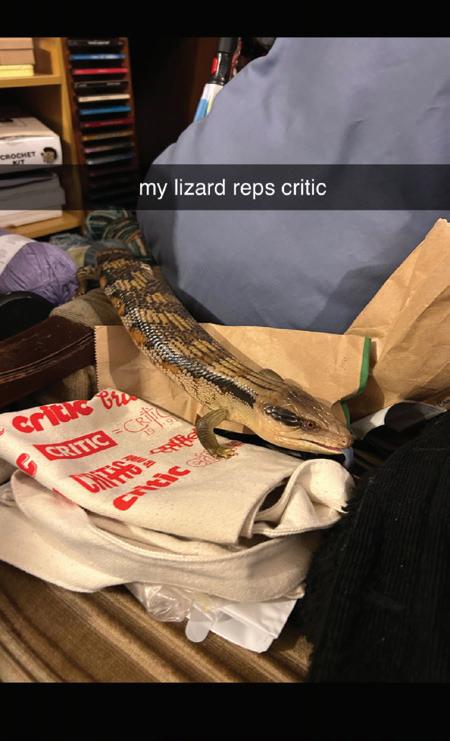
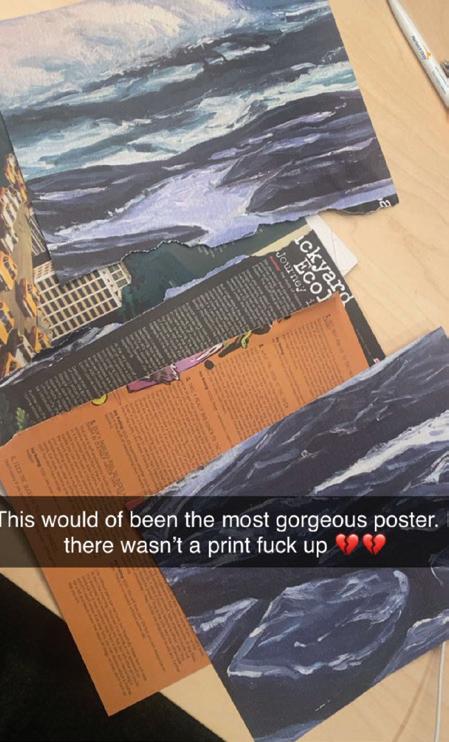
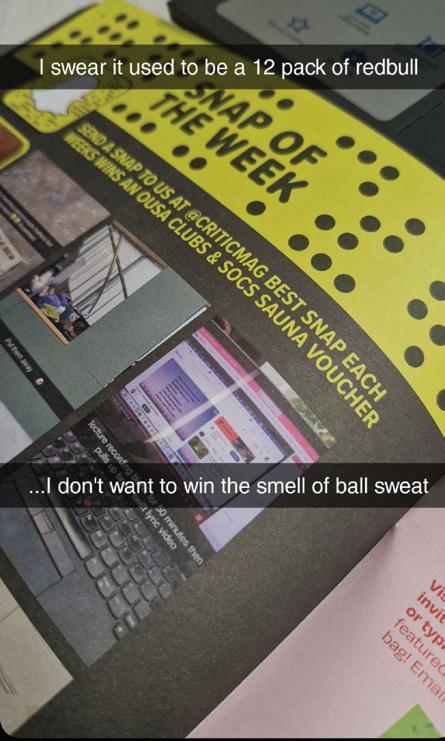
Visitors to their ISSUES! 100 Years of Critic exhibition are invited to contribute when visiting the gallery by handwriting or typing a letter. The winning letter of the week will be featured in the magazine and the author gets a free Critic tote bag! Email critic@critic.co.nz to claim your prize.
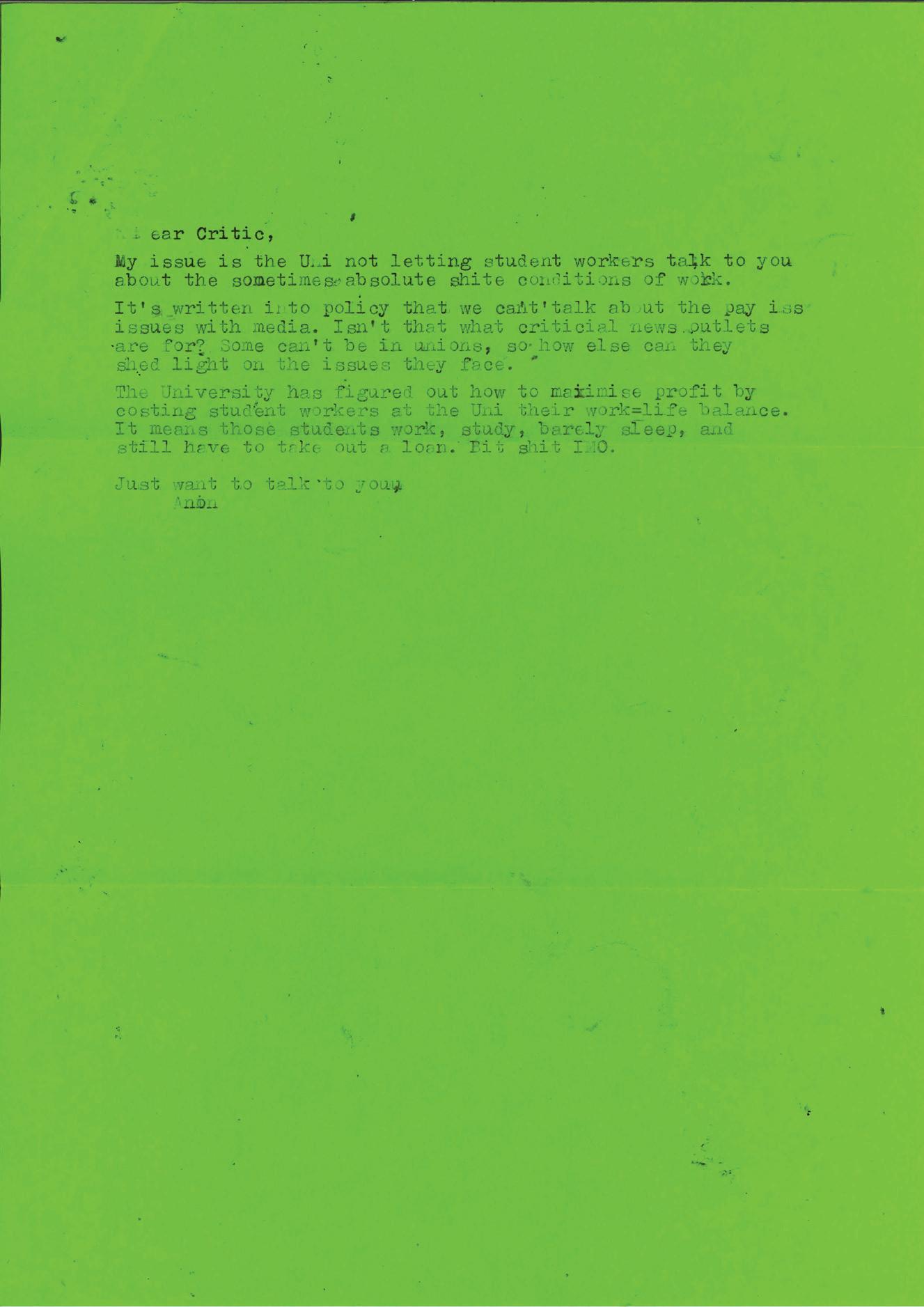

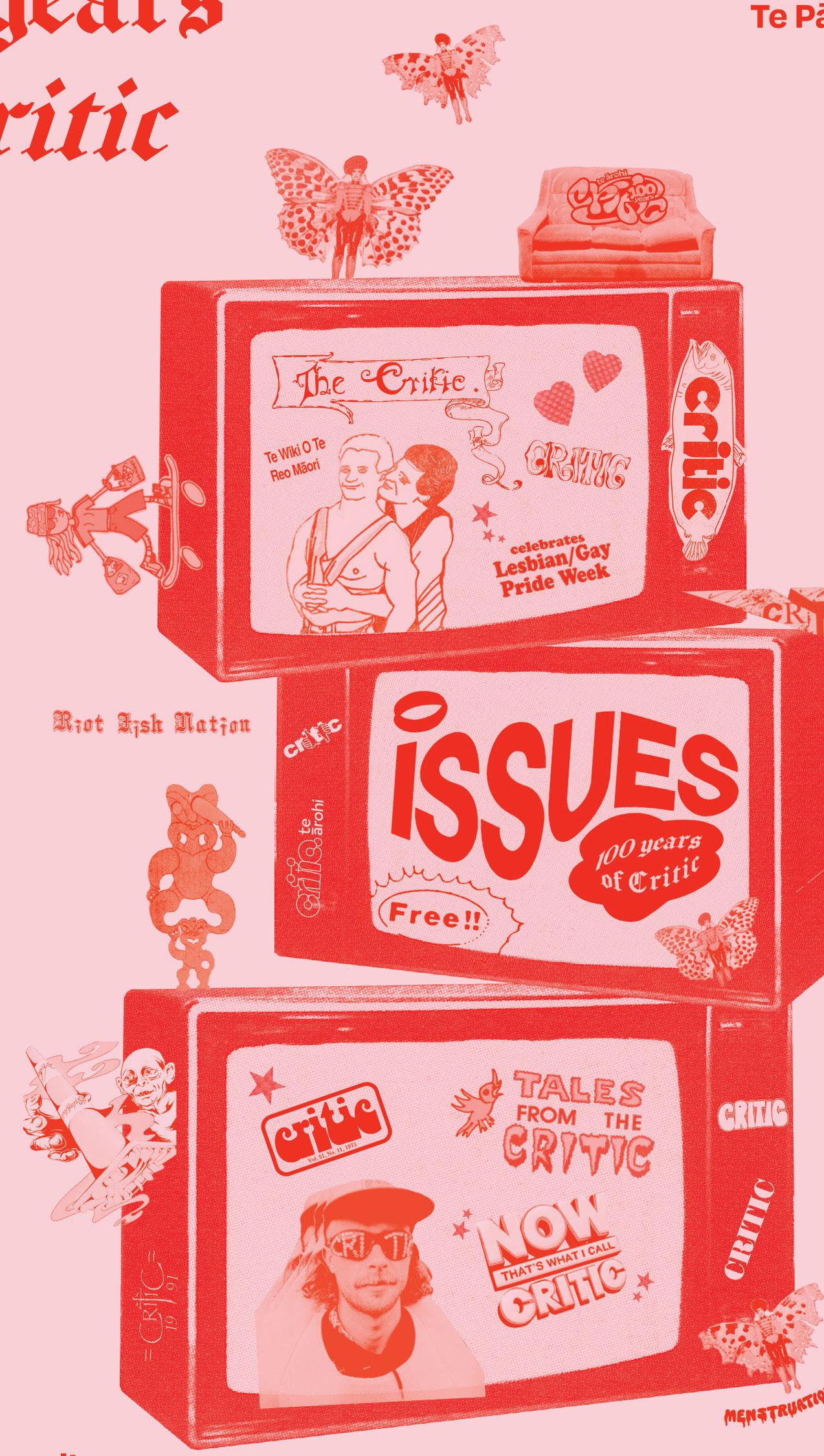
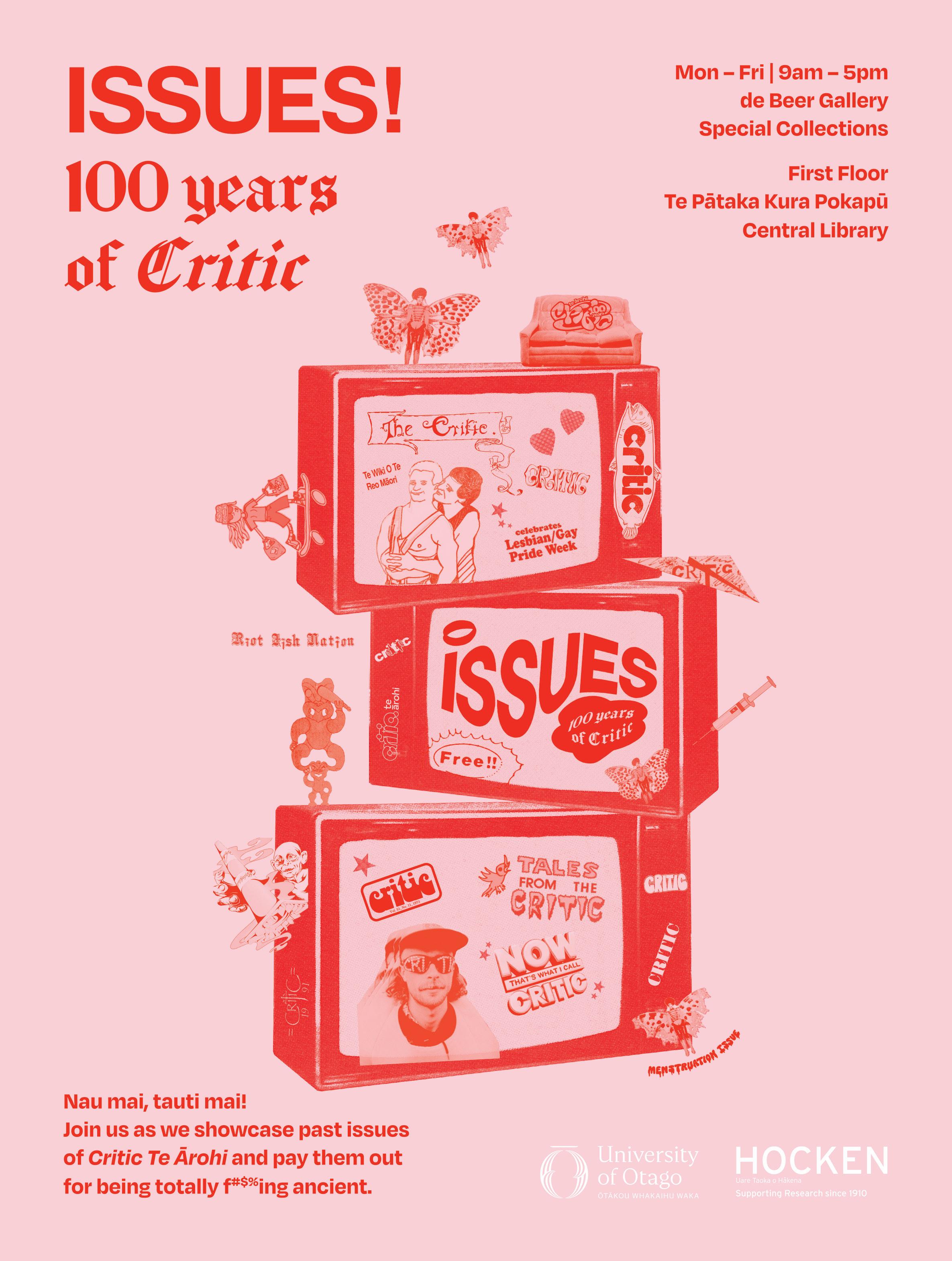
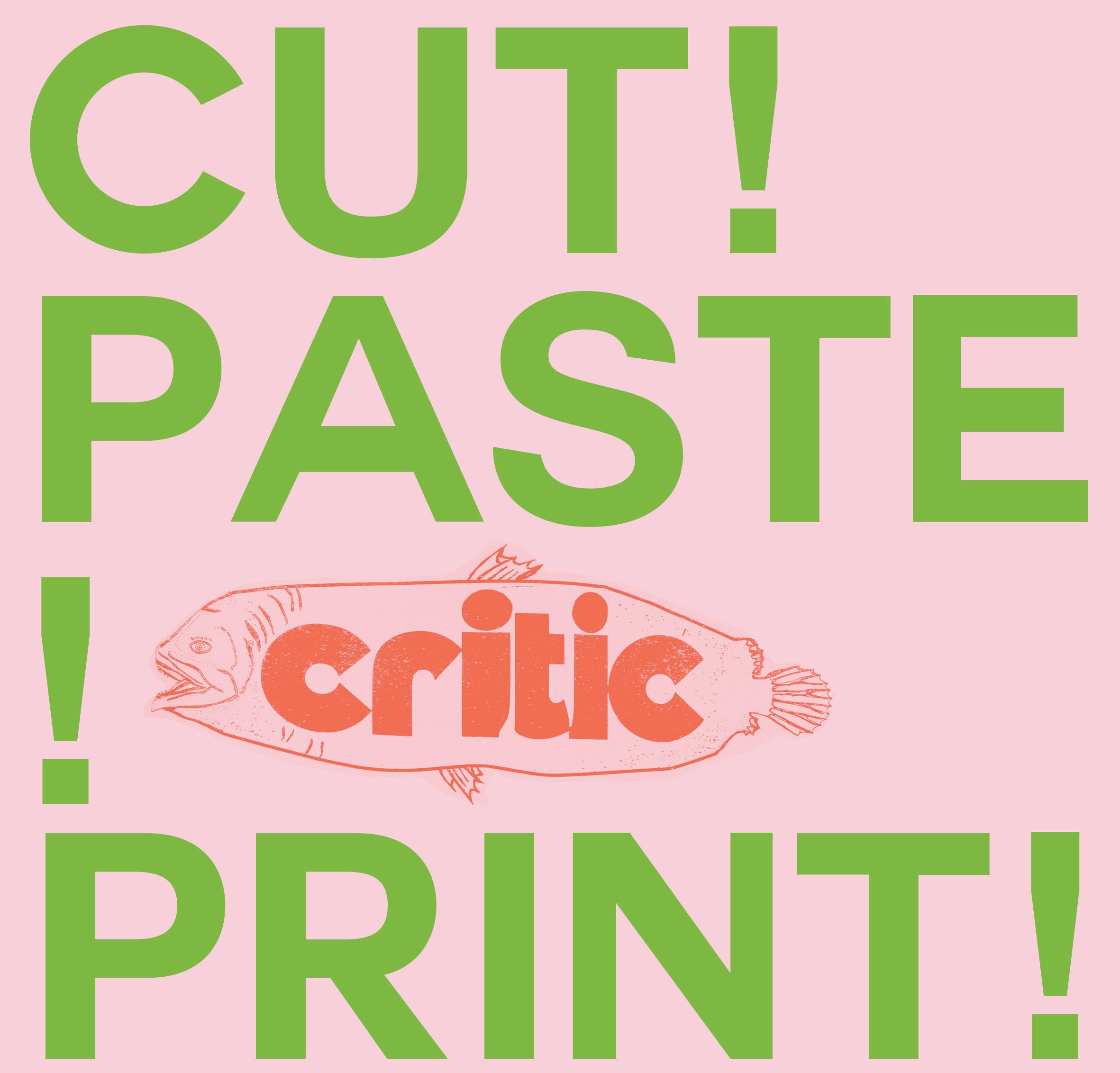

Join us this Friday from 10am in the Te Pātaka Kura Pokapū Central Library for a hand-print & self-publish festival in honour of our f@#$ing ancient friend, Critic Te Ārohi. The Hocken x Special Collections are hosting an all-you-can-eat buffet of cut & paste, handcrafted small press, error-ridden typewriter poems, and super old-school hand-letterpress printing. Follow the signs and road cones up to the gallery and press studio & make a zine or print a poster!
Haere mai tātou katoa. Everyone welcome! Free entry. All materials and old tech provided.